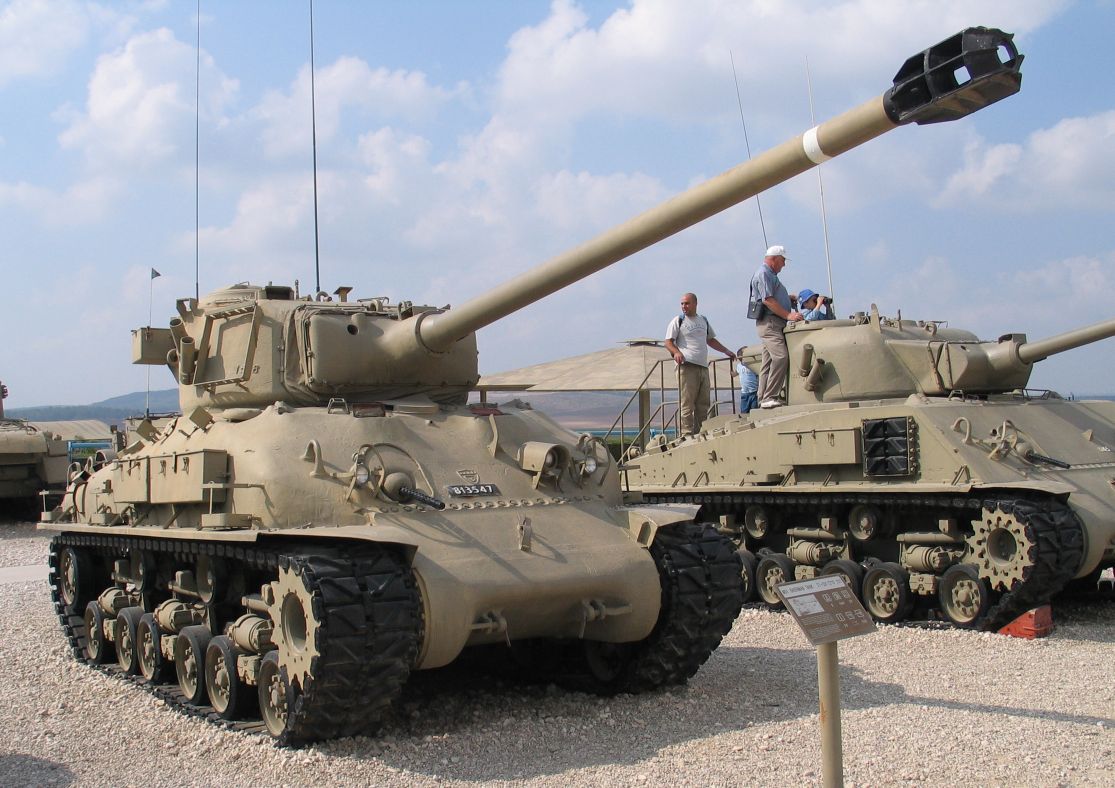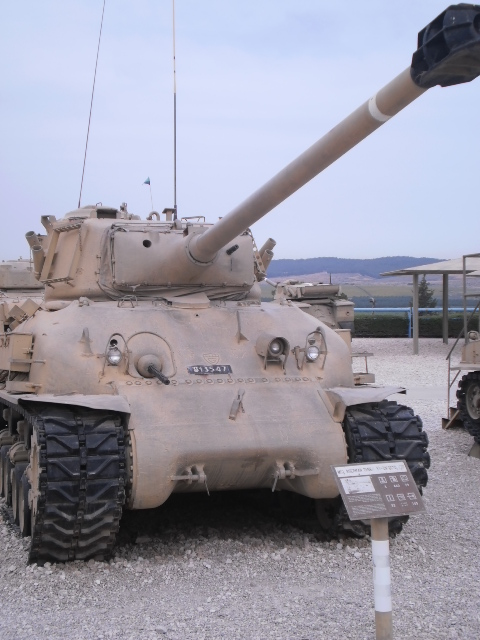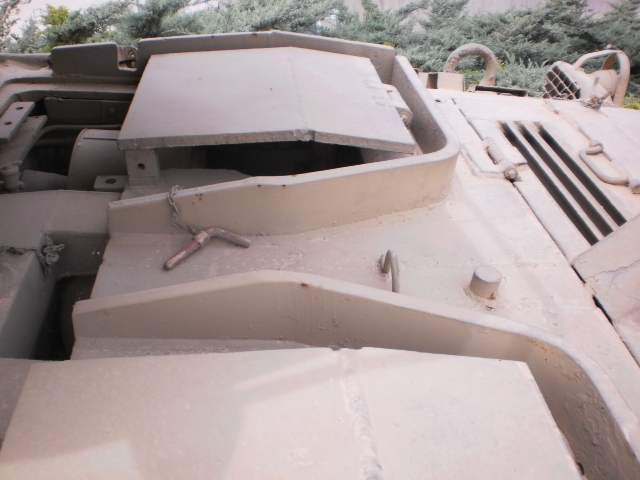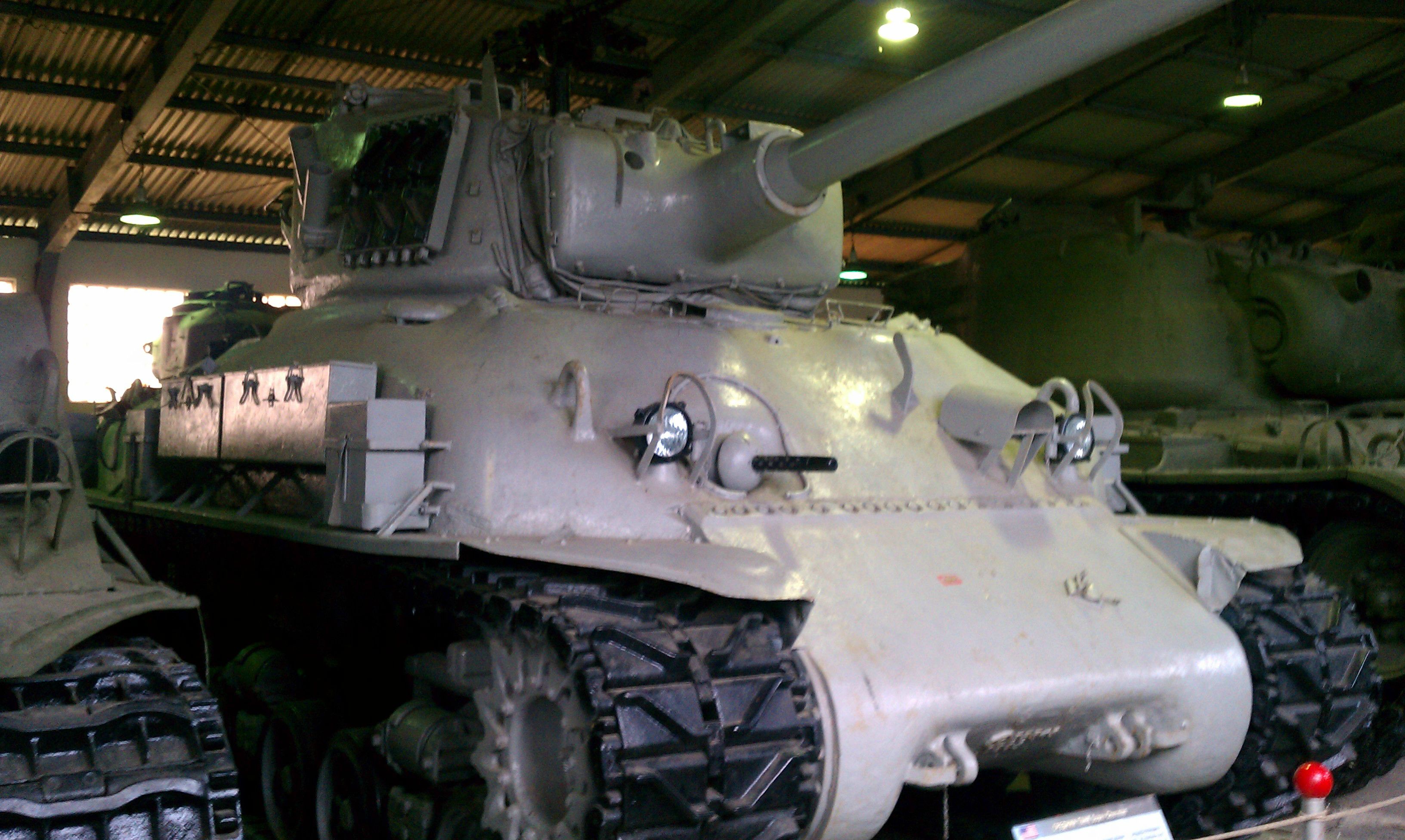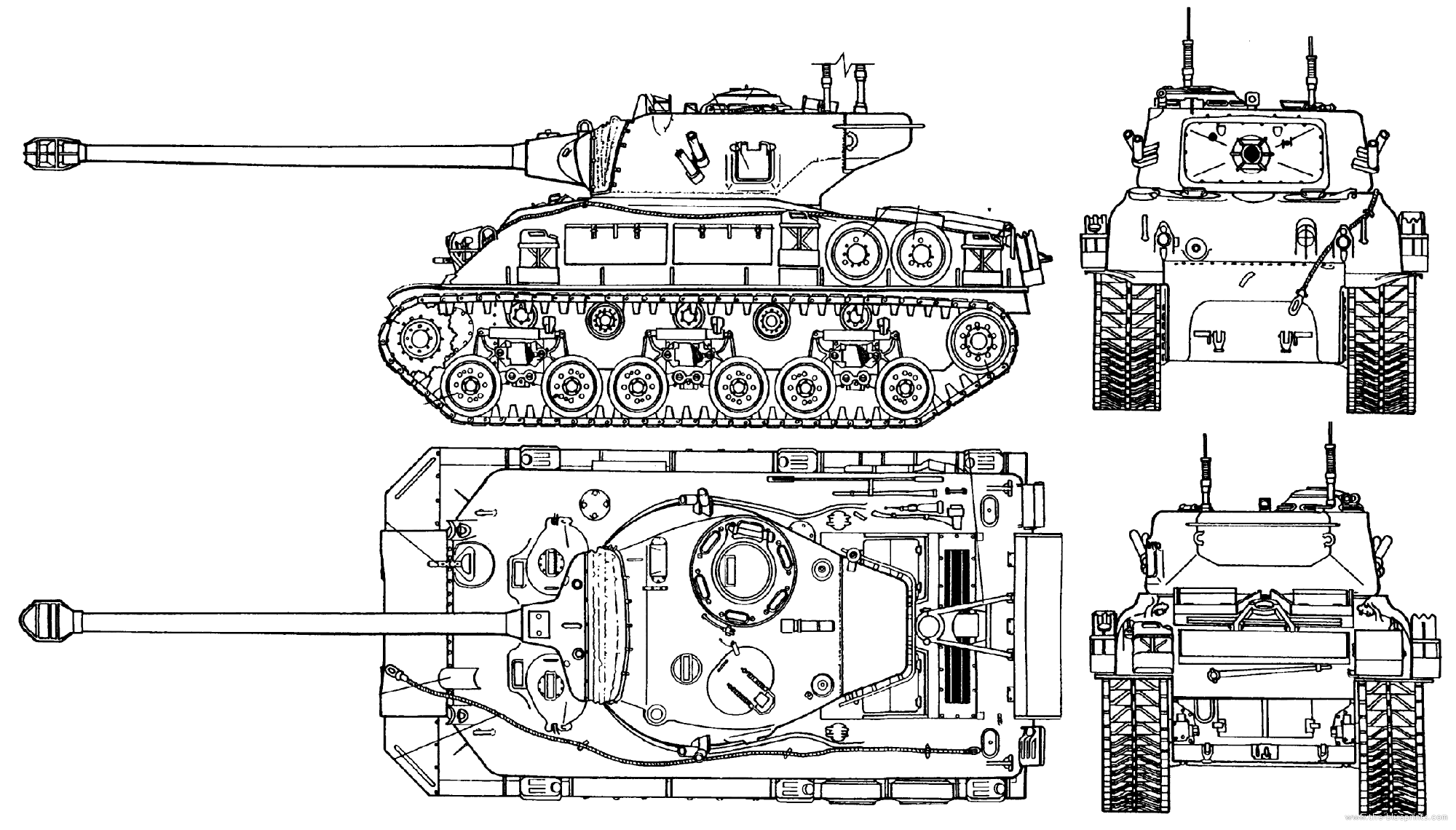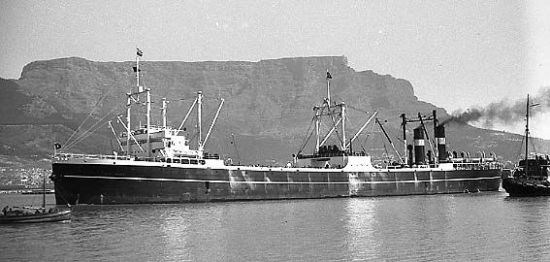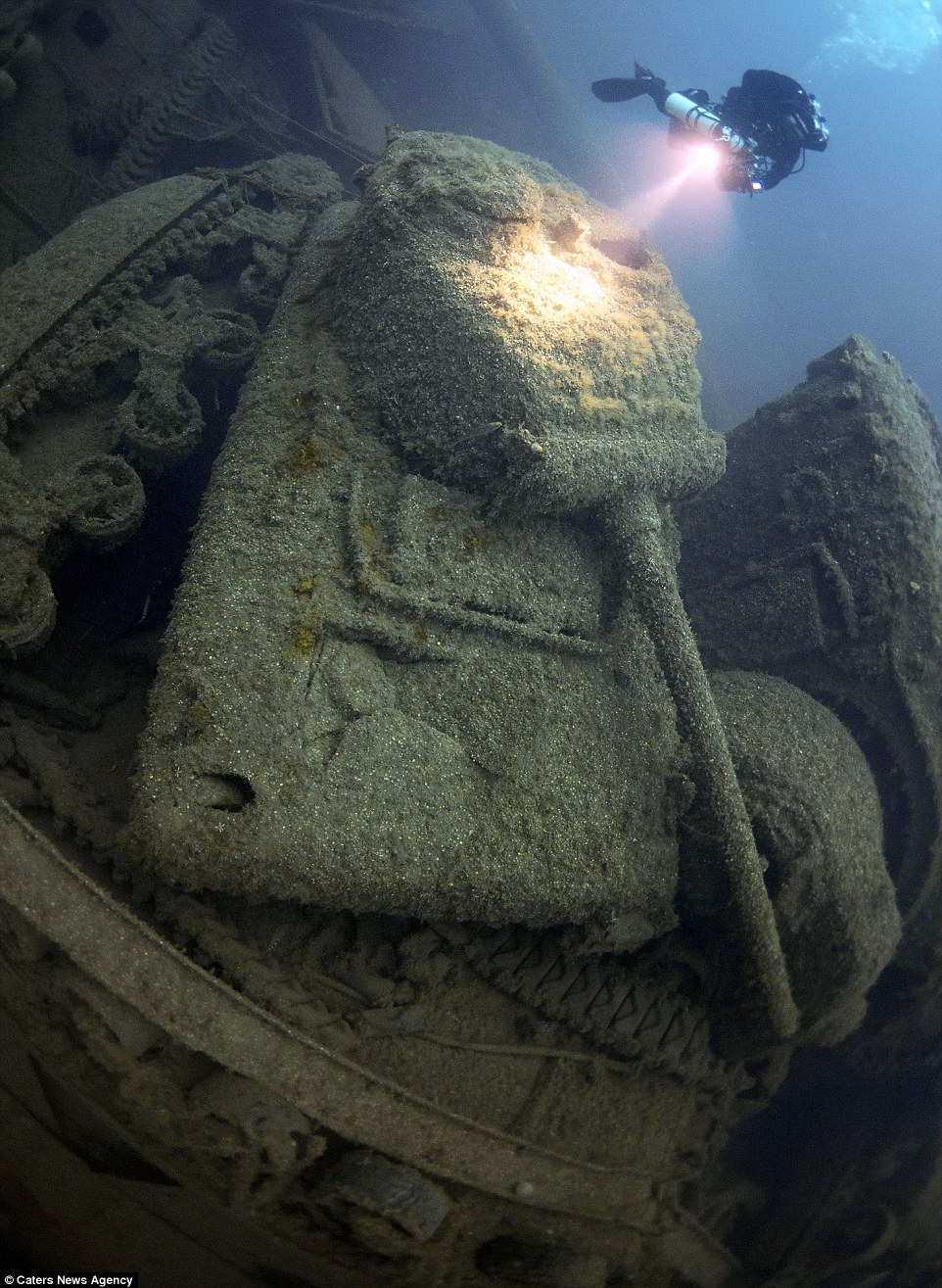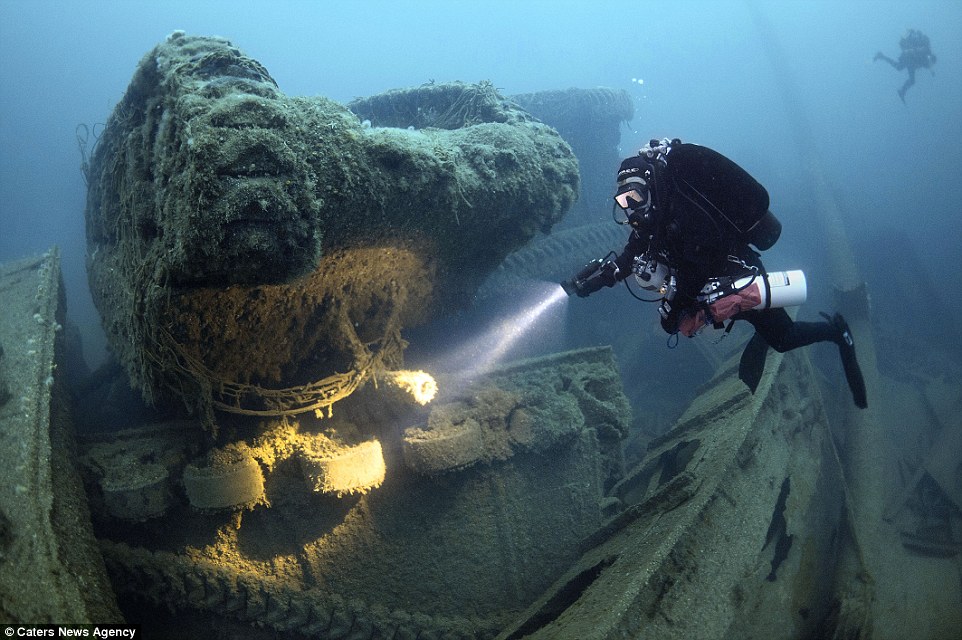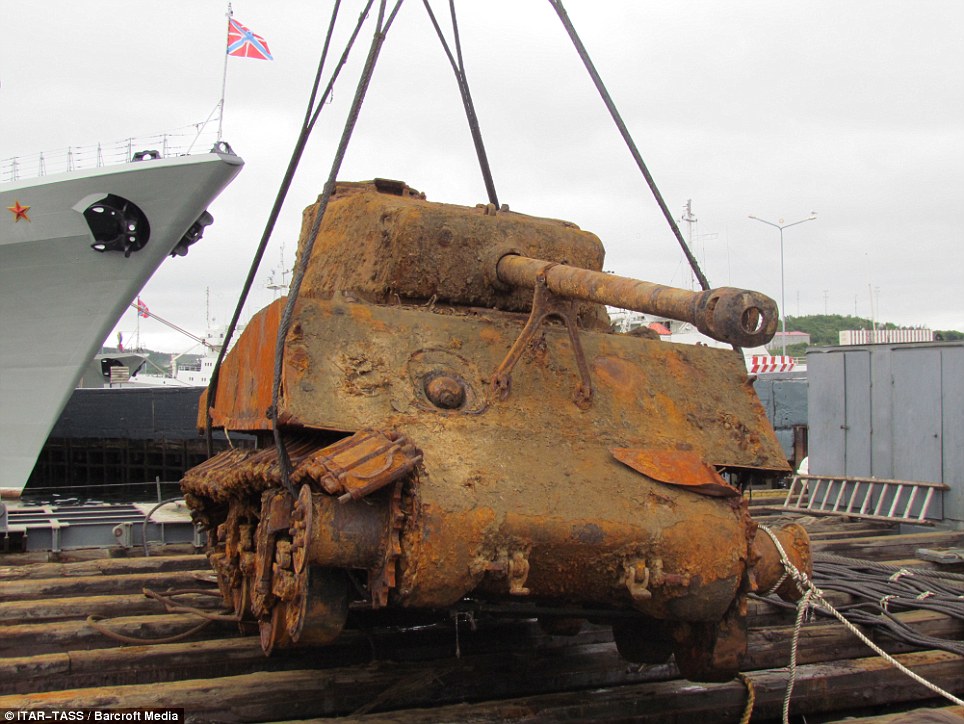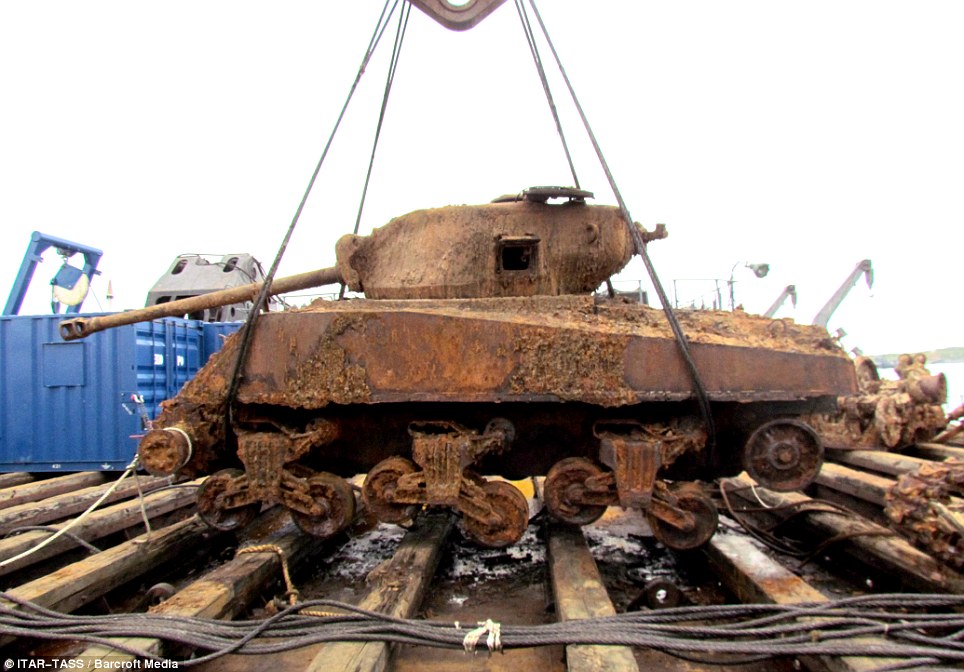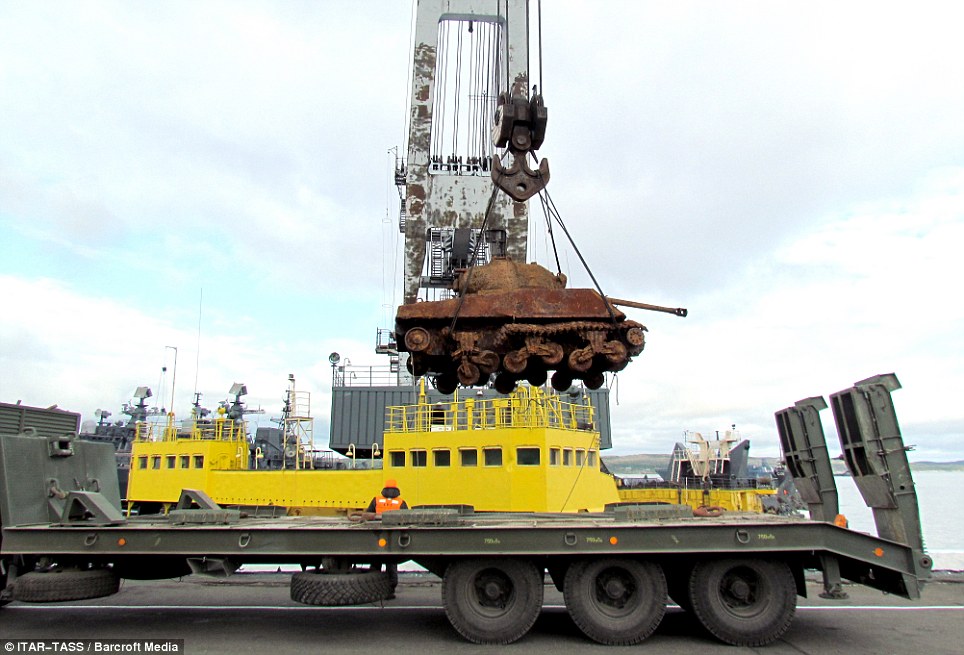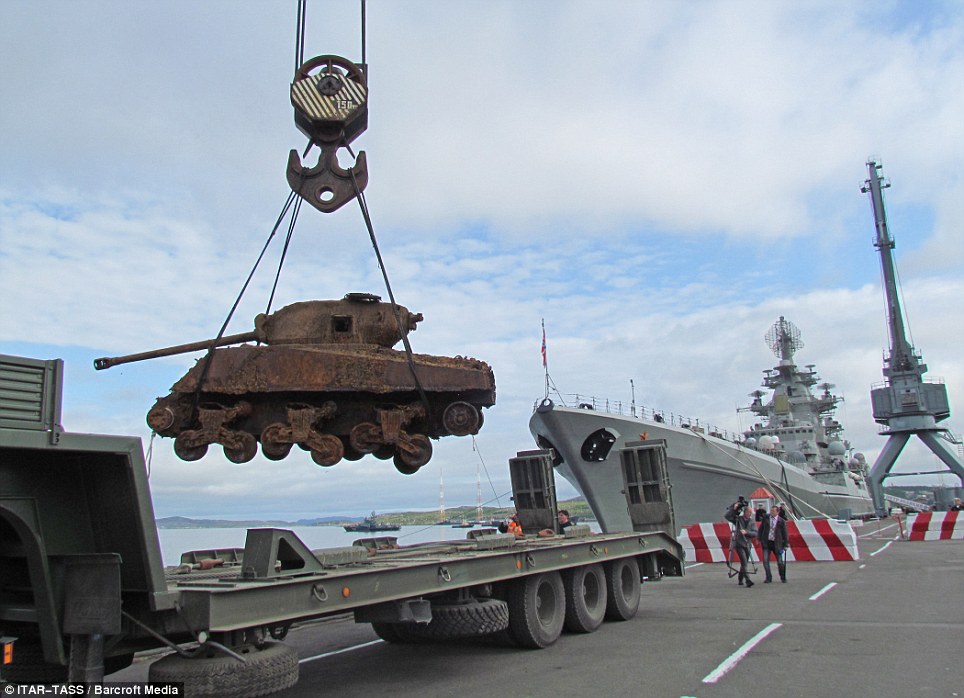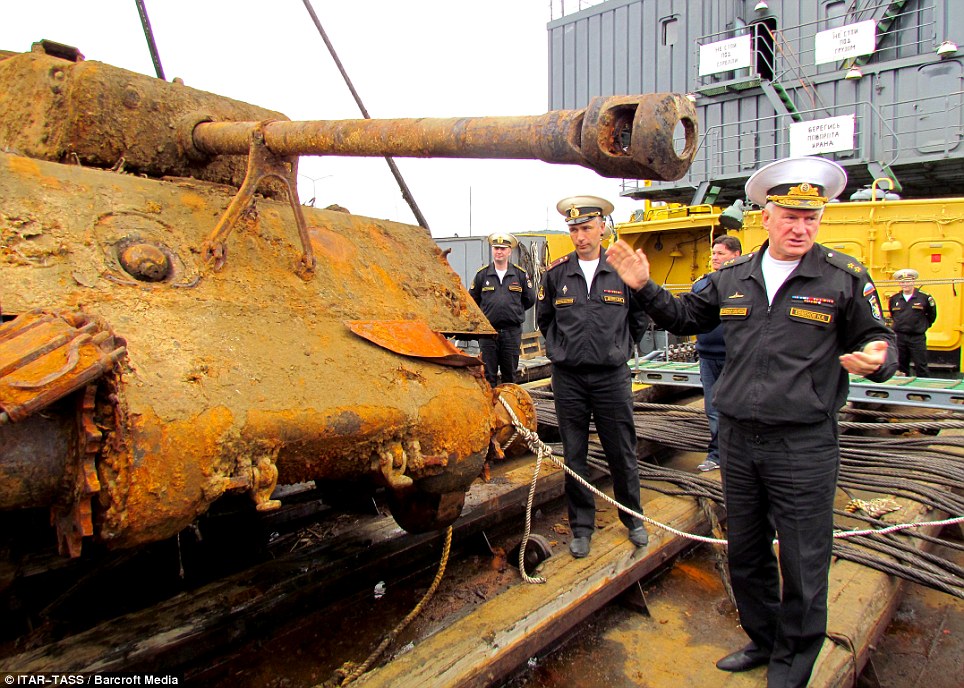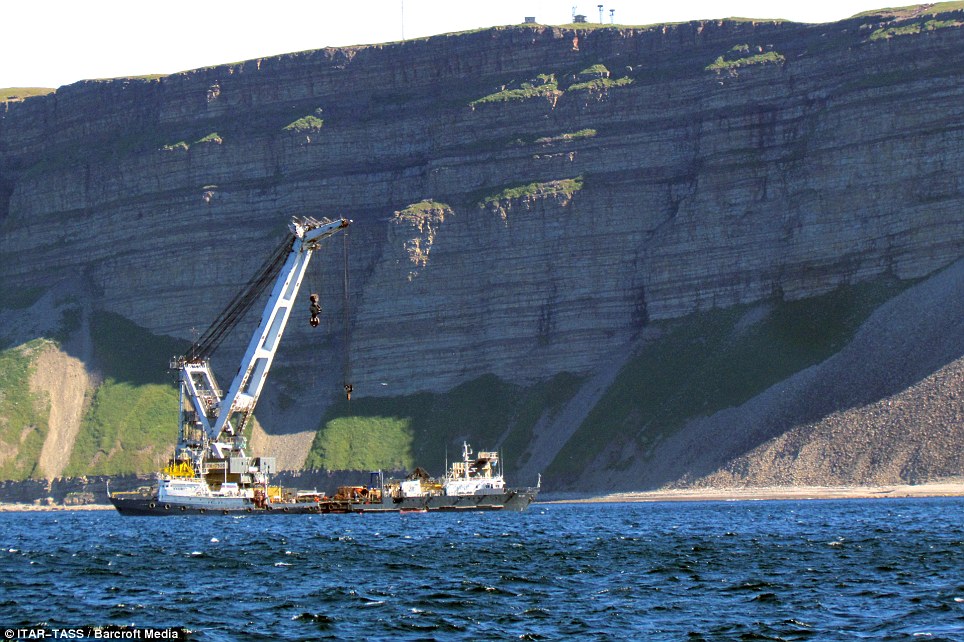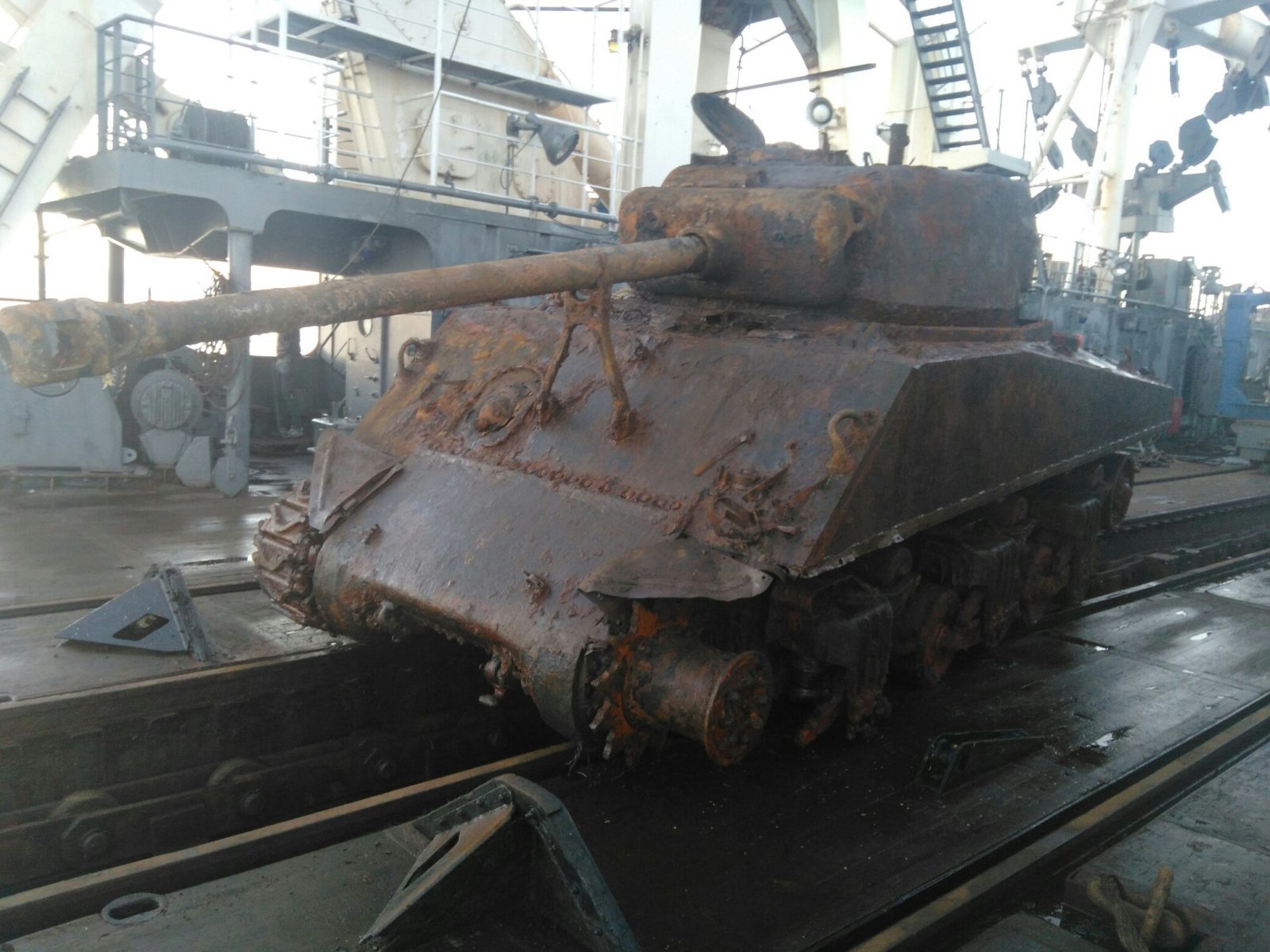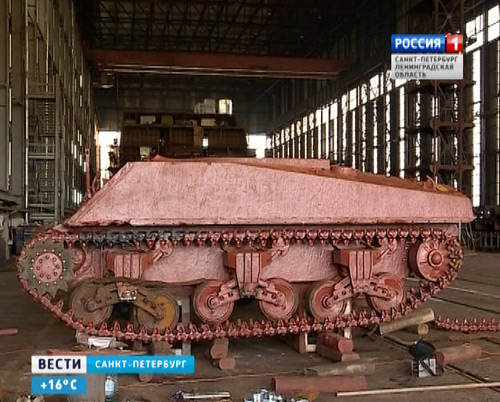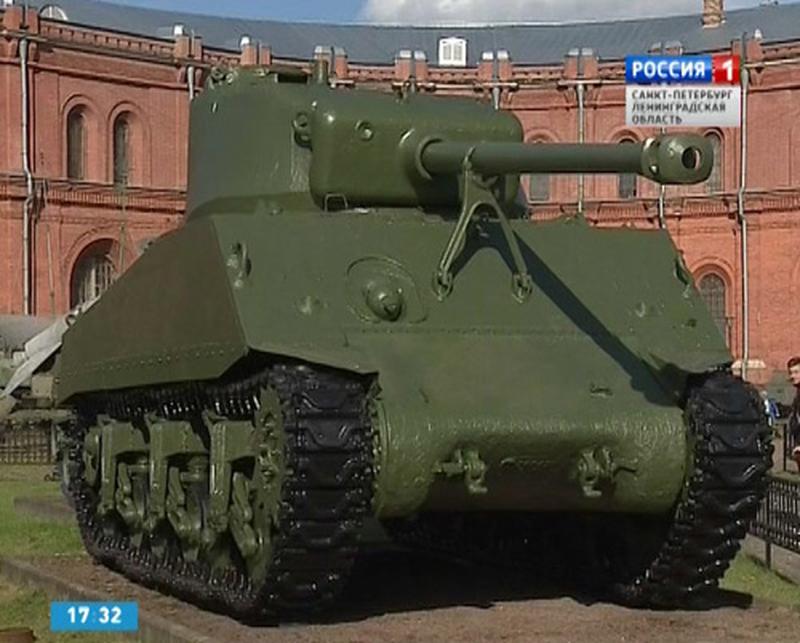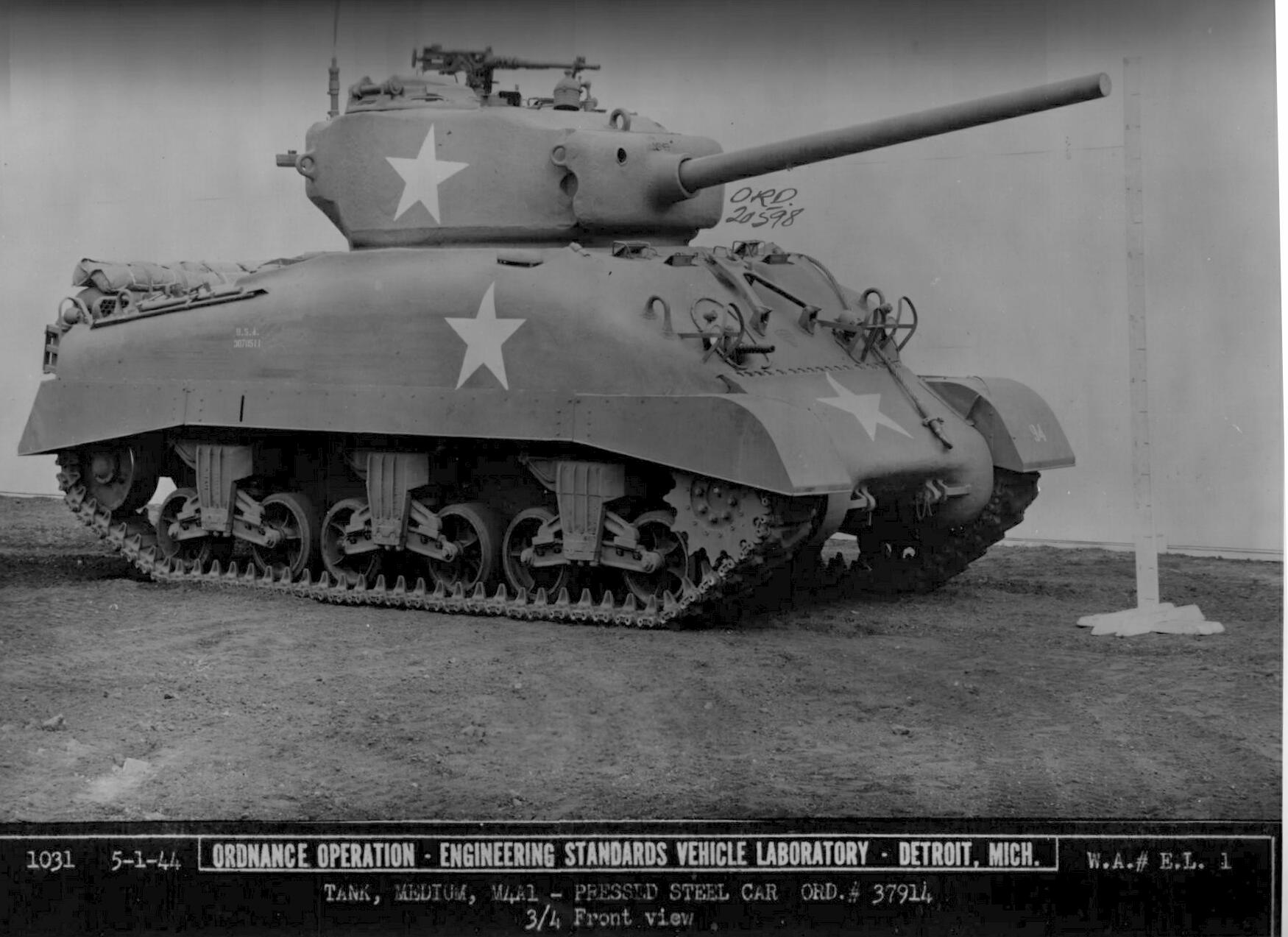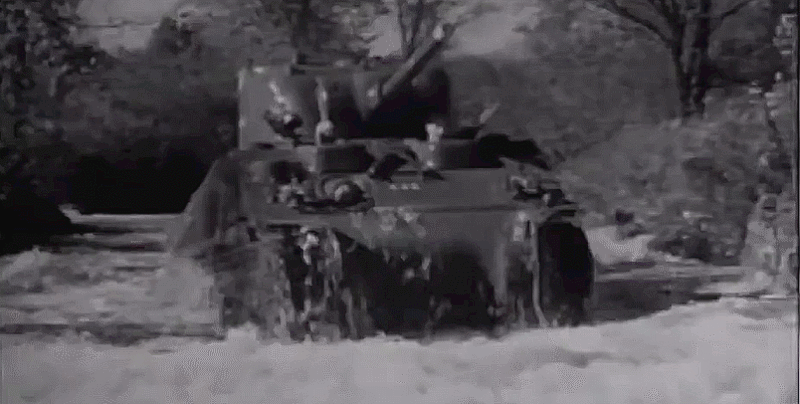Sherman Terms: A glossary of Sherman words and some of the other lingo this site uses.
When I started the site, I assumed most readers would be fairly familiar with tanks, and the terms associated with them. That’s probably not a very good assumption, so I decided to do a site glossary.
A57:
The motor used in the M4A3 and Sherman V tanks. It used five inline 6 car motors tied together on a common crankcase. For more information on this motor, see this post!
Armor Rolled:
Flat plate armor, this type of armor was used on the M4, M4A2, M4A3 and M4A4 and all the Sherman based TDs. For more information on WWII Armor, see this link.
Armor Cast:
Armor made by pouring molten steel into a mold. For more information on WWII Armor, see this link.
ARV:
The abbreviation for Armored Recovery Vehicle, usually a modified tank use to tow other tanks out of the places they went and got stuck. For more info on Sherman based ARVs Click here
Applique Armor:
Armor added over the ammo racks in the hull sponsons, and this spot on the front right of the turret on the M4 series. More info, click here
Auxiliary motor:
A small gas motor mounted in the sponson of Shermans used to charge the tanks batteries when the tank isn’t running and heat the tank. For more info on the Auxiliary motor click here
Bogie:
The complete bogie assembly, including the two wheels, suspension arms, return roller and skid. Each Sherman had three bogie assemblies. For more information about the suspension and tracks see this post
Bogie wheels:
The wheels the tanks tracks run on. There is a wide variety of types of bogies or road wheels. The Sherman has at least 5 different, interchangeable types, and each tank has its own type as well. For more information about the suspension and tracks see this post
Bow Machine gun:
The machine gun mounted in the front right of the Sherman tanks hull and manned by the co-driver. For more info on the this click here
Co-axial Machine gun:
The machine gun mounted next to the main gun in a tank. For more info on the this click here
Composite Hull:
A Sherman that had a cast portion of the hull and welded portion, a very advanced technique used to simplify the number of welds needed to build a Sherman, without the need for the huge complete hull casting that not all Sherman makers could do. For more info on this hull type, click here
Crunchy:
The term tankers use for infantry, usually the enemy’s but can be slang for all things on two feet. See this post for more info.
Cupola:
The name for the hatch the commander used, it usually had some form of extra viewing device built into it, and later ones allowed the Sherman to have nice all around view without cracking the hatch. This was one of the few truly excellent features of the German cats, the later production Tigers, Panthers and King Tigers all had very nice ones. Click here for more info
Direct Vision:
Early Sherman tanks had actual armored flaps that could be opened and closed from inside the tank for the driver and co-driver to look out from during combat, along with the periscope in the hatch above them. It was found that bullet splash could enter even when closed and it was a weak spot in the frontal armor. They started welding the DV ports shut and covering them up with extra armor in the field and factory, and then the hull casting was improved to remove the DV ports, replacing them with an extra periscope for the driver and co-driver. For more info on the this click here
Dozer Sherman:
A Sherman with the Dozer blade kit attached. For more info, see this post
Dry Storage:
Early Shermans had their ammunition stored in racks around the hull, in the sponsons, under the floor and around the base of the turret. These tanks were found to be very prone to fire if the ammunition, much of it exposed around the turret was hit. Once they figured out this was the main reason the Sherman burned, they added armor around all the ammo racks, removed all the exposed round around the base of the turret, and added a small armored ready rack at the loaders feet. These changes made the Sherman safer, but the ammo was still in easy to hit locations in the sponsons. These changes also were not universally popular with the crews, who in many cases wanted as much main gun ammo as they could pack in the tank. For more info on the this click here
Drive Sprocket:
The spiked wheel that applies engine power to the tracks, they can be found on the front or rear of tanks, depending on the layout of the automotive components. Most modern tanks put the motor, transmission and final drive with the sprocket in the back. In WWII, most allied and German tanks had the transmission and final drives in the front, with the motor in the back, this causes tanks like the M4 Sherman, Panzer III and IV, Panther, Tiger, and Tiger II all taller than they needed to be. The Soviets adopted rear power packs before the war. For more information about the suspension and tracks see this post
Duckbill End Connector:
Track blocks are held together with end connectors that hold two track pins together. Duckbill end connectors were a standard end connector with a long duckbill like extension welded to it to help spread the tanks weight out in soft and muddy conditions. They were both factory produced and installed, and locally sourced in France and installed on tanks already in the field. For more information about the suspension and tracks see this post
Duplex Drive:
A add on kit that would allow a Sherman tank to float, and self power from a LCM or LST to shore, if he conditions were right. For more info see this post.
End Connector:
The steel connector that holds the track pins together. These have to be lighted all the time and they wear out. When a tank comes to a halt, and it’s not under fire, if the crew has the time several will jump out and start tightening them. For more information about the suspension and tracks see this post
Exhaust Deflector:
A large armored steel vent assembly mounted on late model Shermans to have deflect the exhaust gases away from the ground, so the tank doesn’t stir up as much dust. Click here for an image of a Sherman, you can clearly make out the exhaust deflector on the back.
Fighting Compartment:
On the Sherman, the turret and co drivers position were all part of the fighting compartment. In a modern tank it’s just the turret. For more info, click here
Final Drive:
The gears used to transfer power from the transmission to the drive sprockets. They were extremely robust on the Sherman, and able to take numerous upgrades that added weight without their failure rate going up. They were good enough to take the power of every power pack put into a Sherman. They must have been a tad overdesigned and were much stronger than the final drives in the Panther tank. The Panthers Final Drives were the tanks main Achilles heel. Not only were the gears weak, the housings were also weak and flexed, causing already weak gears to implode that much faster. The Panthers spur gear final drives, even with the improved housing was so weak, it wouldn’t have been a choice for a 30 ton tank, let along the 45 ton disaster it ended up. The Shermans final drivers were stronger than the Panthers by a pretty big margin. For more info on the transmission and final drives, click here.
GAA:
The V8 motor that powered the M4A3 Sherman tank and several other vehicles based on the Sherman chassis. This motor was designed by cutting down an aircraft V12 Ford tried to sell the air force. When that didn’t work out and the Army told Ford it needed tank motors, they made some huge changes to the design, and the Ford GAA V8 tank motor arrived. This motor was generally viewed as the best motor the Sherman used. It was also a very advanced design, all aluminum dual overhead cam V8 capable of much more than it’s rated 500 horsepower. For more information on this motor, see this post!
Glacis Plate:
The frontal sloped plate of the Sherman tank or other tanks. More info, click here
GM 6046:
The twin supercharged diesel motor that powered the M4A2 version of the Sherman thank, and the M10. This motor got good mileage, had very good torque characteristics and was reliable and tough. The motor was well liked by all users, though the US Army only used it for training. The US Marine Corps used them for most of the war, and they were the preferred version of the Russians. For more information on this motor, see this post!
GM Twin Diesel:
The same motor as the GM 6046 For more information on this motor, see this post!
Grouser:
A grouser is a large metal bar that can be strapped onto the tanks tracks for extra traction in snow, mud or ice. They were stored in special compartments on the rear of the Sherman. They usually ran 12 per track. For more information about the suspension and tracks see this post
Grouser Cover:
This was the scoop like cover that went over the grouser compartment on the rear of the Shermans hull. For more information about the suspension and tracks see this post
High Bustle:
Later 75mm Sherman turrets had the bustle in the back, that the radio was mounted in, raised slightly, to clear the hinge protrusions on the new large hatch hulls. For More info, click here
Hunnicutt:
Richard P. Hunnicutt, pretty much the number one authority in print on US Armor for decades. His books, long out of print, are just not coming back into print, and are must buys. He wrote the definitive book on the Sherman tank, Sherman, a history of the American Medium tank. For more info, click here
HVSS:
An abbreviation for Horizontal Volute Spring Suspension, the improved, later wider suspension and tracks used by the ‘Easy 8’ Shermans. For more information about the suspension and tracks see this post
Idler:
The assembly at the back of the hull on the Sherman, that includes the idler wheel, and used to adjust track tension. For more information about the suspension and tracks see this post
Jumbo:
This was the nickname for the M4A3E2 Sherman tank with much heavier armor that was developed late in the war. Click here for more info.
LCT:
A Landing craft large enough to take one or two tanks ashore, with a ramp in the front. Often operated from a Landing Ship Tank.
LSD:
Landing Ship Dock, is a large ship, that doesn’t land anything directly, but has a large internal well deck that allows the internal loading of landing craft. These ships were a bottleneck in the invasion capacity of the allies.
LST:
The Landing Ship tank is a smallish ship that can carry a large number of tanks or other large vehicles directly to the beach or onto other landing craft. These Ships were not designed to hit beaches during the initial assault, but to deposit large amounts of cargo on already secure beaches. For more info, click here
Large Hatch:
A term used to identify later improved Shermans that had larger hull hatches that made it easier for the driver and co-driver to get in and out. For more info on the this click here
Lifting ring:
A large ring cast or welded into the hull or turret of a tank to lift it or a large part of it. For more info on this subject, click here This link takes you to the Sherman Minutia site.
Low Bustle:
A term used for early Sherman turrets that had the low bustle, most Sherman turrets produced had the low bustle design, and it could even be modified slightly to work fine on large hatch hull tanks, they just to a small notch out of the bottom of the bustle armor. For More info, click here
M1A1/A2:
The main gun of the later 76mm armed Shermans. For more info on this gun click here.
M3 75mm:
The main gun of early 75mm Shermans.For more info on this gun click here.
M3 90mm:
The main gun of the M26 Pershing and M36 TD.For more info on this gun click here.
Periscope:
A device that used mirrors that allowed the crew to look outside the tank from inside, with no exposure. The Sherman had a lot of these for the crew, and as the tank was improved more were added. The Shermans used replaceable heads and could be raised and lowered, rotated in some cases and pivoted up and down. Every crew member had at least one. For more info, click here
Periscope housing/hatch:
The housing the periscope fit into, with a small armored flap to cover the hole when the periscope was removed. For more info, click here
Pistol Port:
The armored port on the side of many 75mm Sherman turrets and all 76 T23 based turrets. It could be used to fire small arms out of, drop grenades, or throw out garbage, or shell casings. It also let in light and fresh air when things were not hairy. At some point it was decided the port in the 75mm turrets was a weak spot, and it was removed from the casting. After much complaining from the field, it was put back in, but almost a years’ worth of Sherman production didn’t have them. For More info, click here
Power Take Off:
This means power take off, a mechanical port on the transmission, transfer case or motor that can be used to power other things off power of the main device. Often used for things like winches, the Germans used PTO from a transfer case to power the turret drive on several of the big cats. The Shermans Ford GAA used a form of PTO to power many of the engines accessories, but its turret drive was hydroelectric or electric drive.
R975:
The Sherman tank motor that started life as a Wright Aircraft motor, and was then licensed to Continental, and improved by them for use as a vehicle motor and it wasn’t bad. This radial motor was reliable, powerful for its weight, ran on standard grade gas, and was the Army choice motor until the GAA arrived and got reliable. For more information on this motor, see this post!
Registration Number:
The number on the tank that the government used to keep track of the steel beast, this number is key to figuring out the tanks manufacturing date, so if you run into a Sherman, jot it down and email it to the Sherman minutia site.
Remanufactured:
Many Shermans were rebuilt after being worn out in training. The remanufacturing process updated the tanks to the latest standards and returned them to new condition, so they could be re-issued to troops. Most existing Shermans have been remanufactured at least once, and many three or four times. This is why the serial number is important to figure out how it was produced.
Rotor:
The base of the main gun, a delicate area, and easy to damage even by small arms fire.
Rotor Shield:
The armor that covers the rotor, on early Shermans it was small and stubby, later it covered the face of the turret, when the telescopic site was added to the tanks. Armor could be added to the early stubby rotor shields, to cover the scope and the barrel of the co-ax mg, and these can be identified by the weld lines, later factory rotor shields are one large casting.
Track Block:
The part of the track that supports the tanks weight, a large number of these, 80 plus depending on the model of tank, held together with pins, and end connectors make up a track run. For more information about the suspension and tracks see this post
Turret drive:
The system used to rotate the Sherman. Most tanks had at least manual gears to do this and many had a powered system. The best of these systems, like the preferred units in the Sherman used a powerful electric motor to power a hydraulic pump, which ran hydraulic motor to spin the turret at varying speeds. The Sherman had three types that could be found installed in various models, two combination hydraulic electric, and one pure electric. If you are bad at tank design, like the Germans, you use PTO or power take off, to power your turret drive.
Small Hatch:
This is used to refer to early Shermans that had the smaller drivers and co-drivers hatches along with hood bulges. The switch from small to large hatches was one of the major changes in Sherman production. For more info on the this click here
Splash Guard:
Welded or cast in sections of armor placed to protect things like the periscopes, turret ring, and gas cop covers. The type of splash guards found on a Sherman can help identify what factory made the tank.
Sponson:
The portion of a tanks hull found above the tracks, a feature done away with on most modern designs, including the follow on to the Sherman, the M26.
Stabilizer:
A system installed on the main gun that held the gun in the same vertical position as the tank moved. Modern systems allow a tank to shoot very accurately on the move. The Sherman’s system did not, but, it did let a crew who knew how to use it, get the get sited in after coming to a stop much faster than a tank that did not. It would also allow the tank to engage area and building size targets while on the move. All American medium tanks from the M3 Lee, (both guns) to the Sherman and M26 had stabilizers. No German tanks had them, German tank technology was just too far behind the curve, and they didn’t even have prototypes versions.
Sturgeon House:
An information based forum that this whole thing started on as a thread. The thread is still there, and I still post all articles there first, for discussion before I post them on the web site.
VVSS:
The early narrow Sherman suspension, it stands for Vertical Volute Spring Suspension. There were four major versions of this suspension. For more information about the suspension see this post
Wehraboo:
A term a group of frustrated history buffs from all walks of life came up with, though the actual word was made up by the Sturgeon of Sturgeon House, to describe a person obsessed with the supposed superiority of WWII German technology. I was pushing for Panzerfile, but wehraboo stuck, and I’m fine with it. The word has its origins in weaboo the slang people came up with for the person into Japanese anime or culture in the same way.
If you have ever posted to a History based forum, or a game forum for a game based in WWII, you’ve dealt with this guy. He’s the guy that thinks the Tiger II was never penetrated in combat, and when shown otherwise denies it. He’s the guy that is convinced the German army played no part in the Holocaust and was made up of honorable white Knights, saving Europe from the evil red hoards and communism. They are the guys that whine about the rape of German women by the soviets, but deny that the German armed forces raped and murdered their way all the way across Russia, waging a horrific war of genocide not just against the Jews, but all Russians! The worst of these guys are borderline holocaust and war crime deniers, and will always try and defend the honor of the German soldier by pointing out every atrocity they can find committed by the allies.
In a small part the wehraboo inspired me to put this site up. The Wehraboos have control of much of Wiki, they have sites like Attention Tiger and other websites dedicated to glorifying Nazis and their equipment, with little worry about the actual truth. Most gaming forums are overrun with them, and they are so vocal, and often been around so long, and in some cases are the moderators, getting the truth out is hard. This site is all about the truth about the Sherman.
This word is spreading; there are threads that use it tracking the stupid things wehraboos say on something awful and Reddit. Websites like Archival awareness and even the World of tanks website help crush the myths these guys cling to. So go forth and use the word, use it to label the nasty people who glorify Nazis equipment. These are not the people who are interested in the equipment, and history, if they are looking for the
Wet Storage:
Late model Shermans had the ammunition storage moved to the floor of the hull and encased in water jackets filled with basically coolant. Not all large hatch hull tanks got wet ammo racks, the large hatch composite hulls and large hatch M4A2 75mm tanks still had dry racks, as did all 105 tanks.
WOT:
World of Tanks, the best tank Arcade game on the market, yes, even now. You can find a review here
WT:
The poorly done, but pretty copy of WOT that includes airplanes.
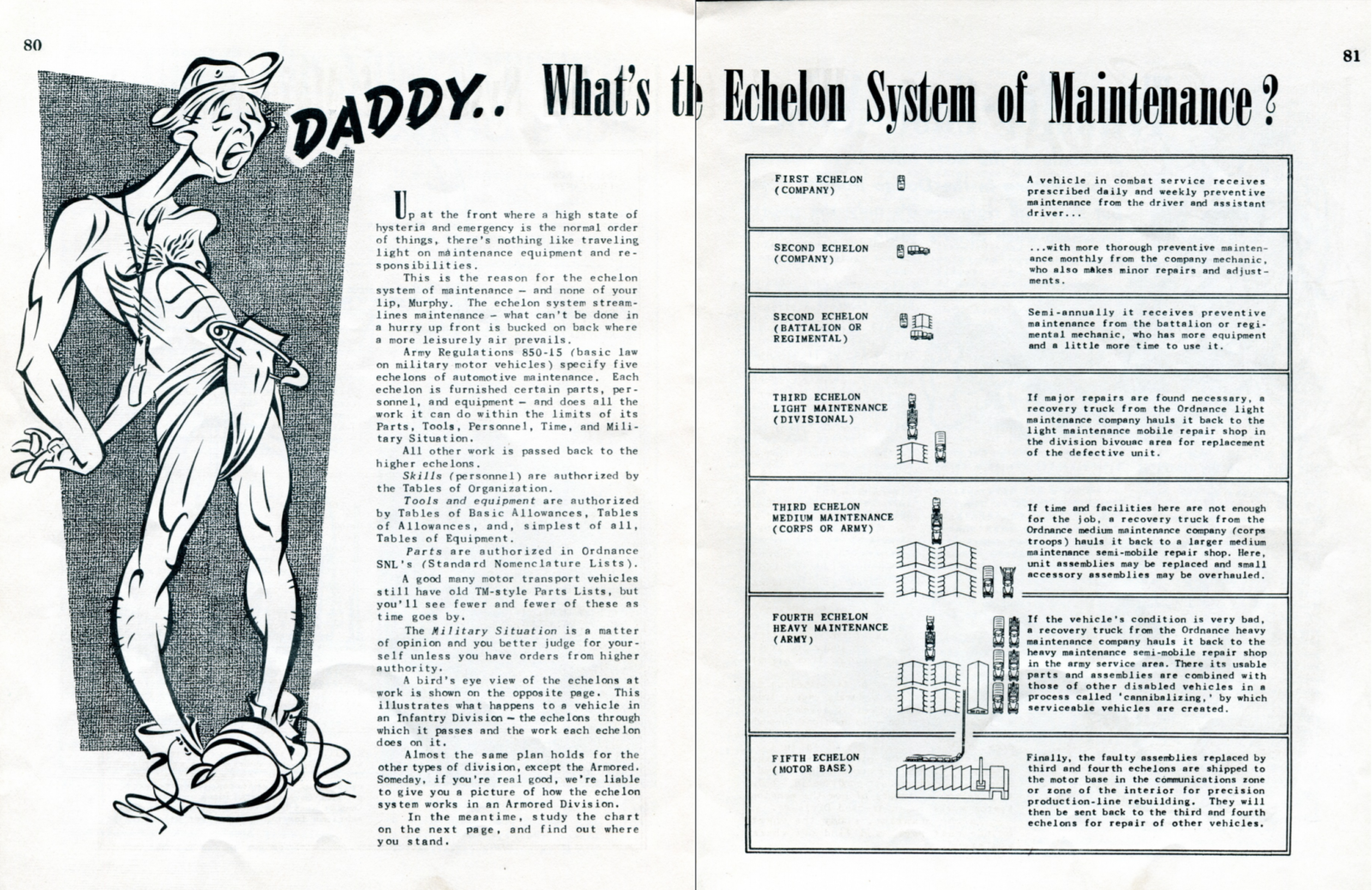
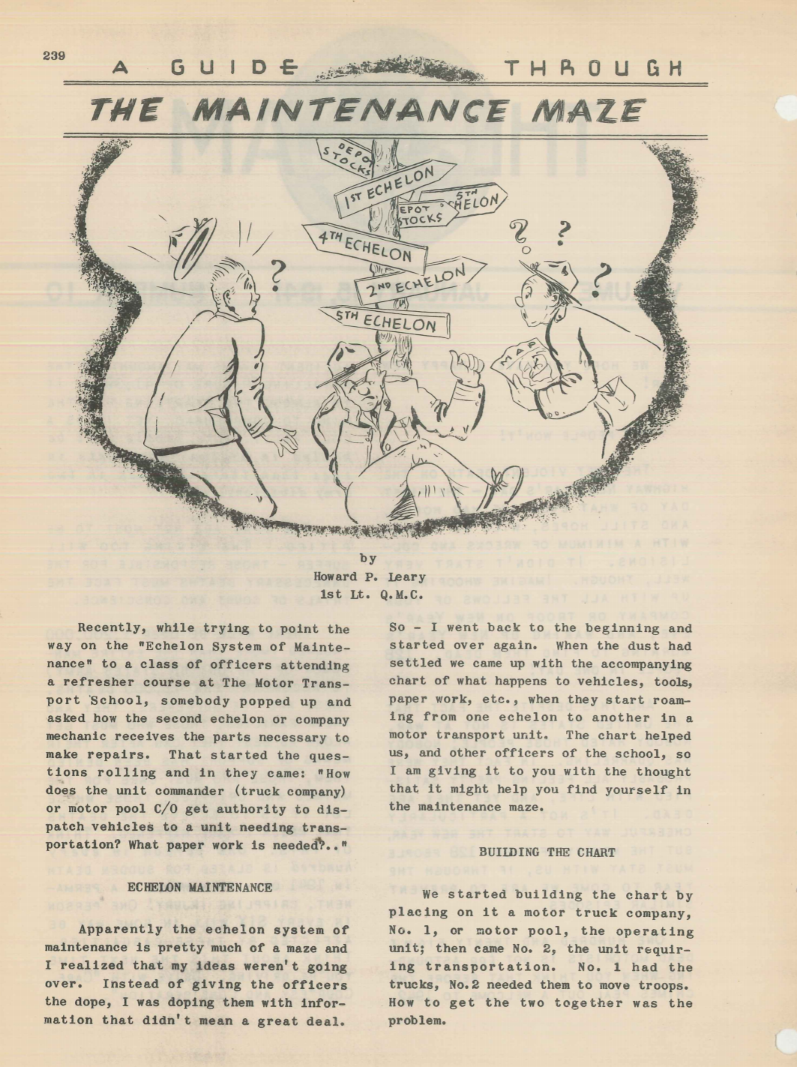
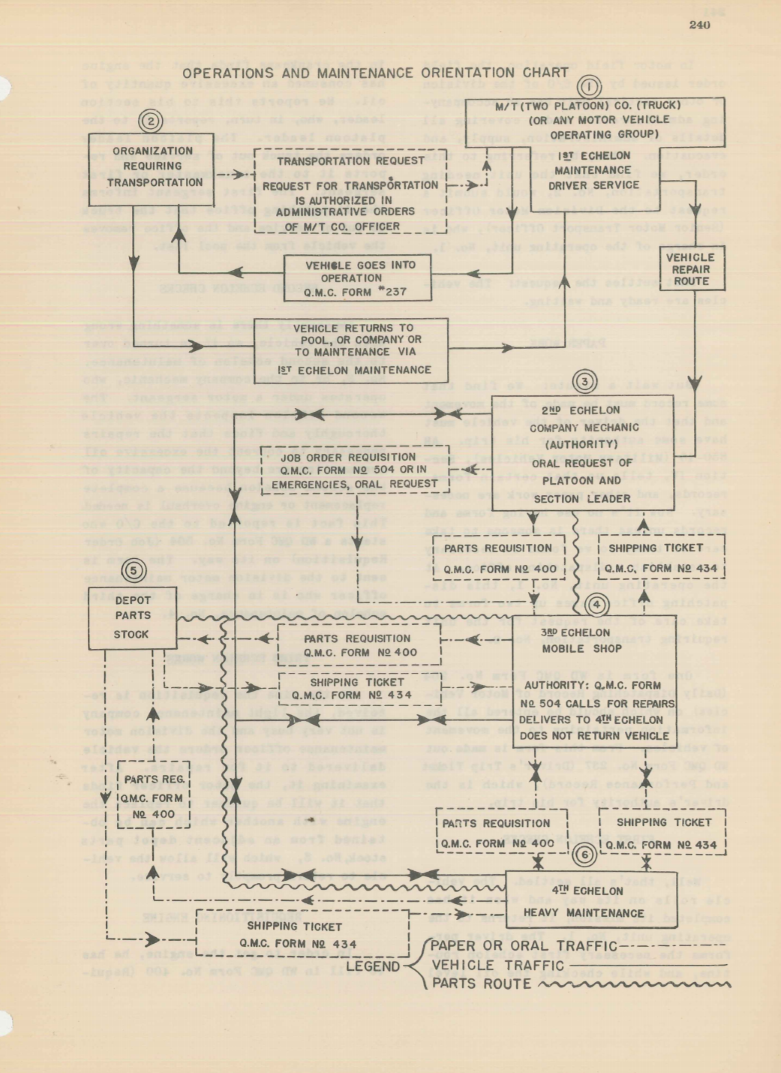
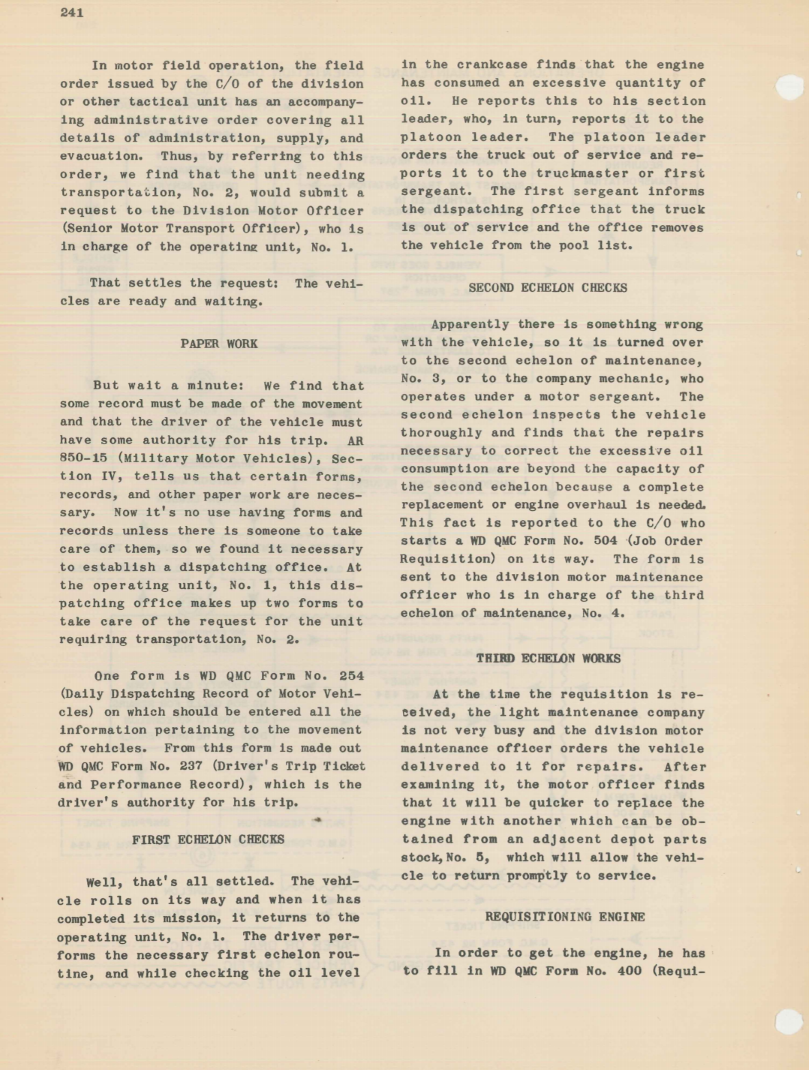
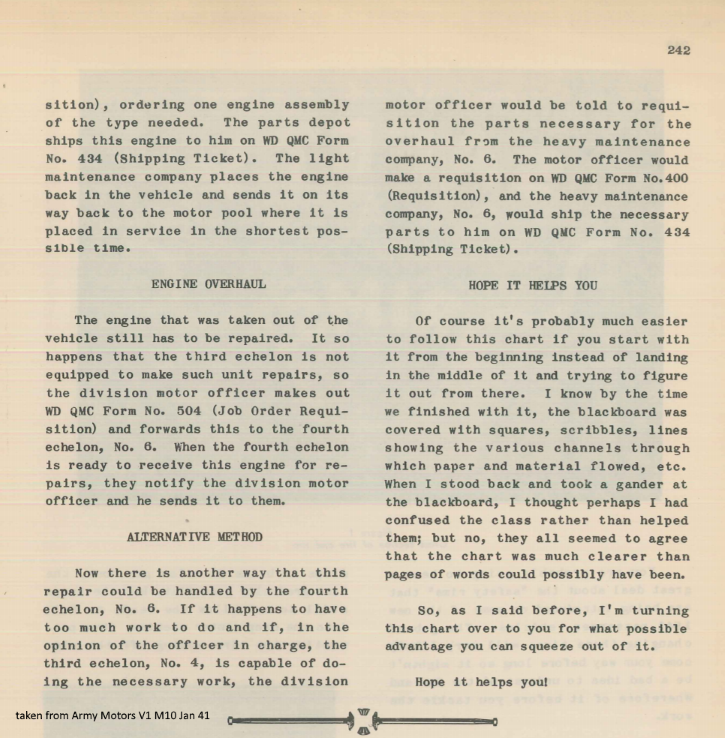
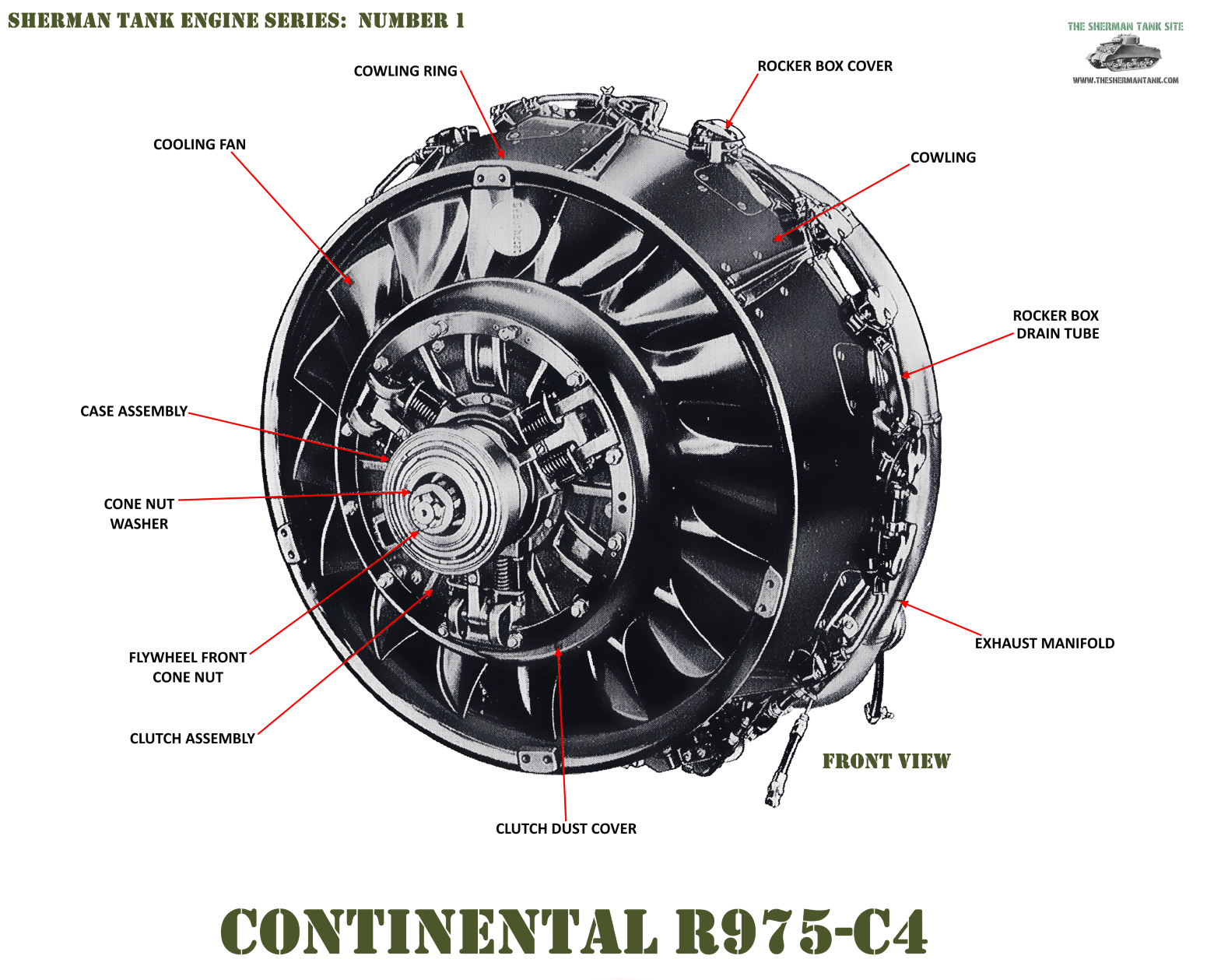
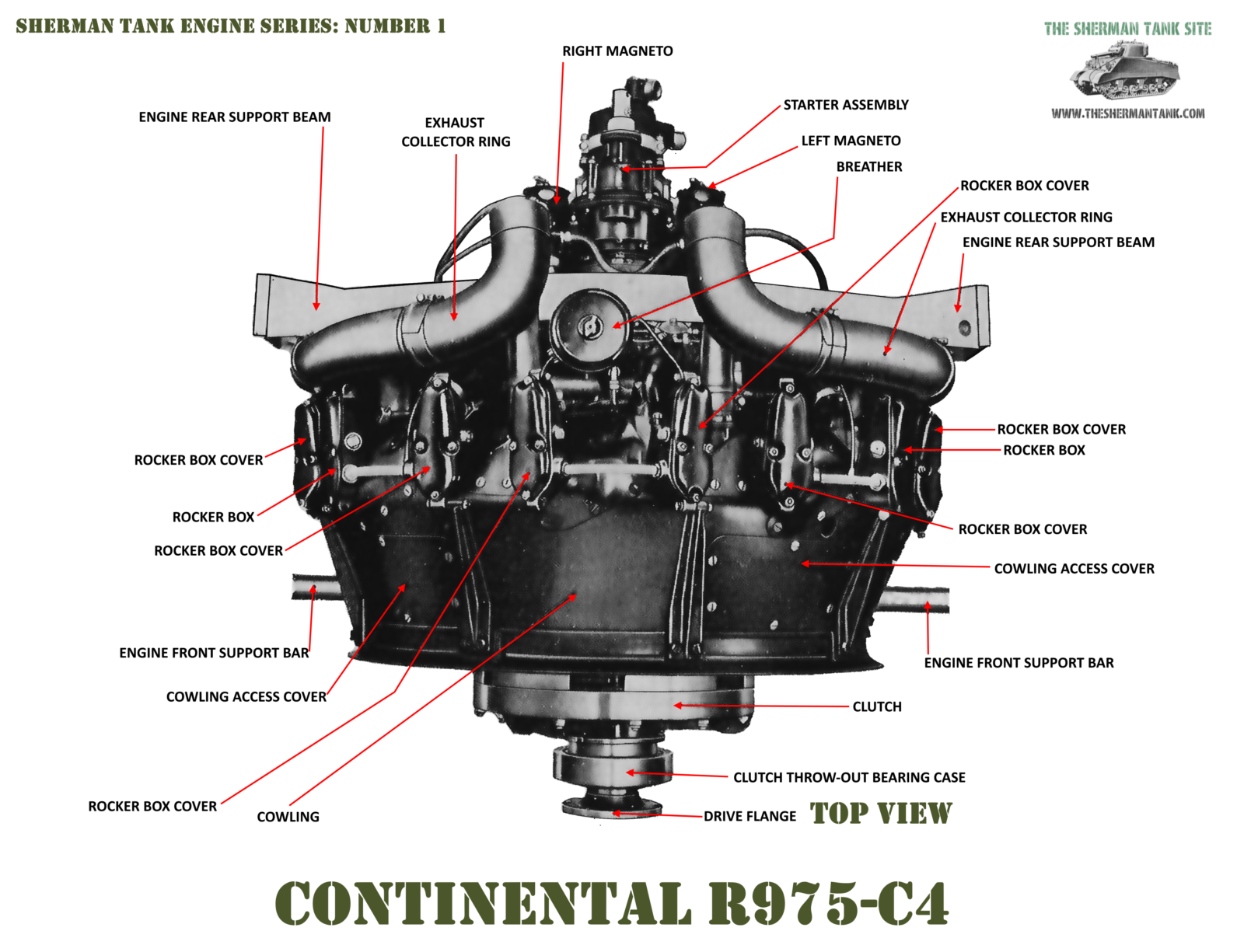
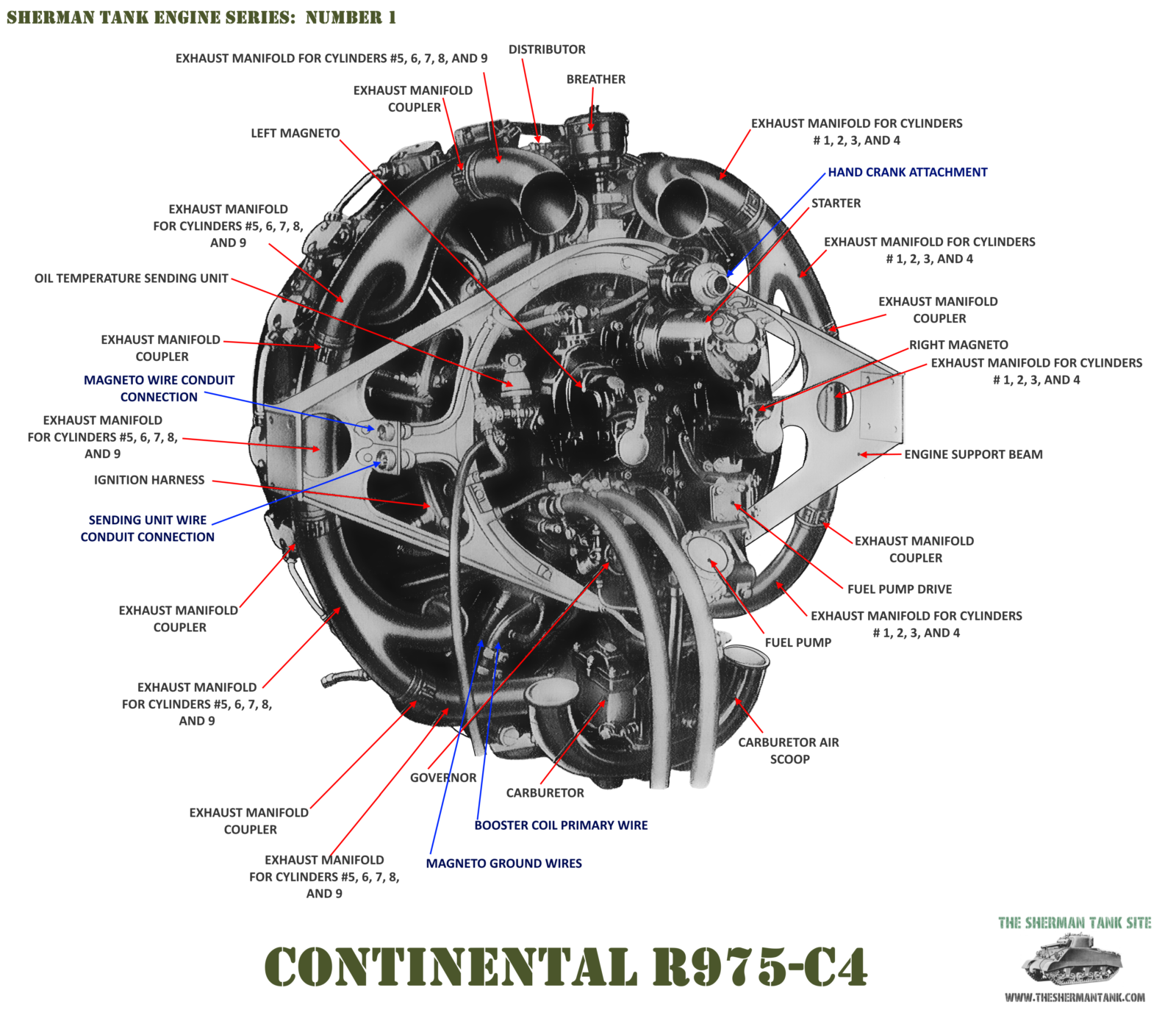
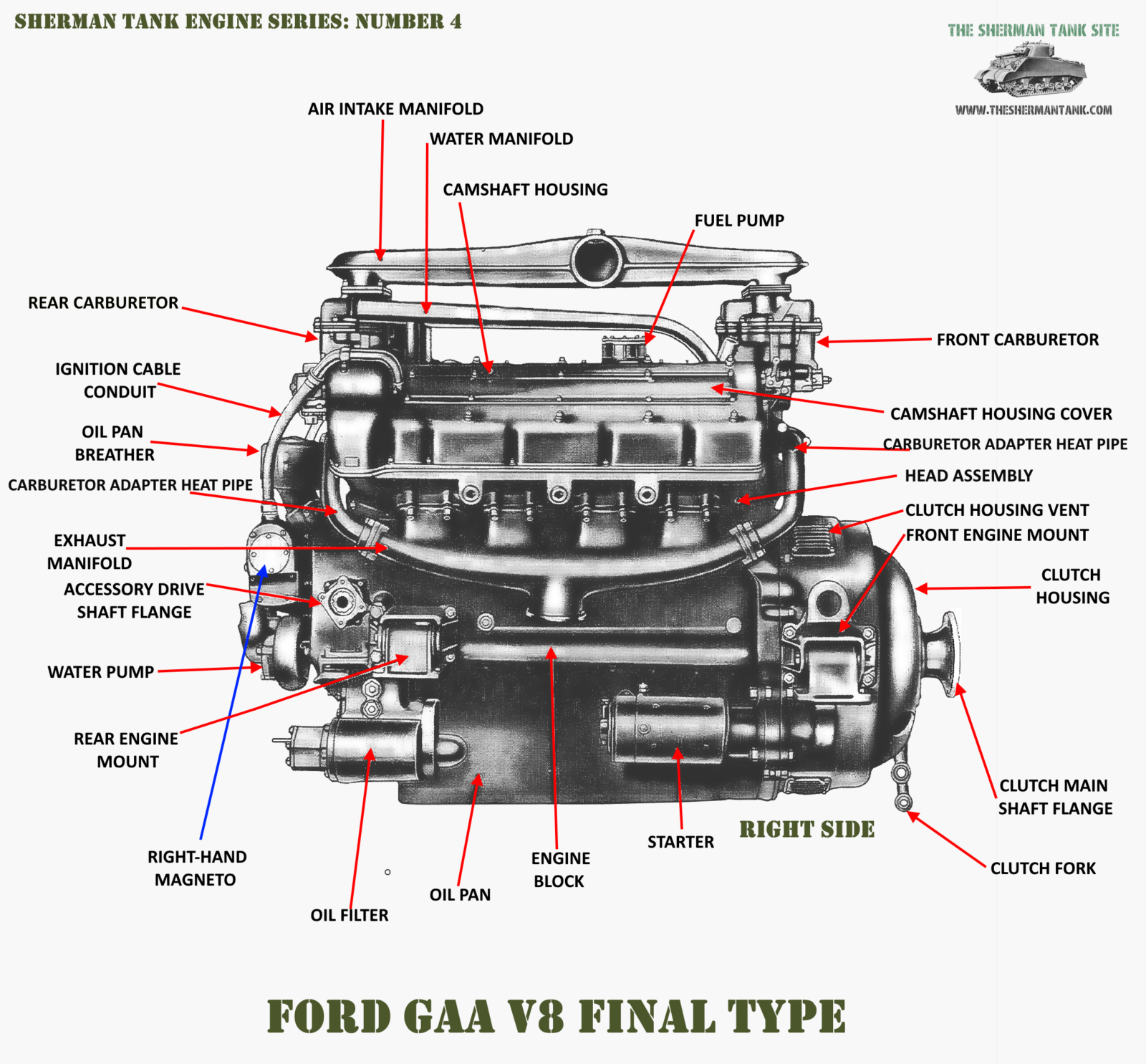
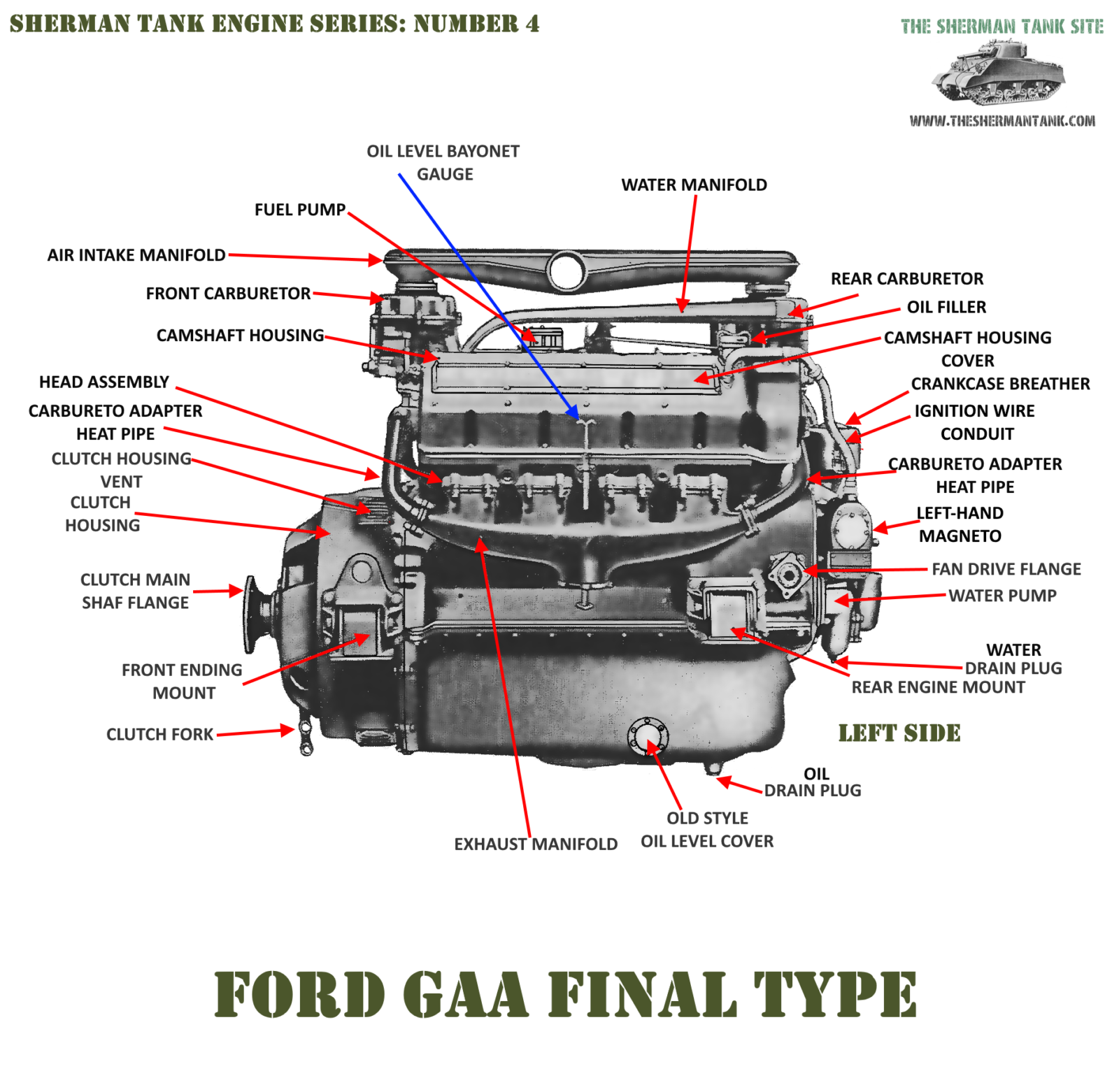
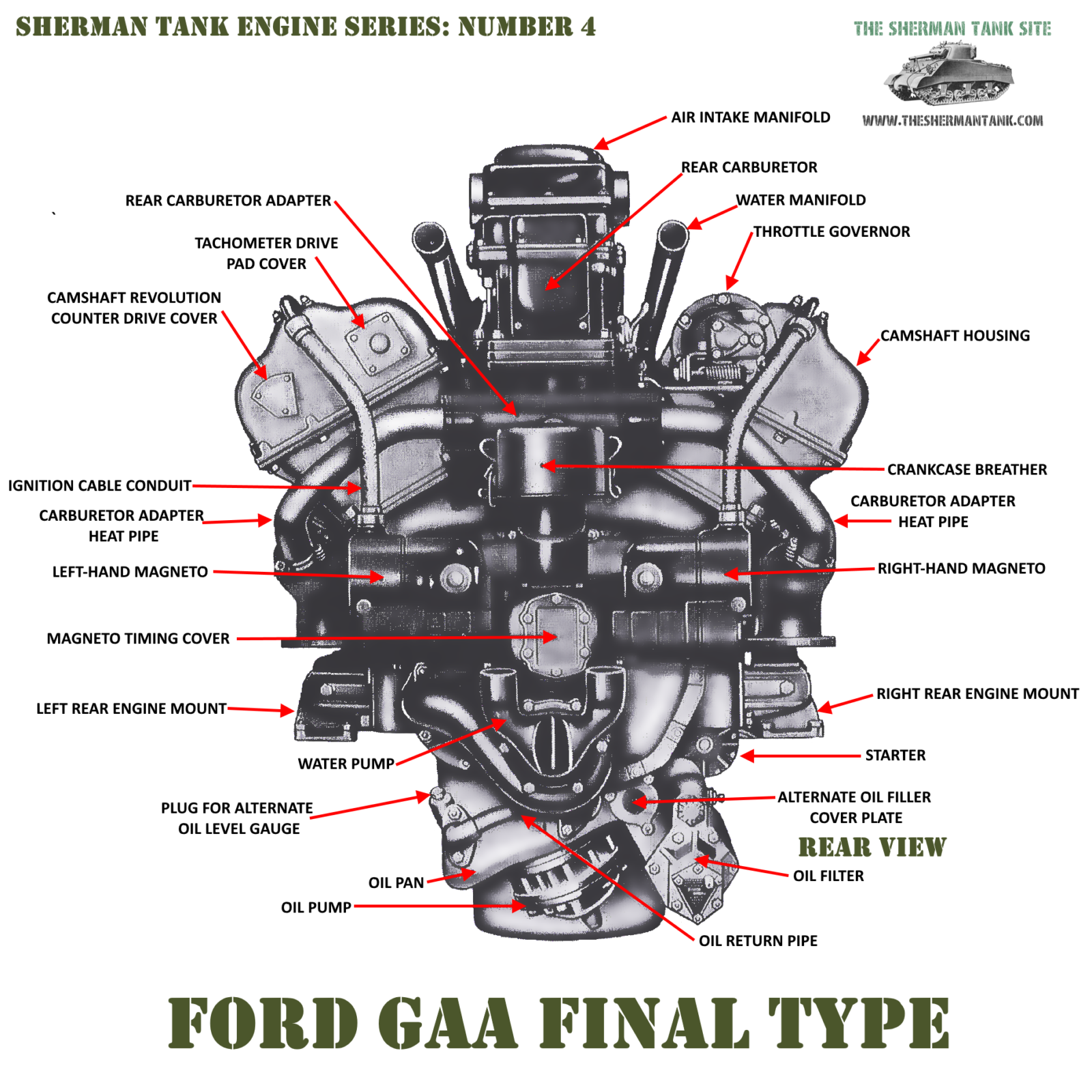
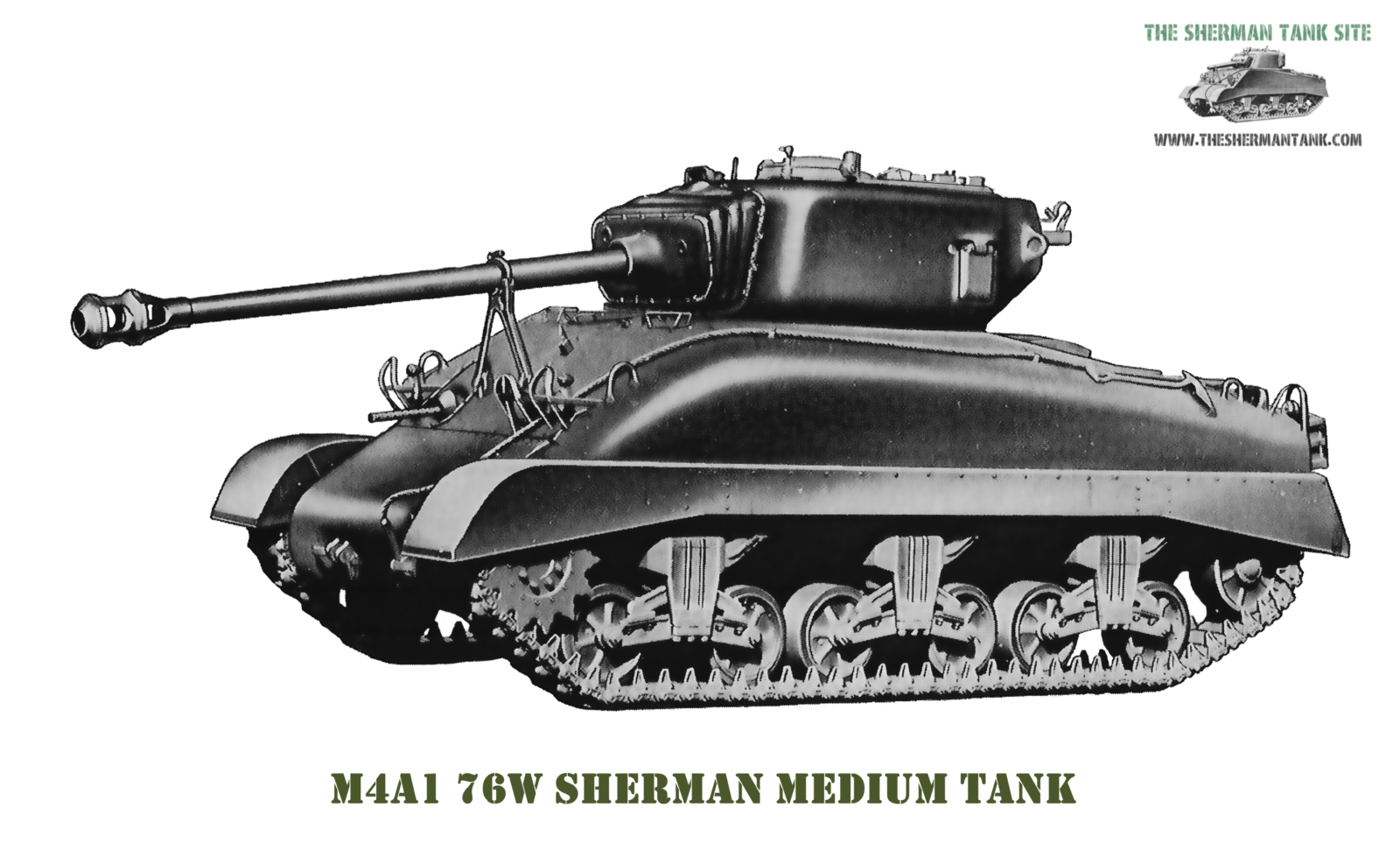
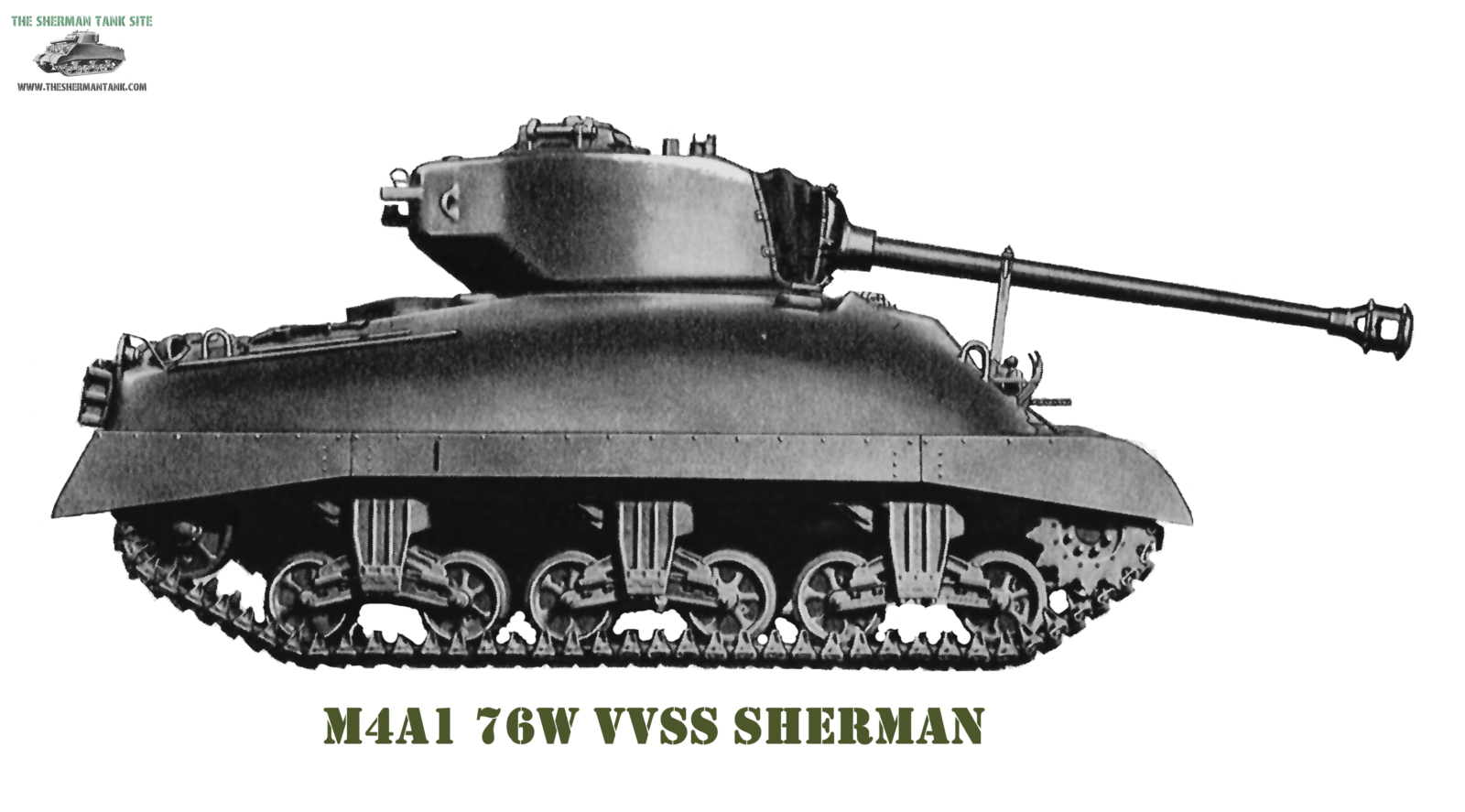
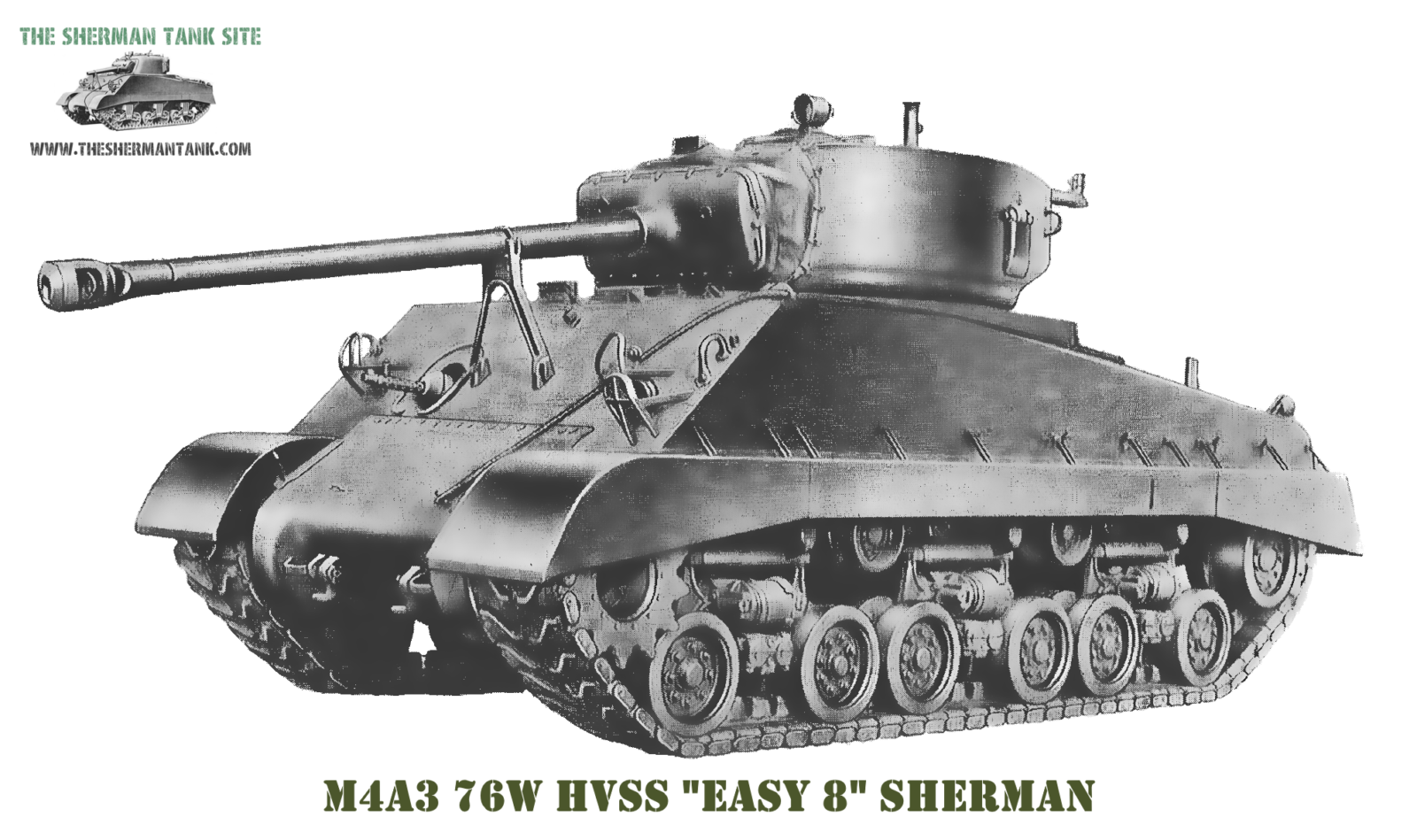
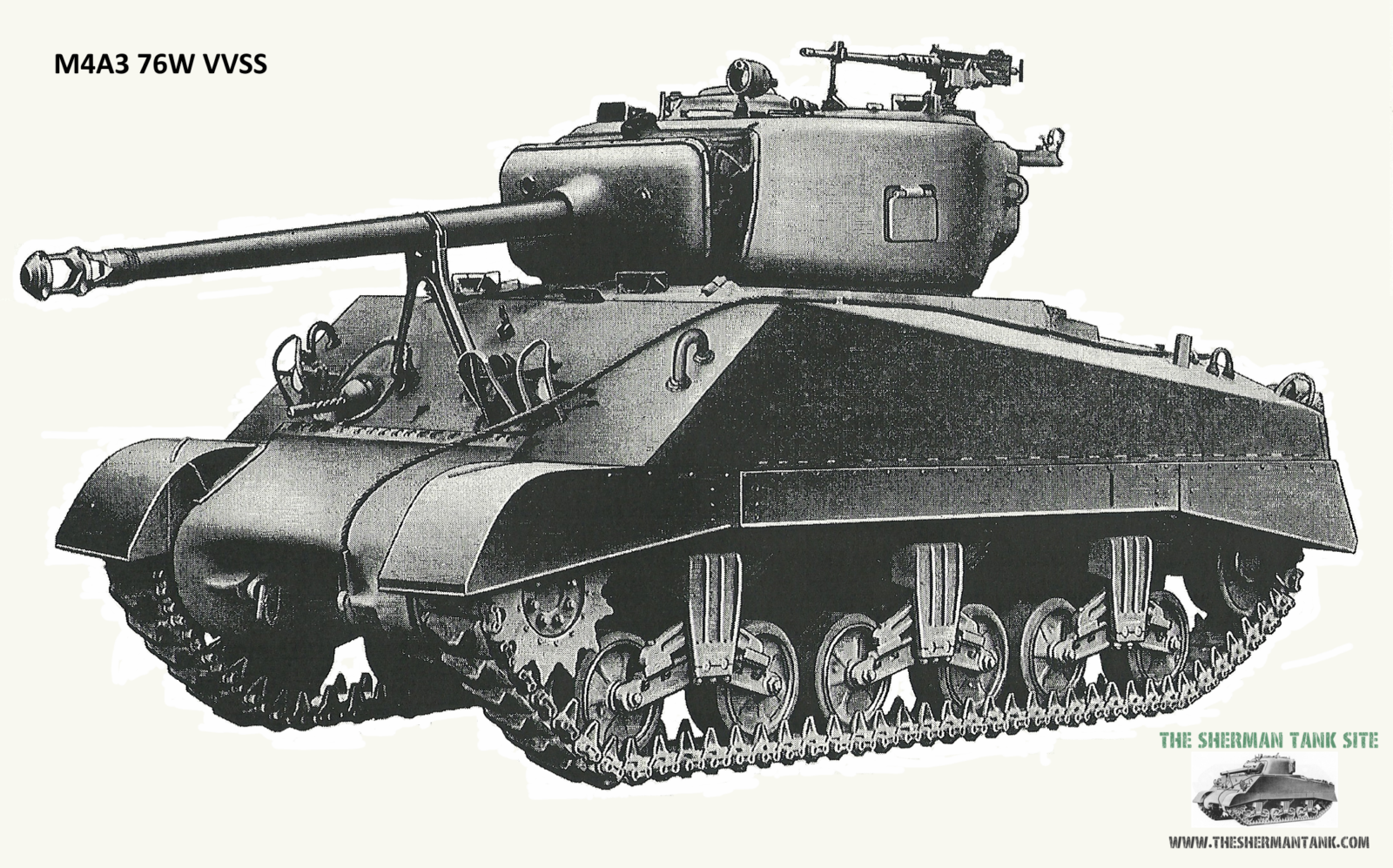
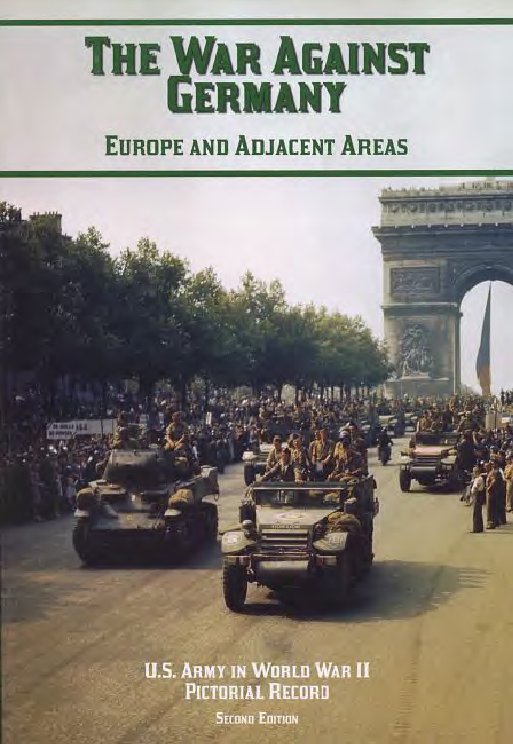
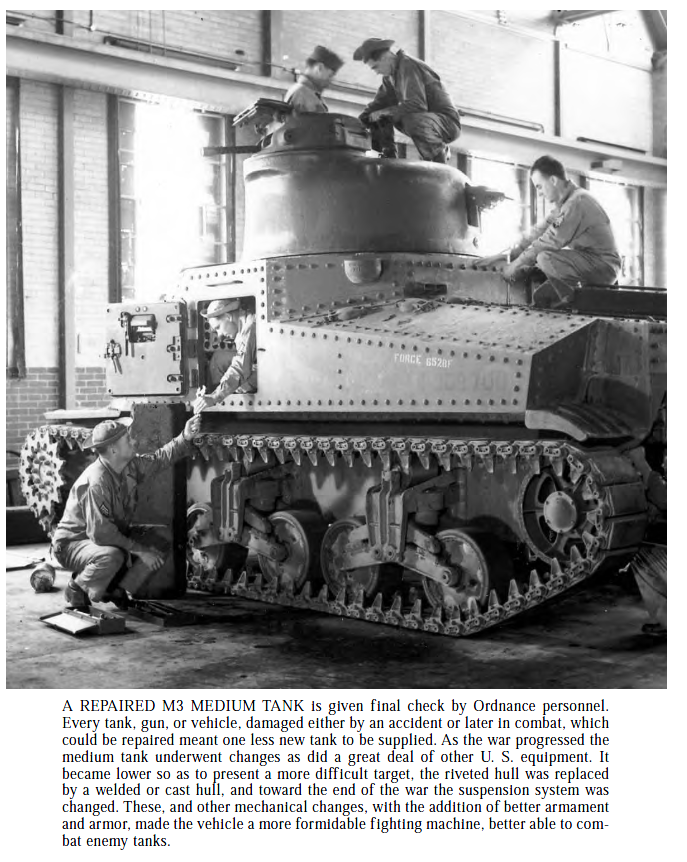
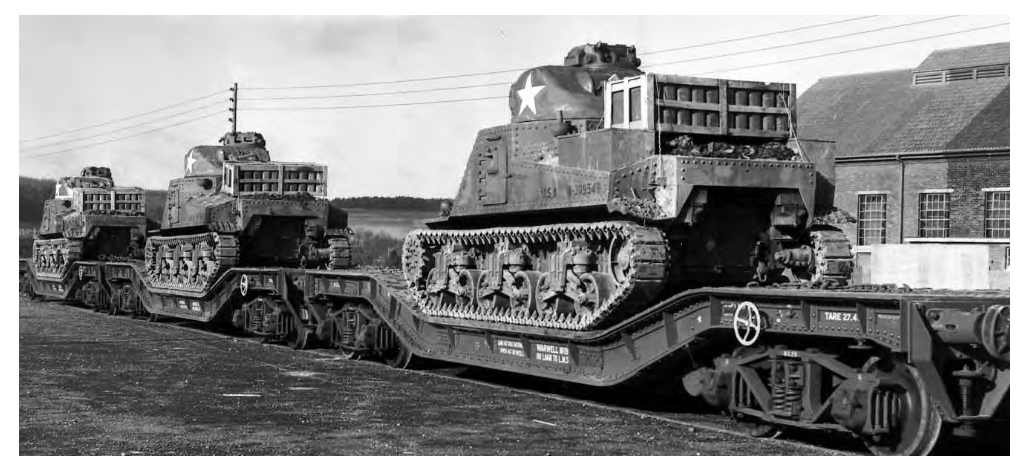
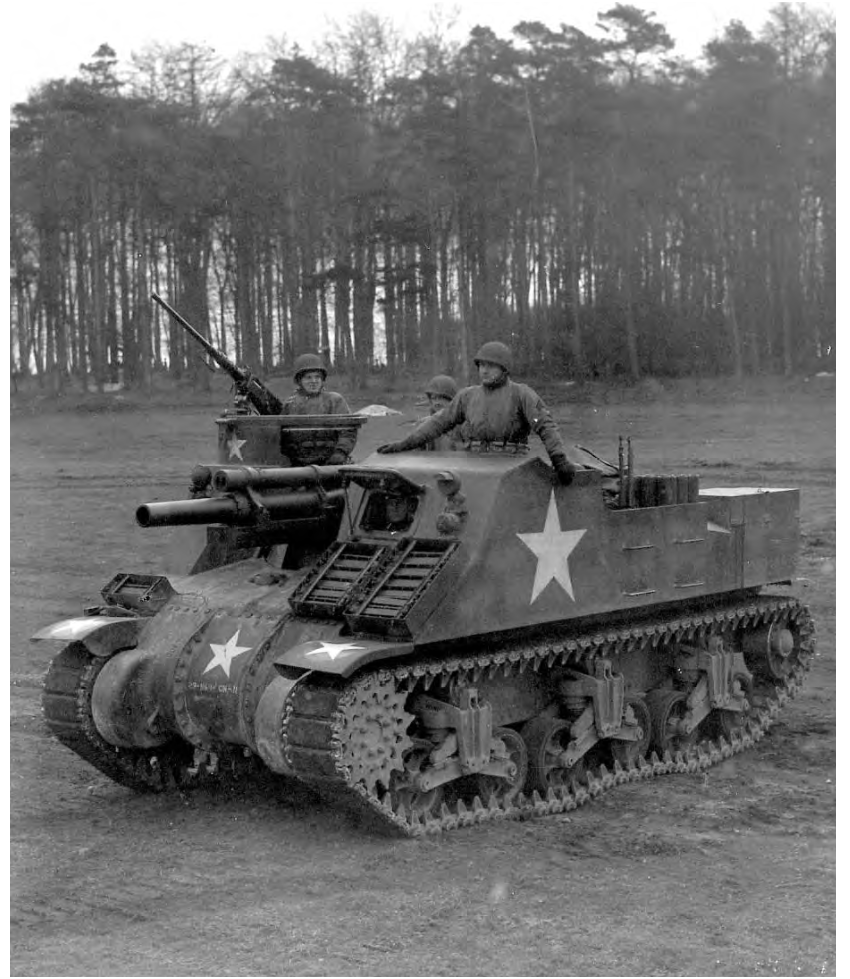
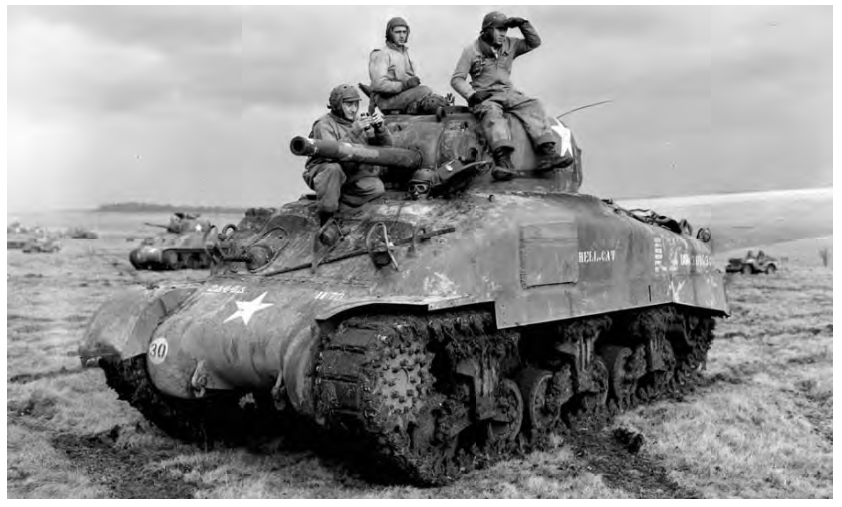
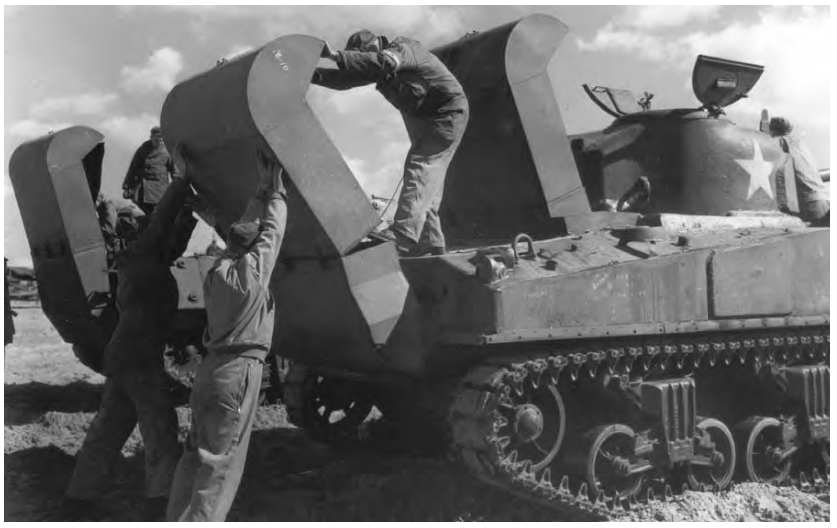
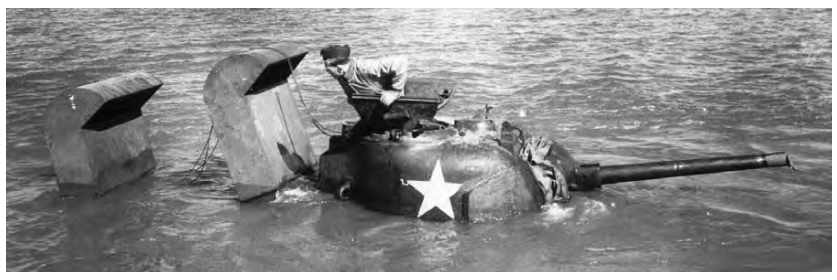
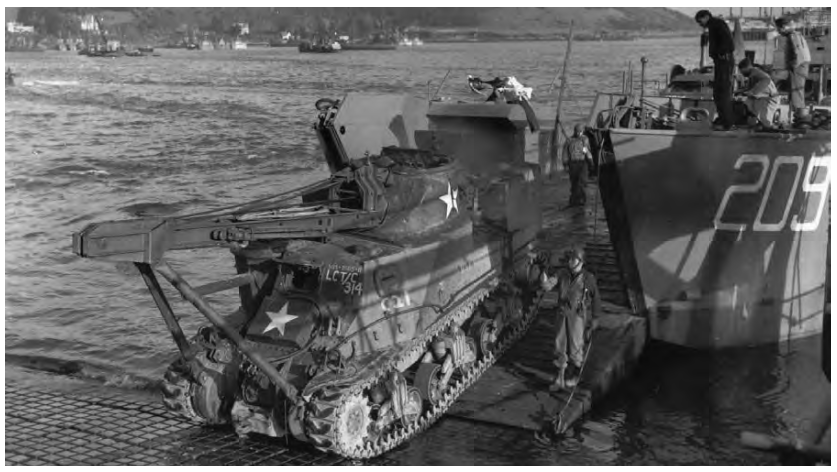

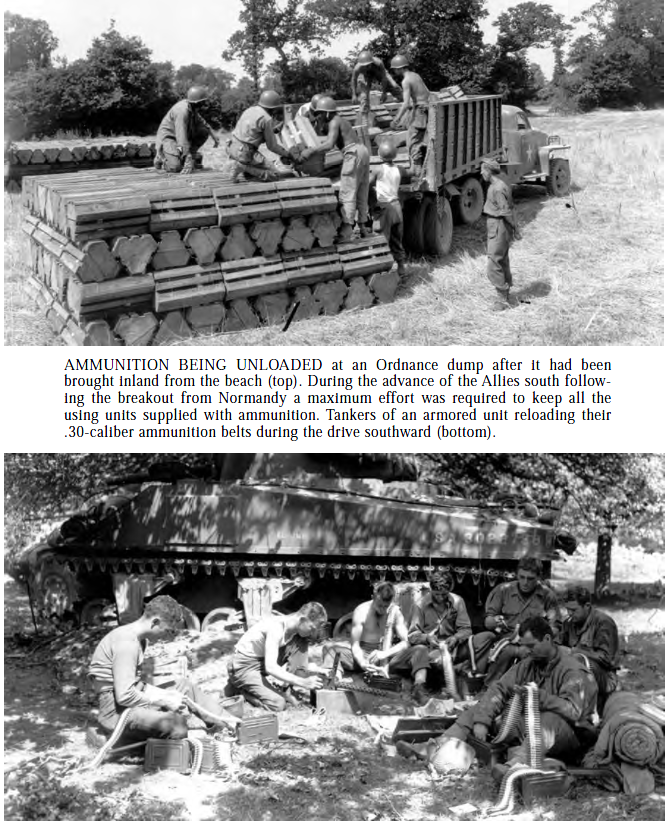

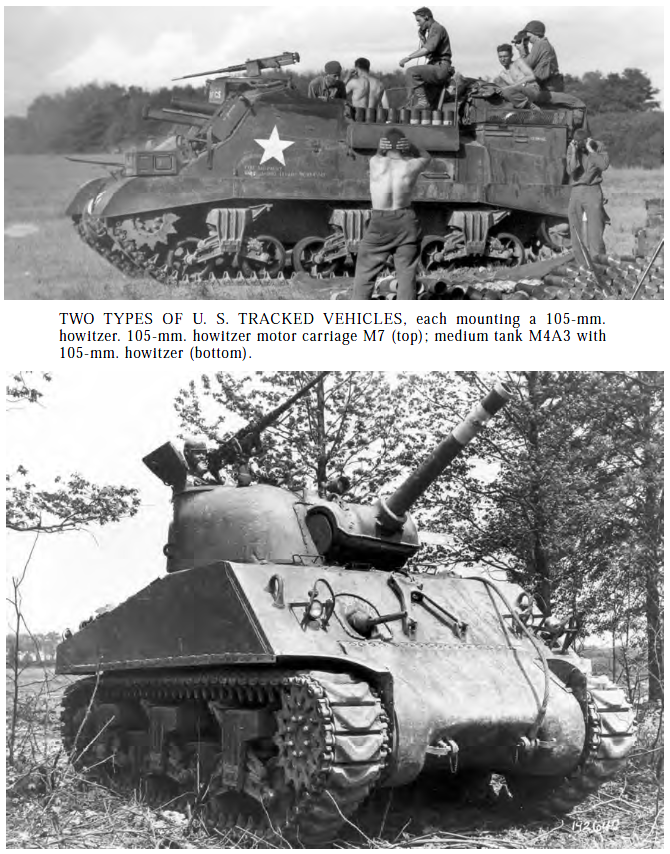
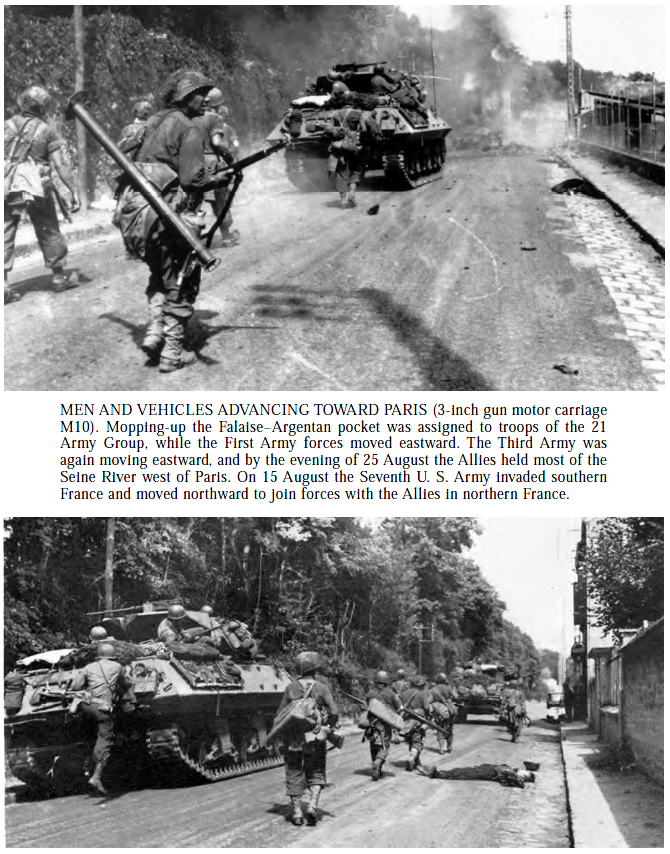
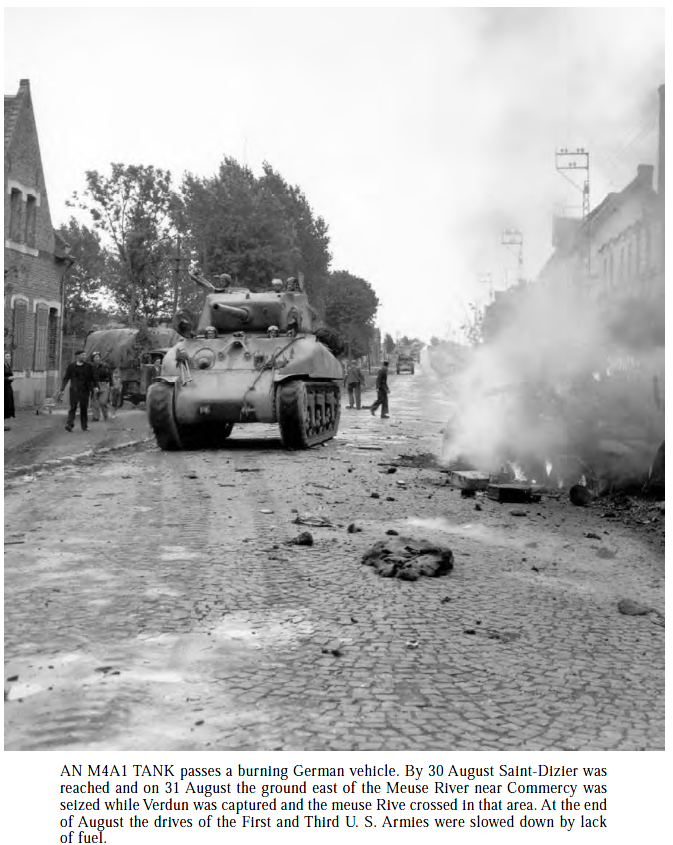
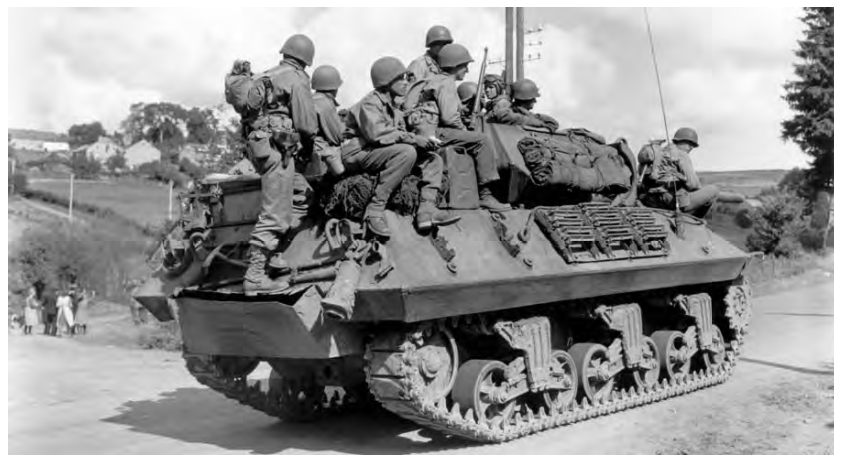
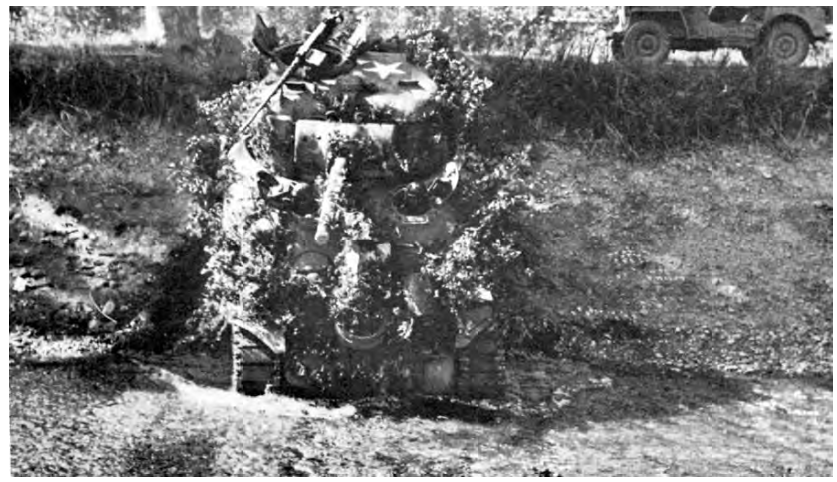
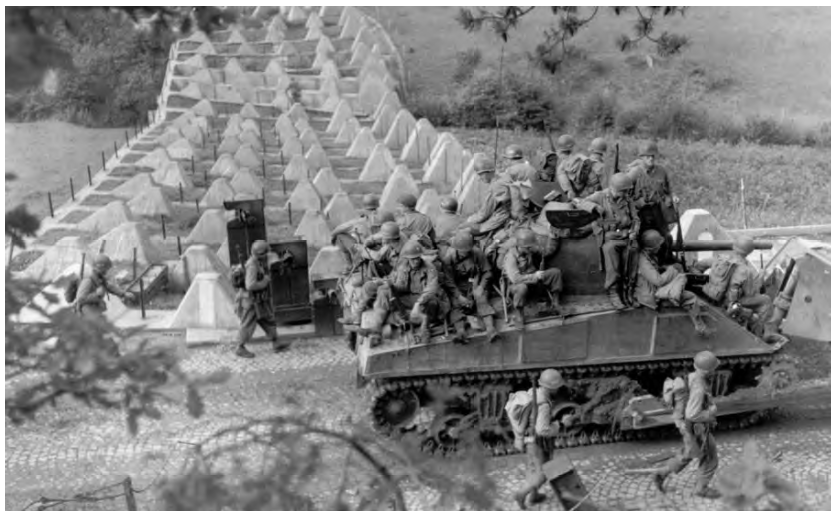
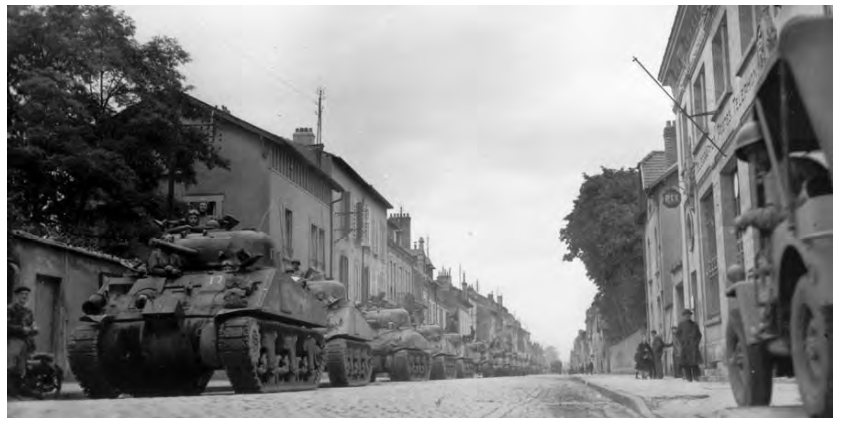


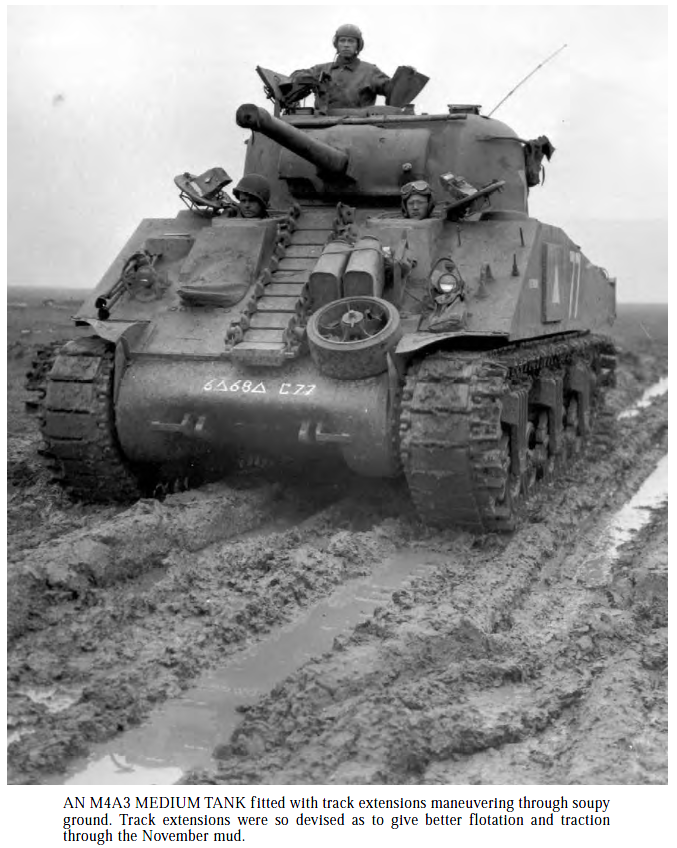

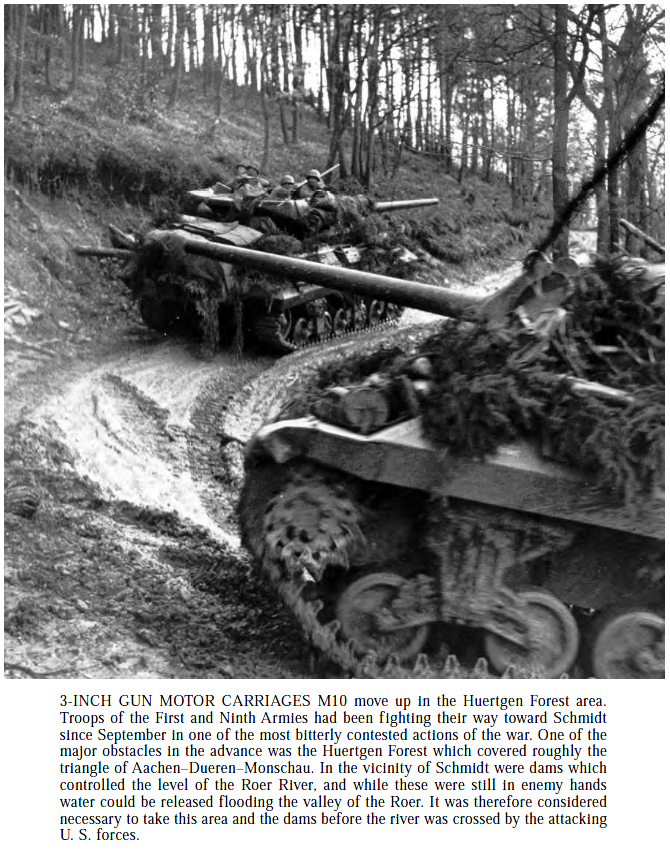
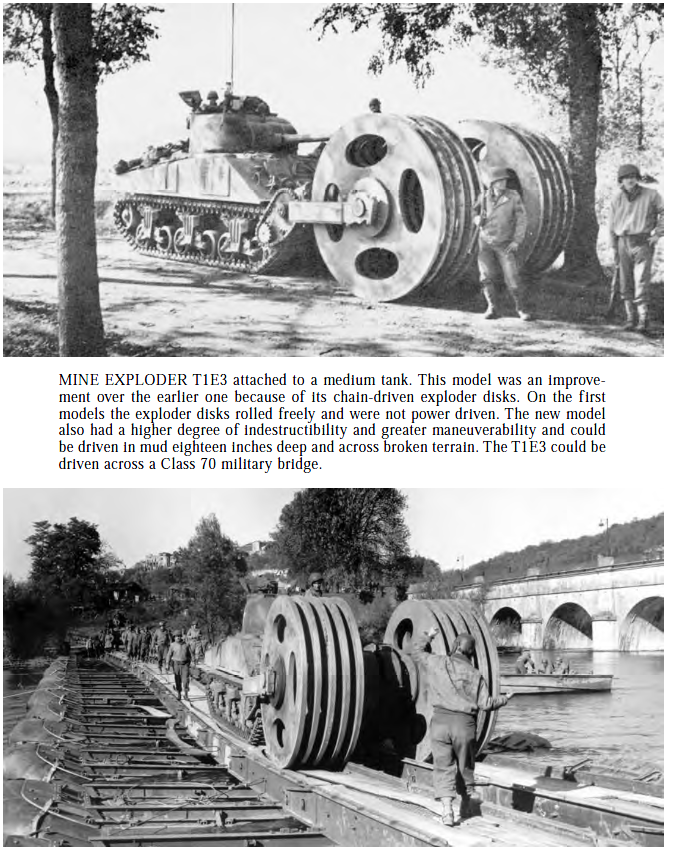

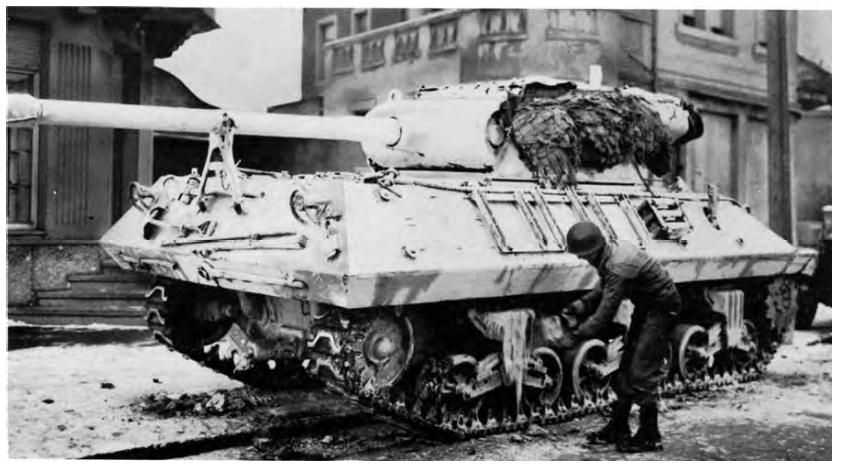
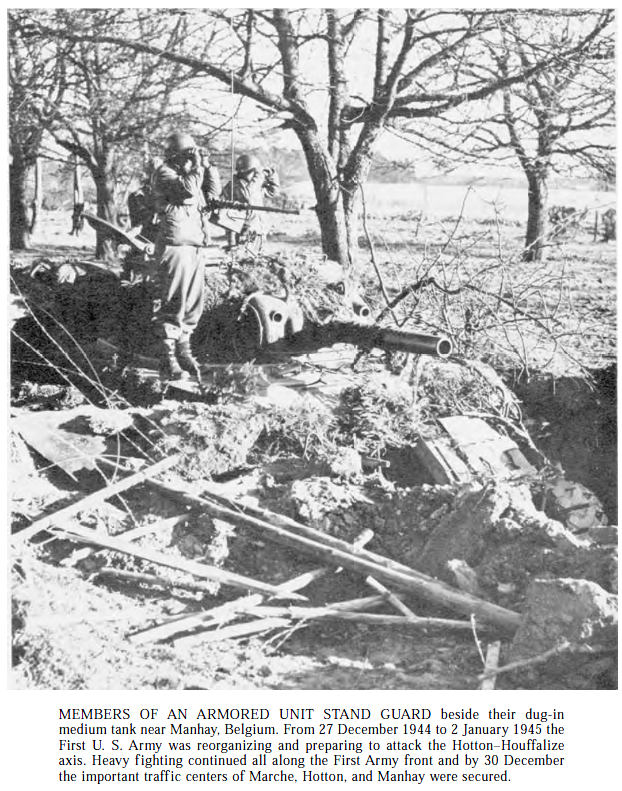
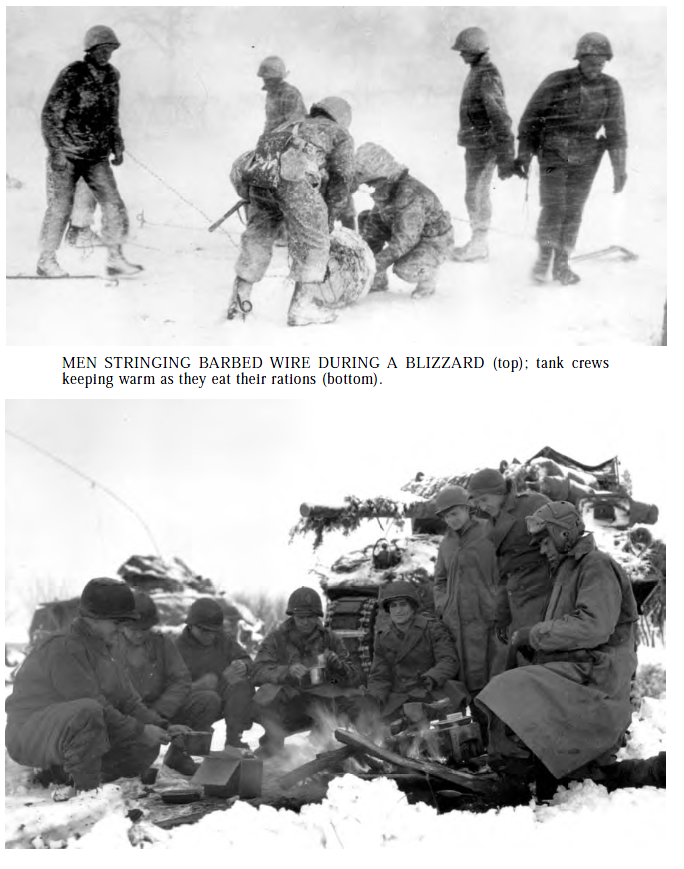
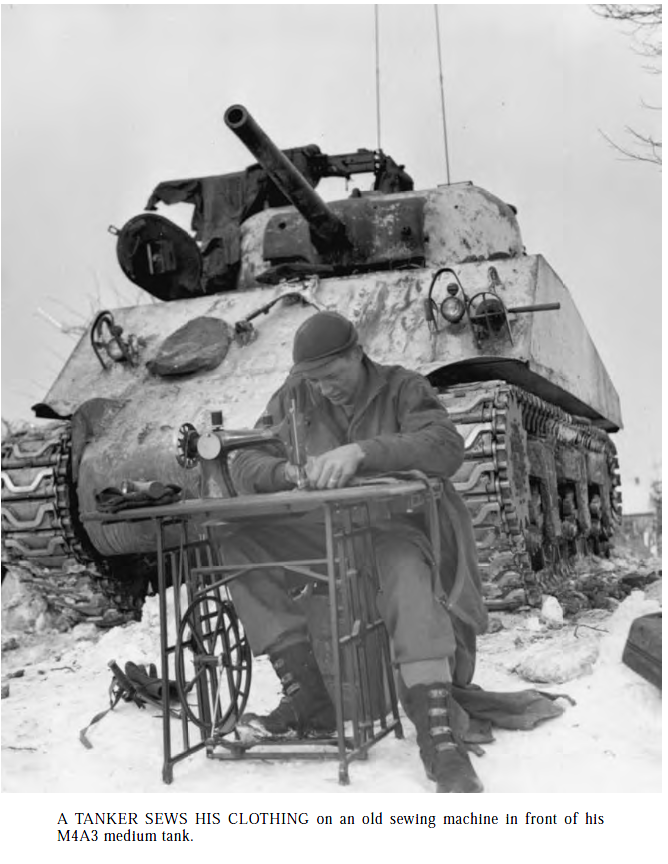
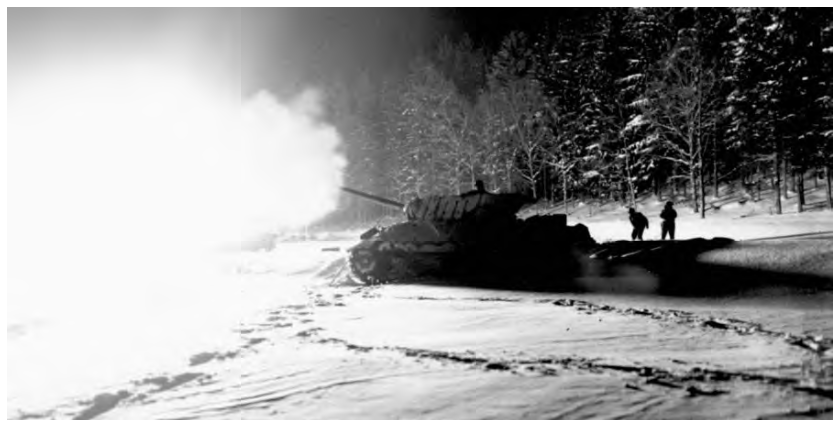
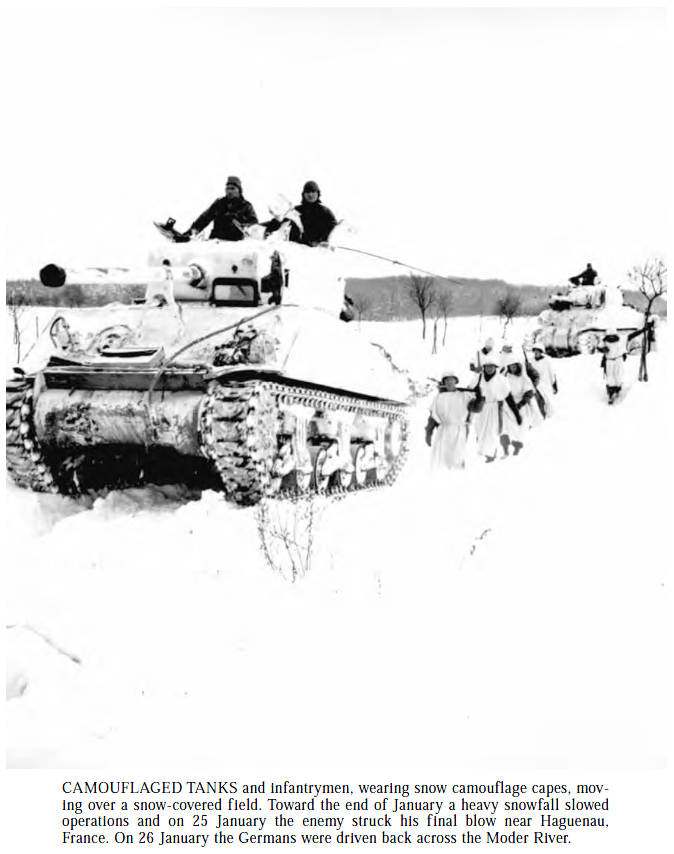
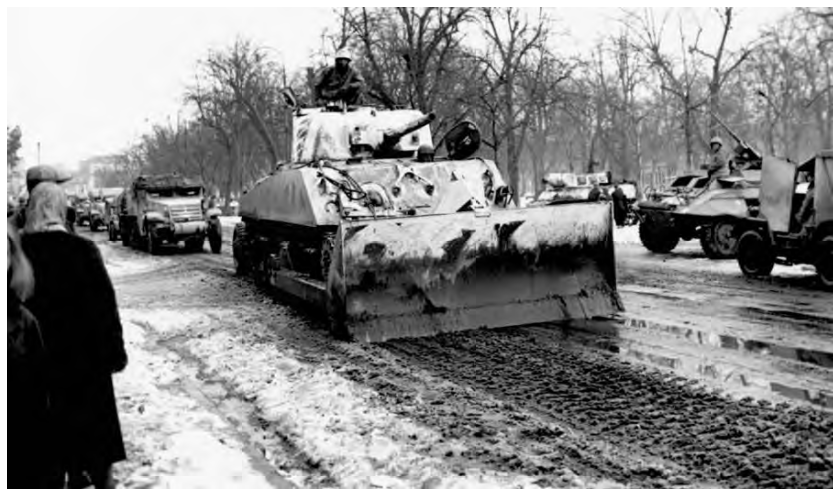
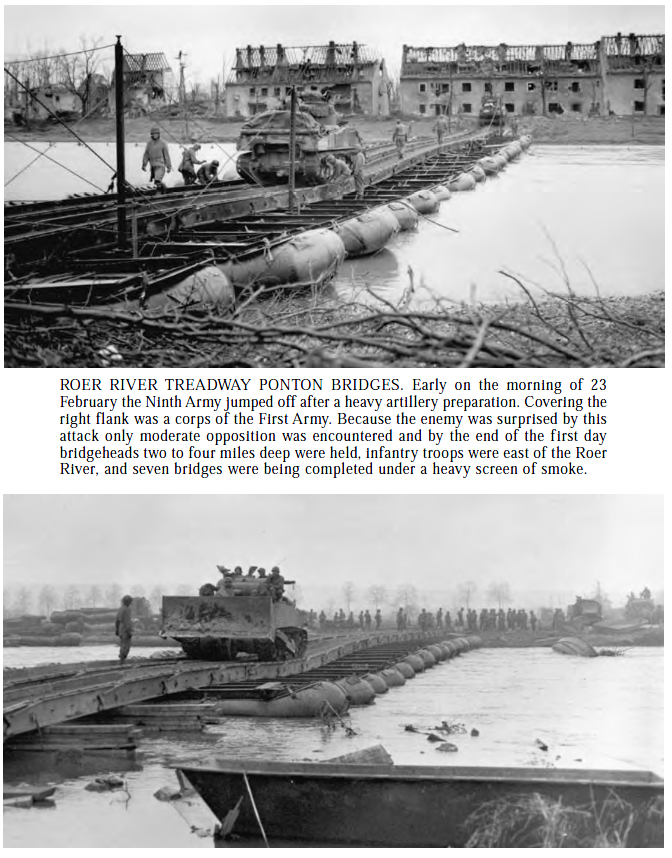
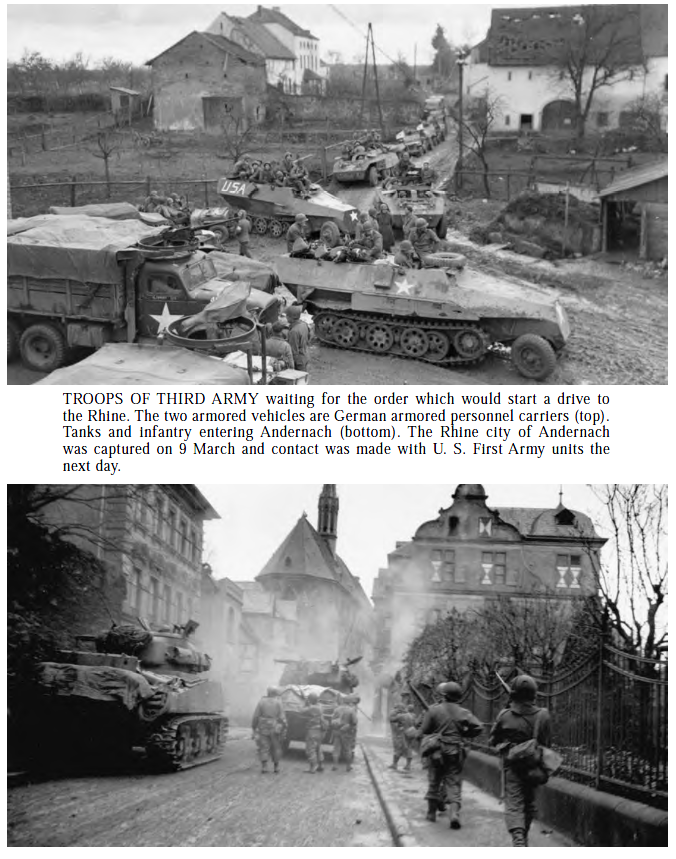

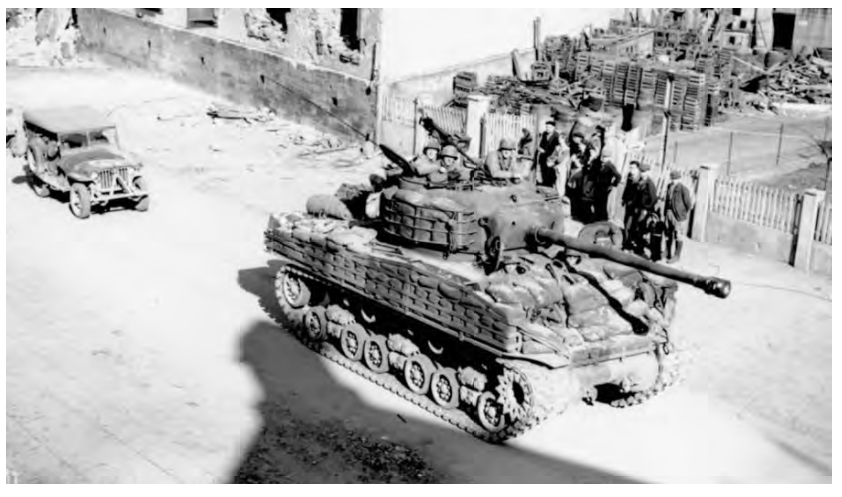
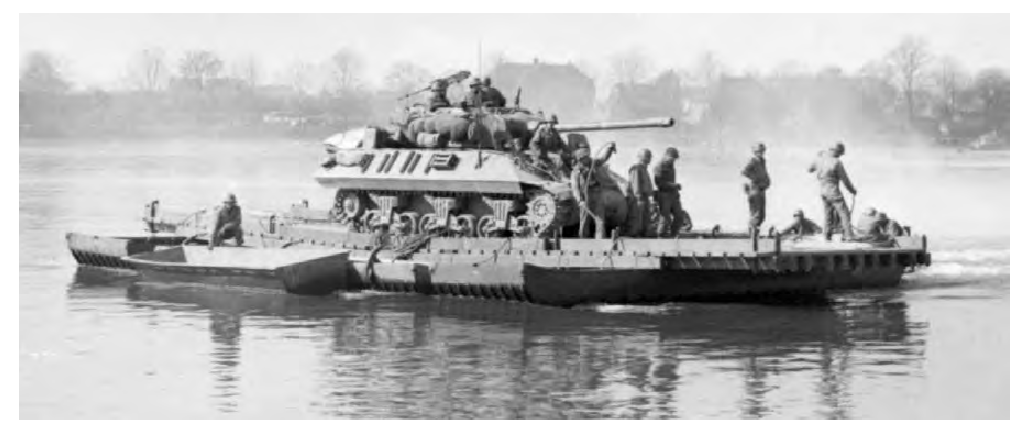
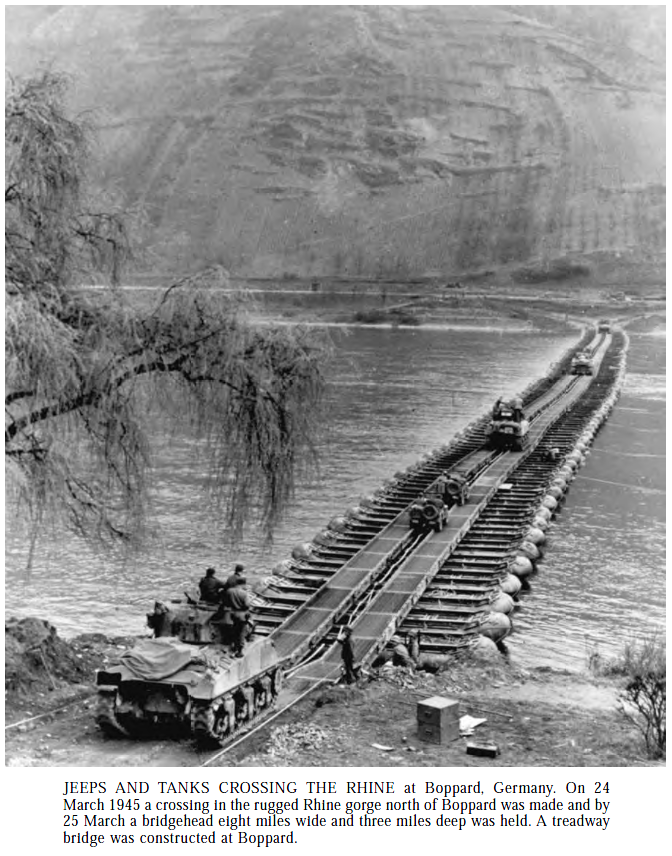
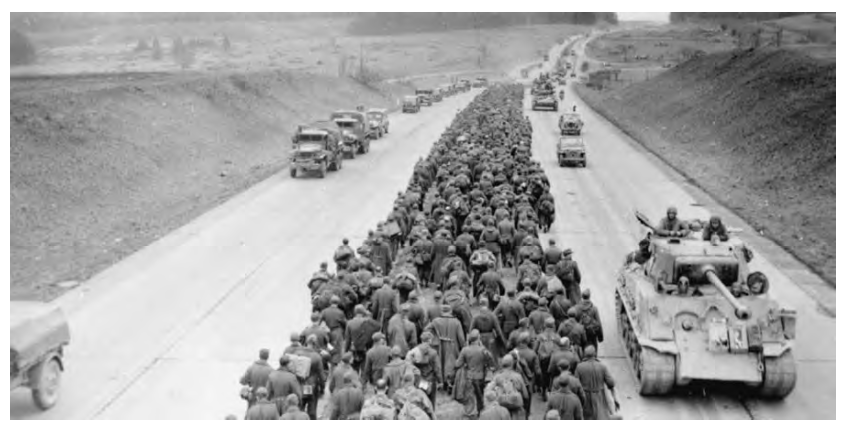
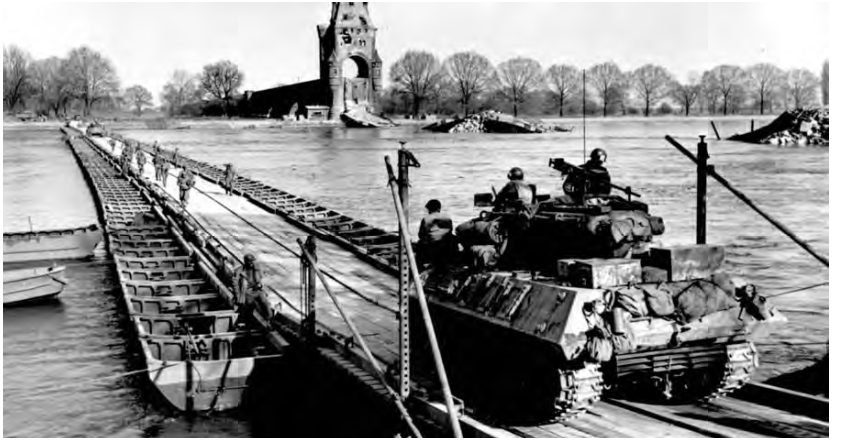

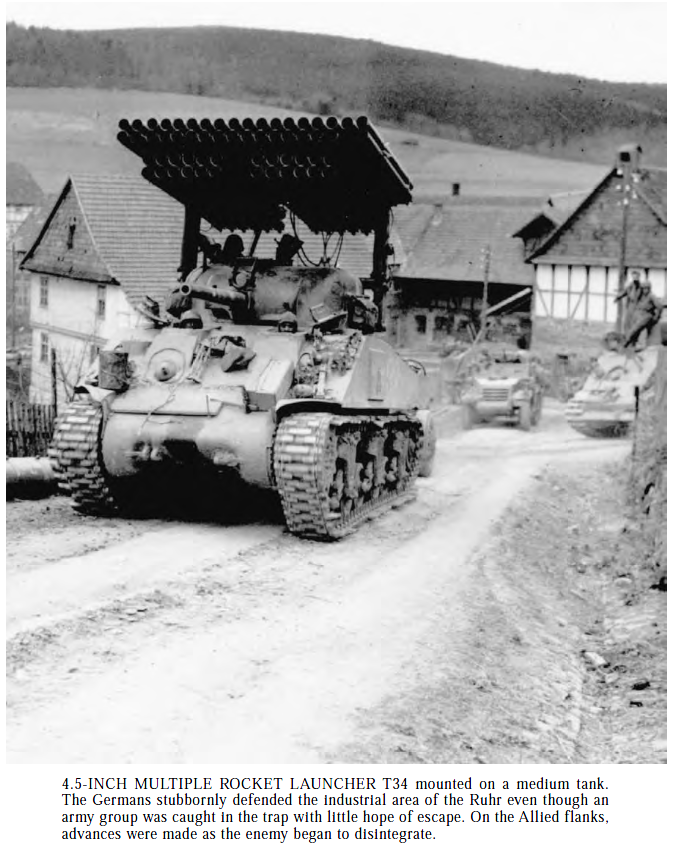
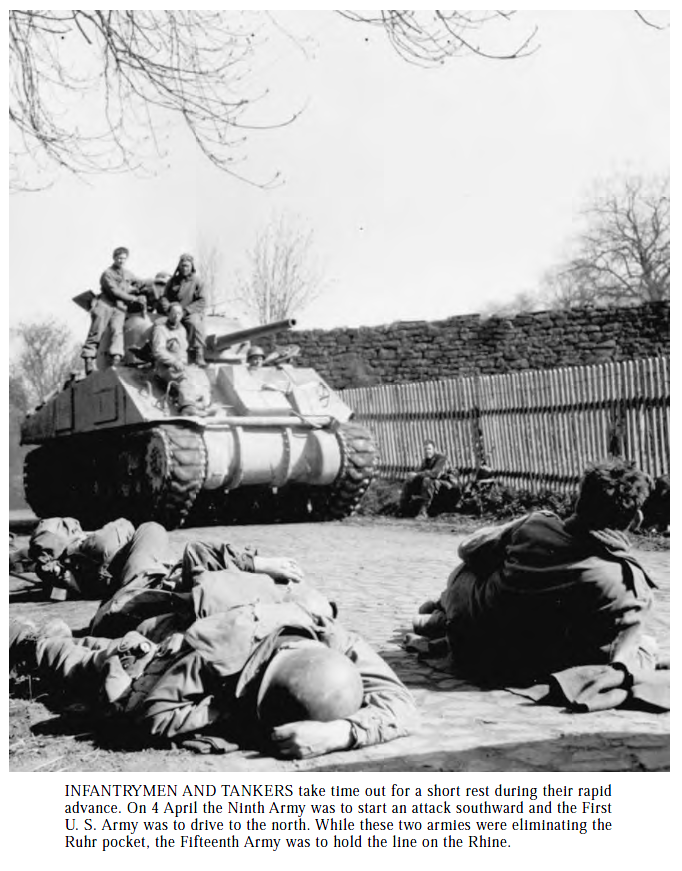
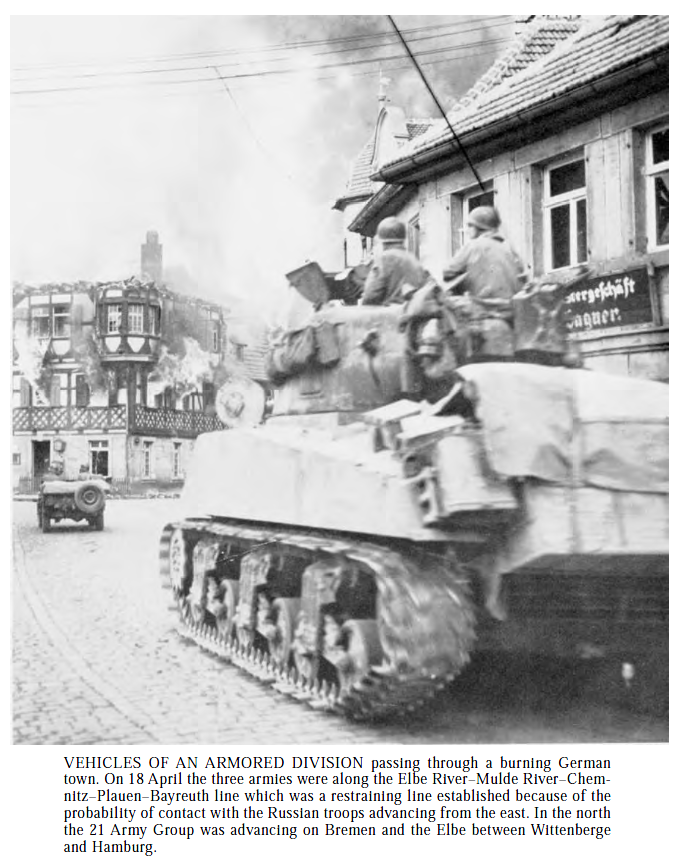
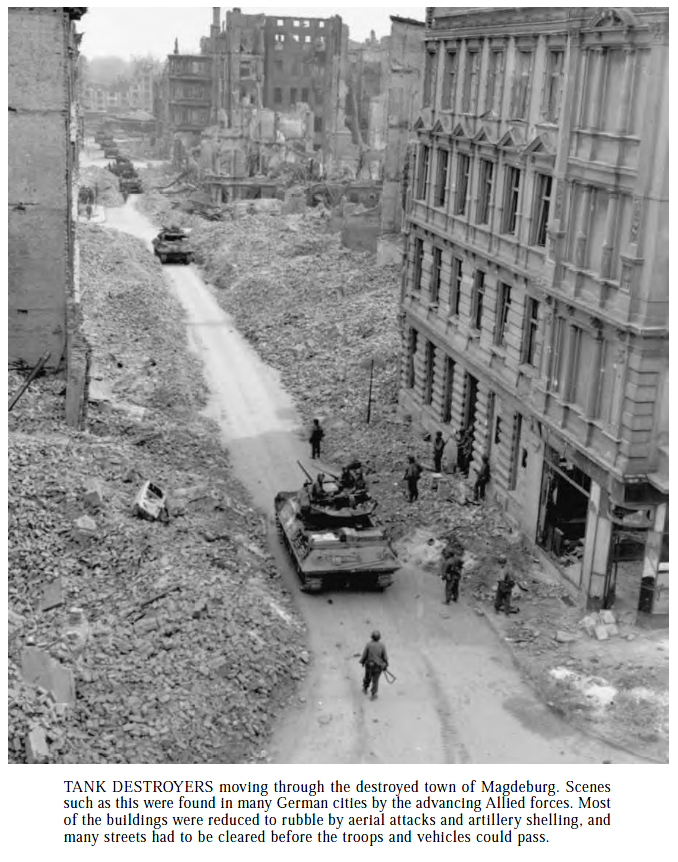
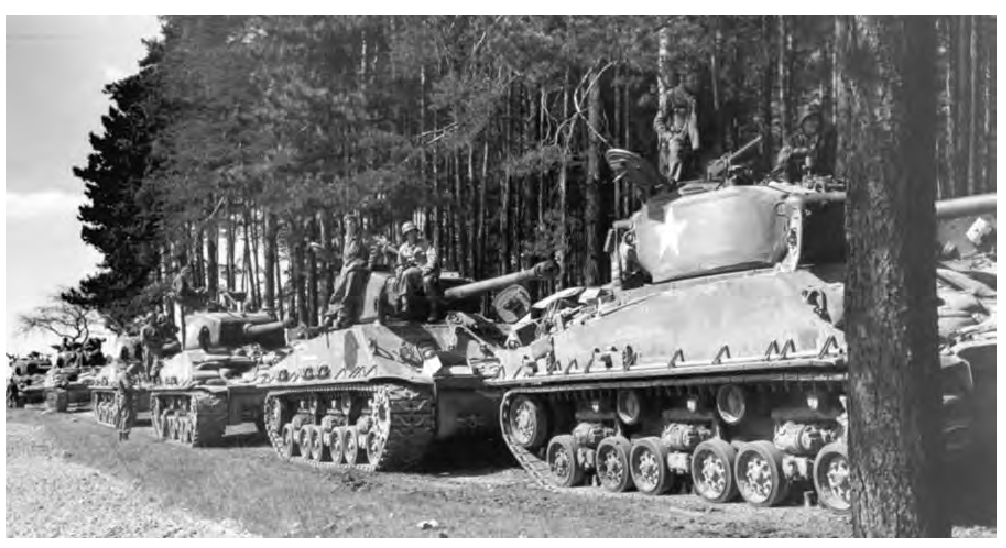
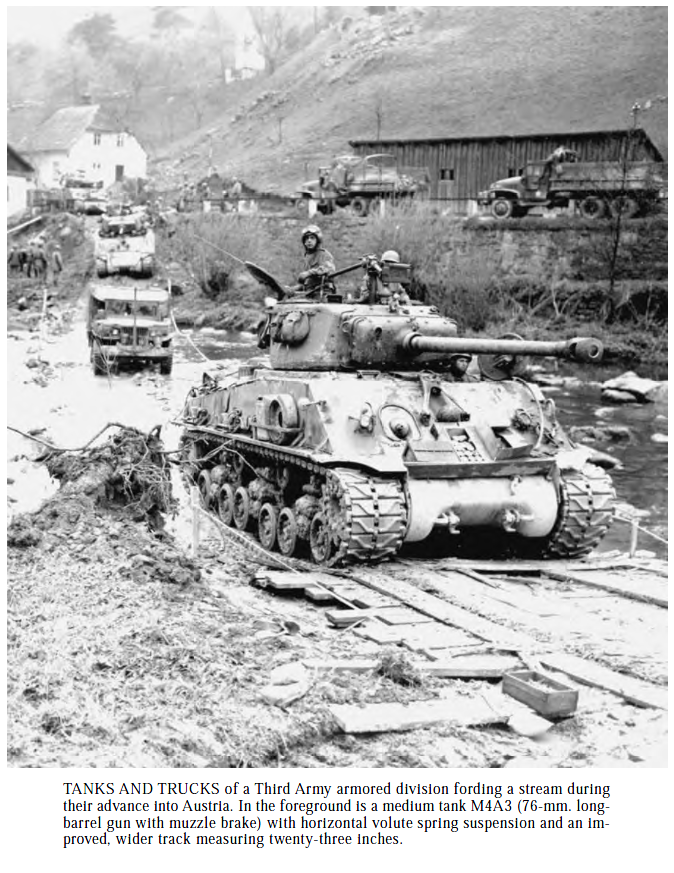
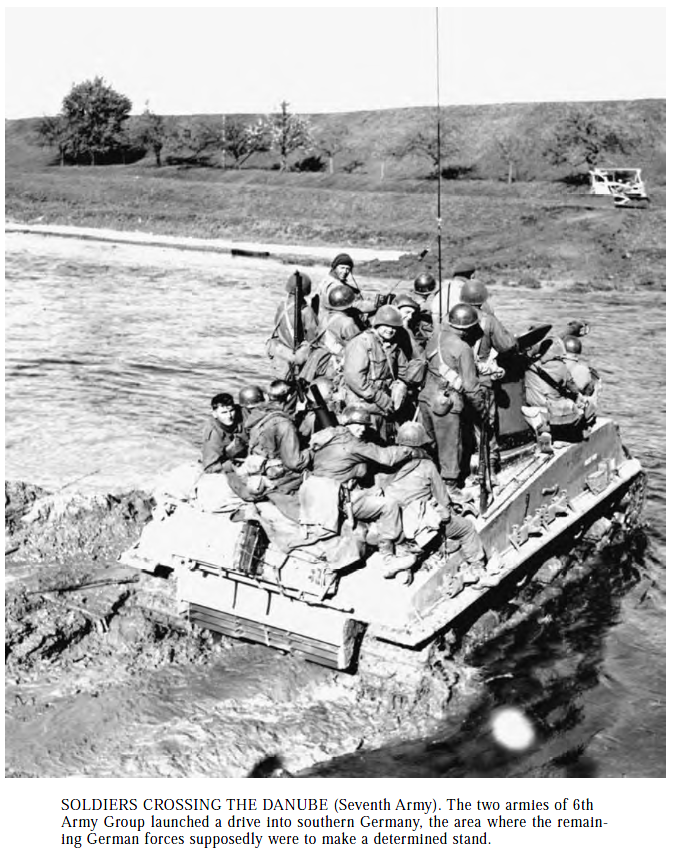
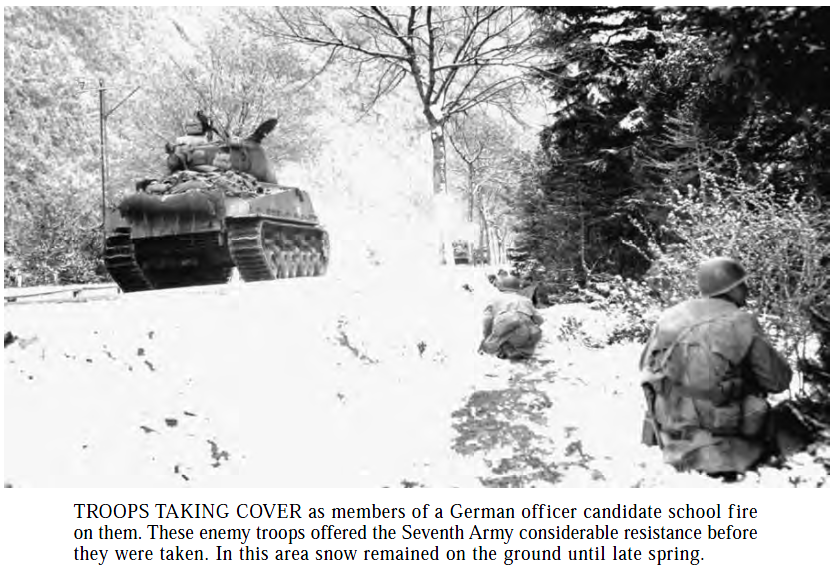
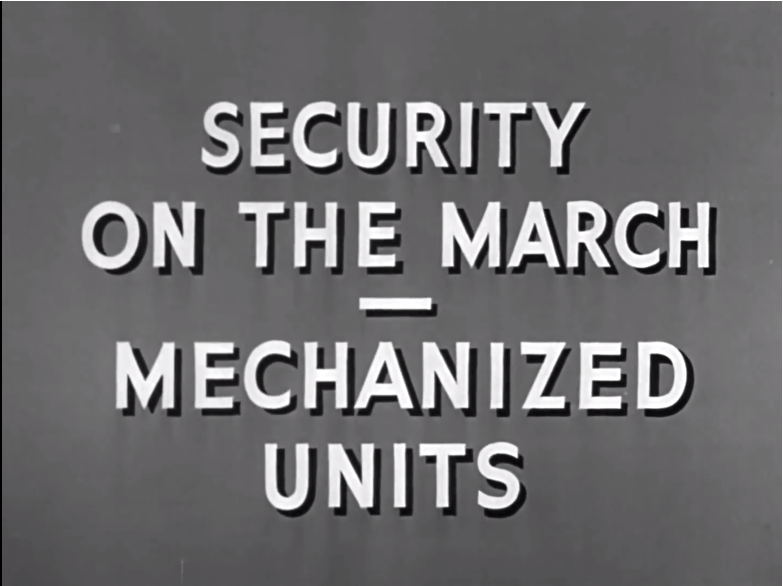
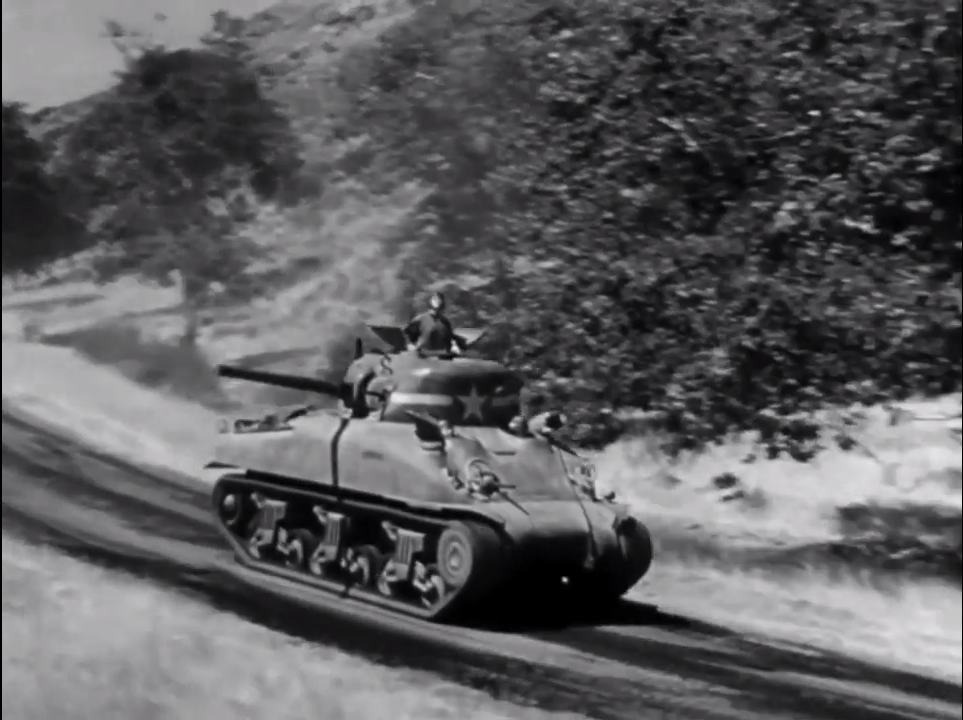
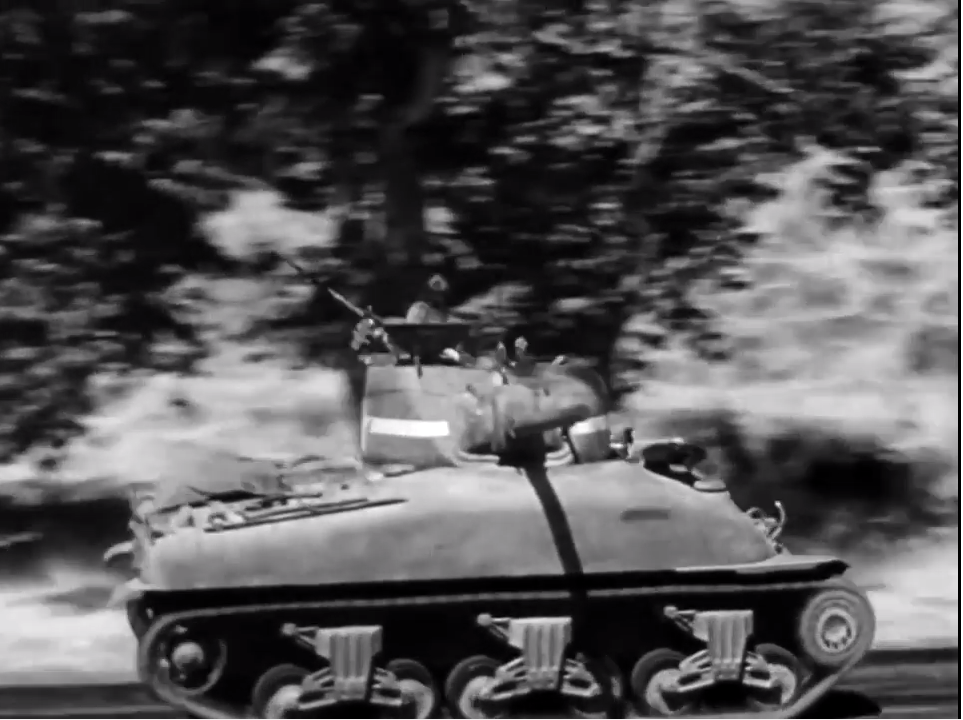
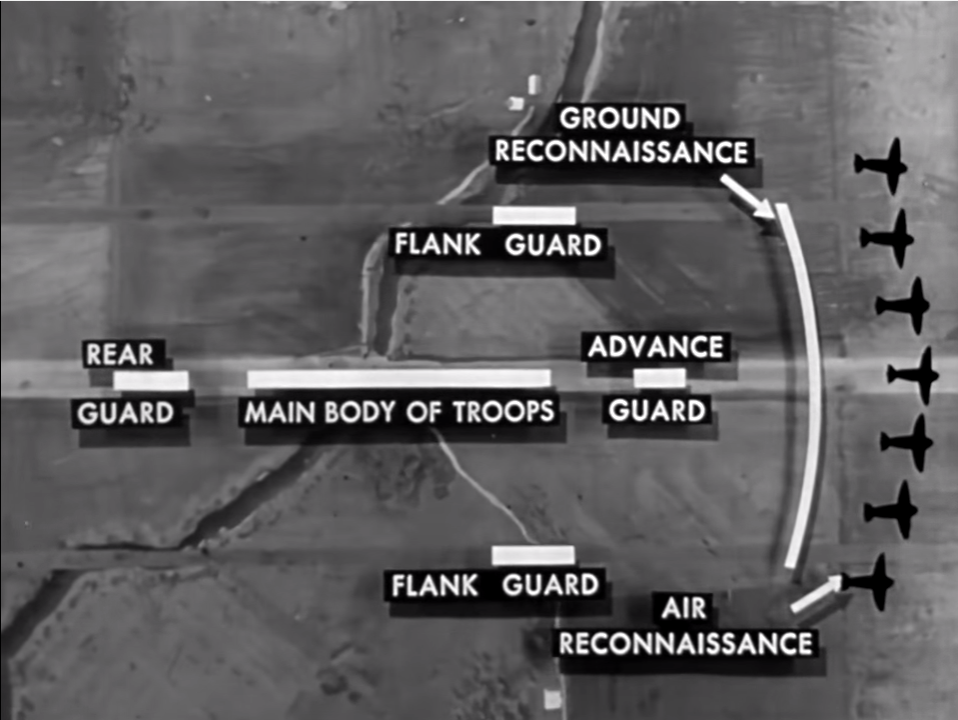
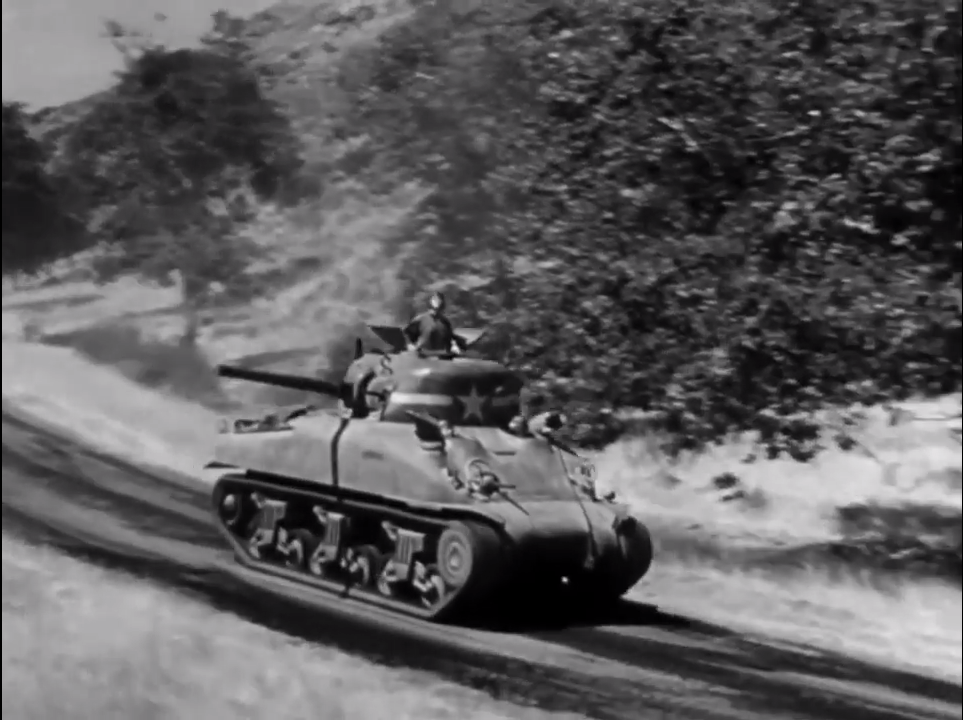
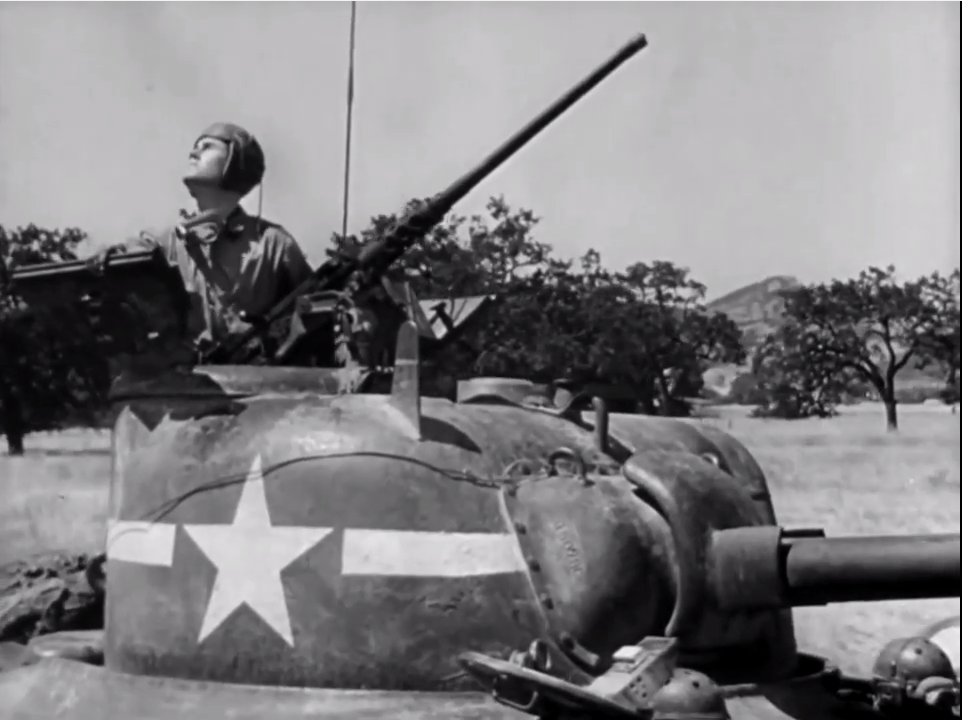
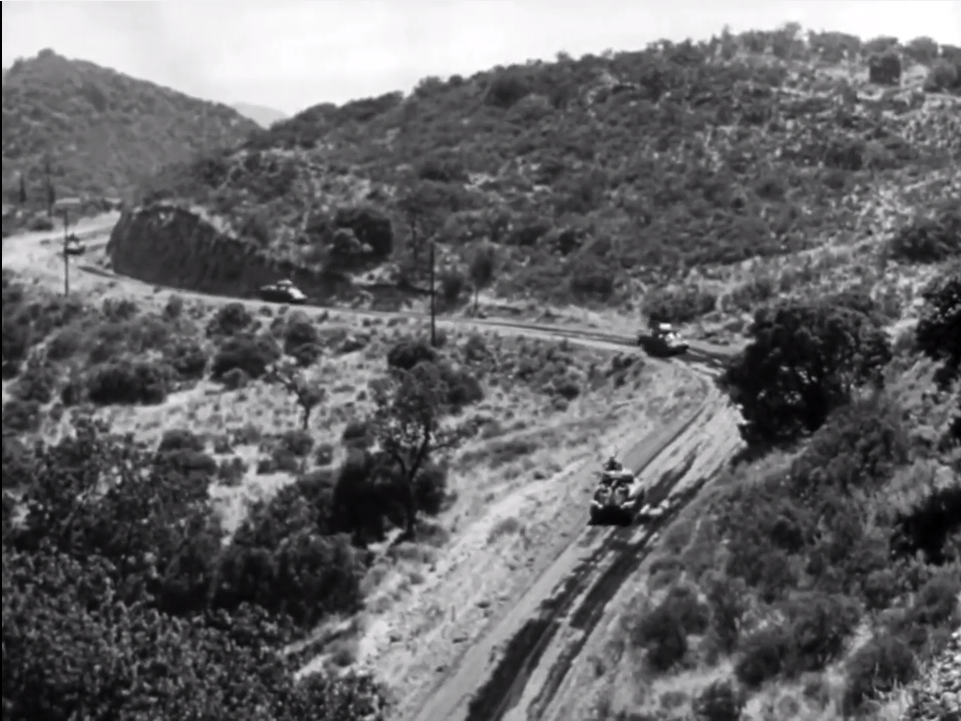
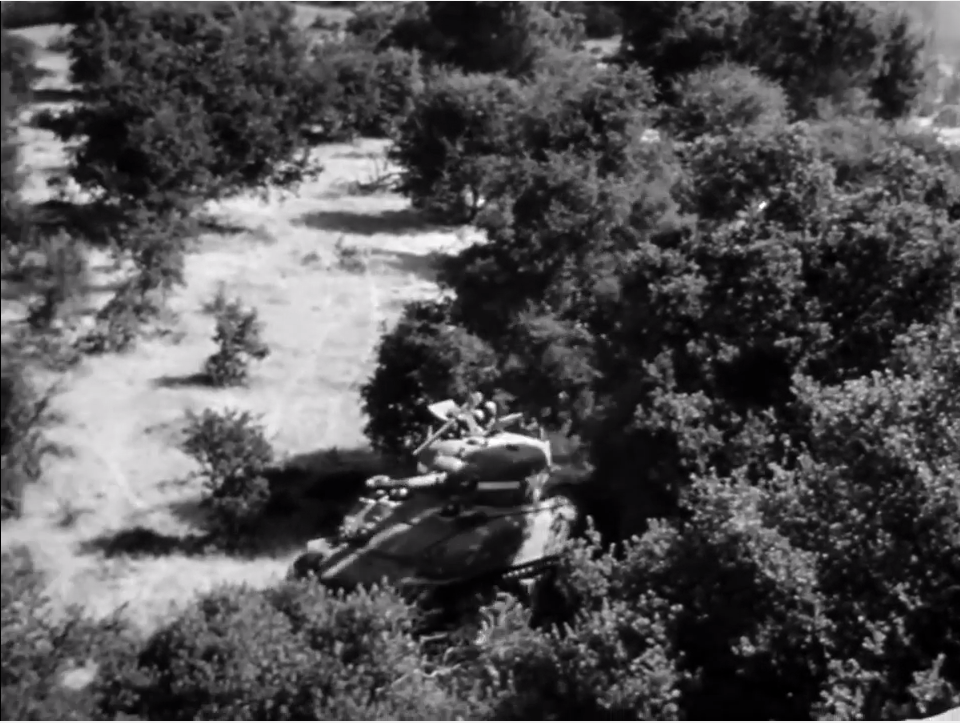
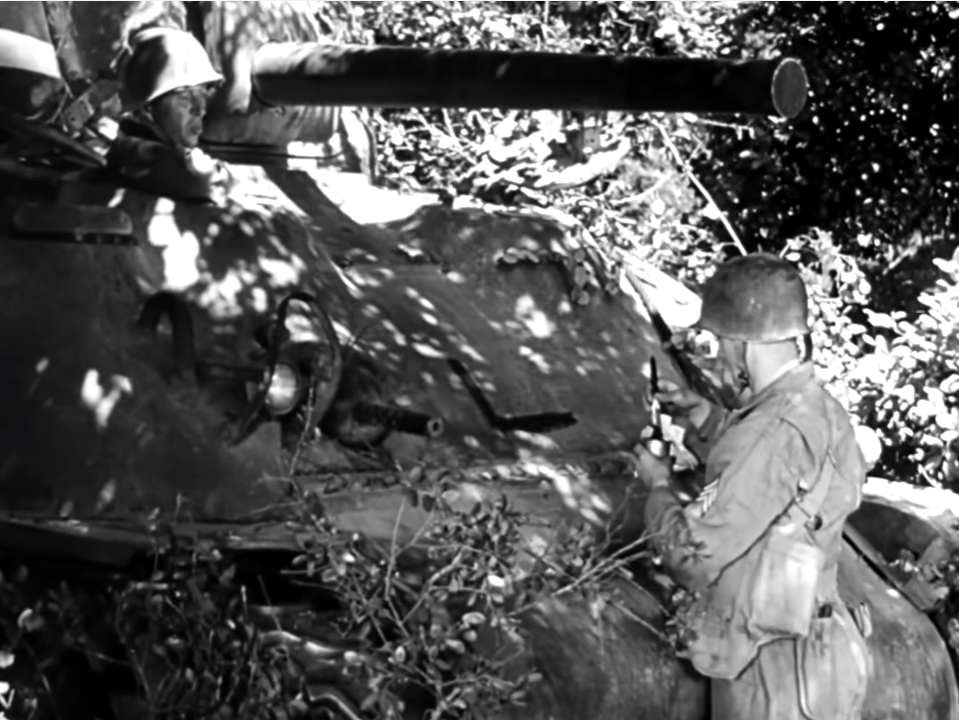
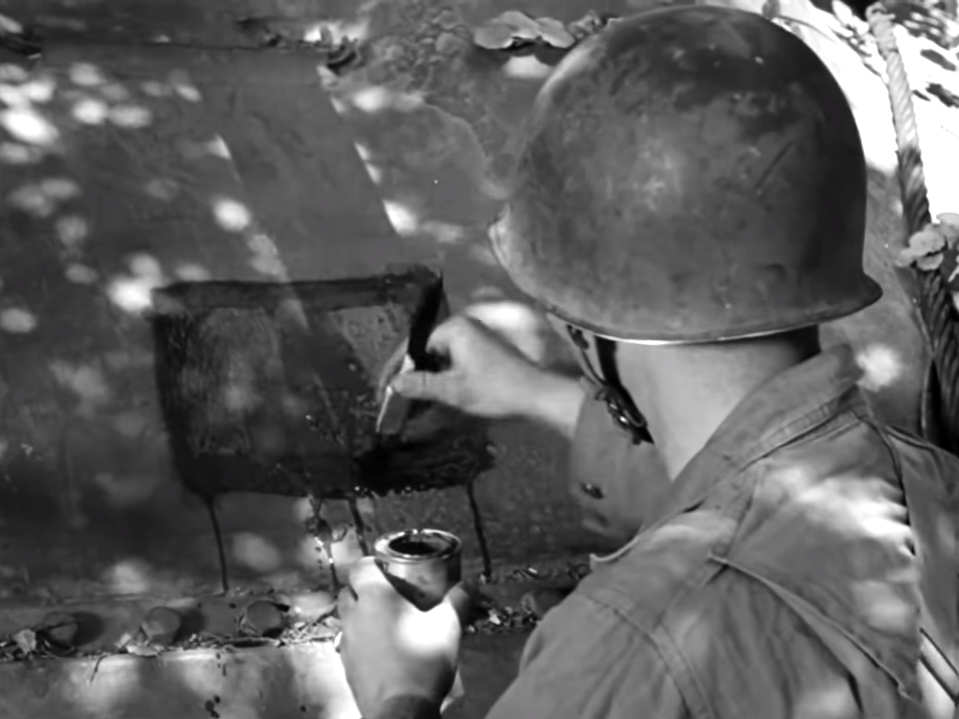
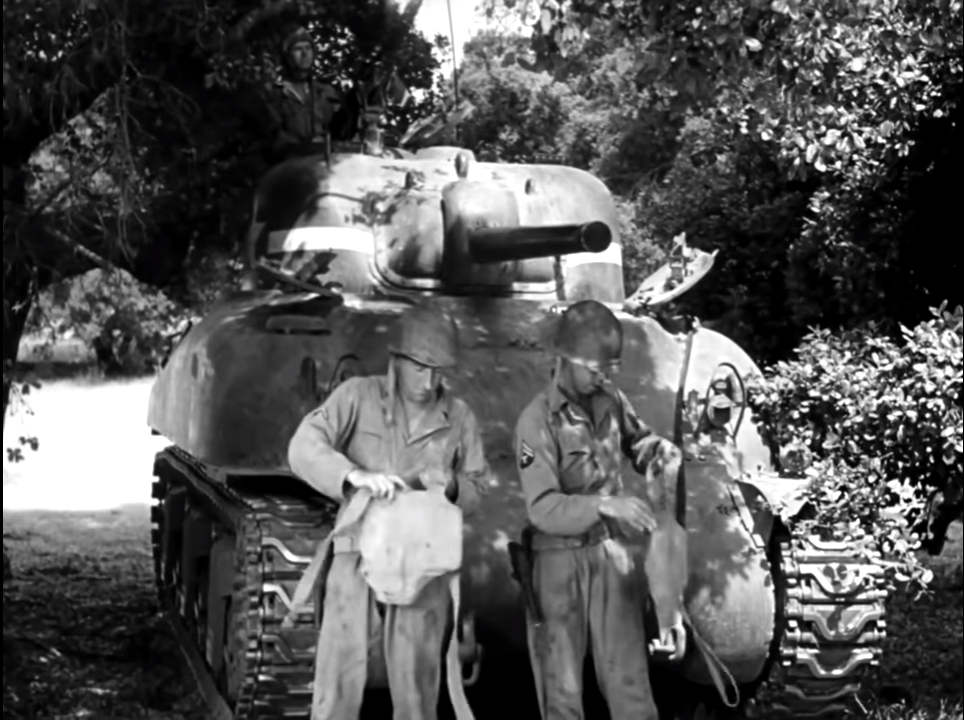
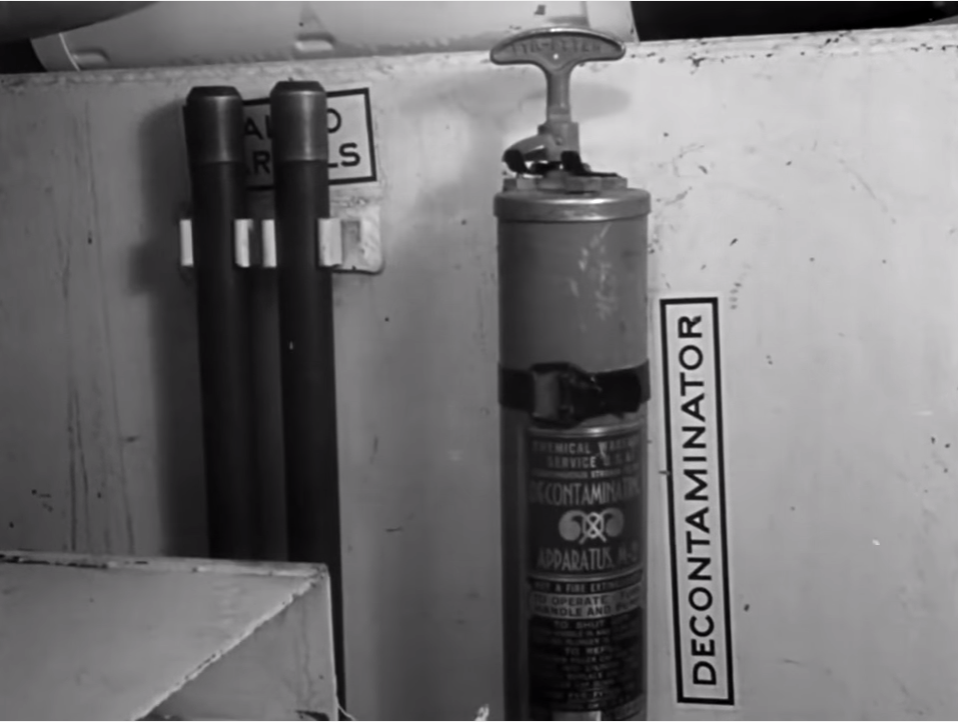
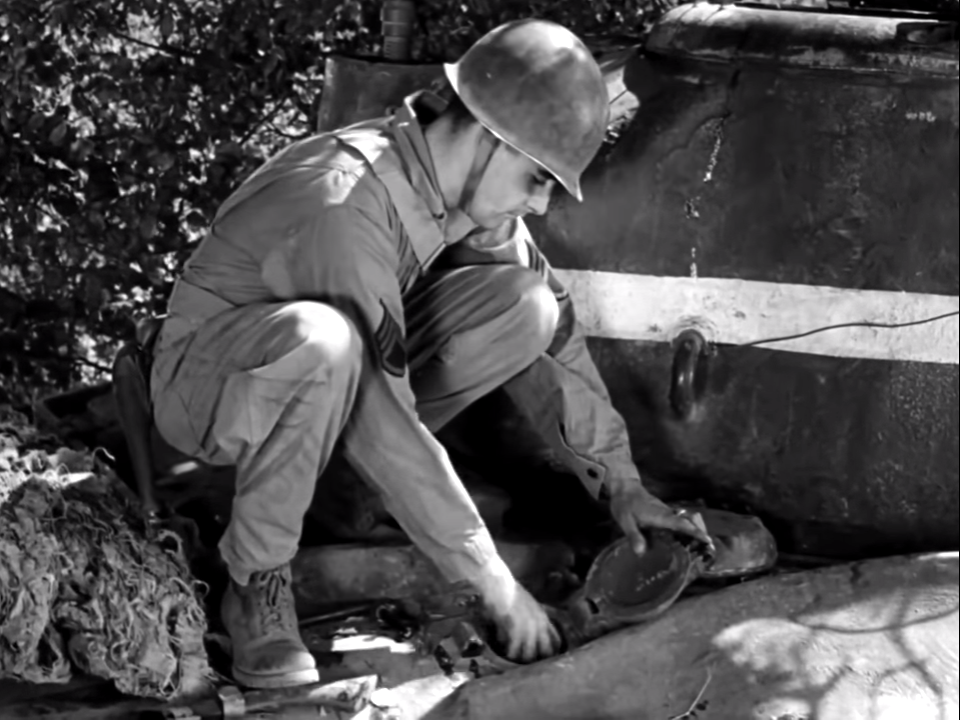
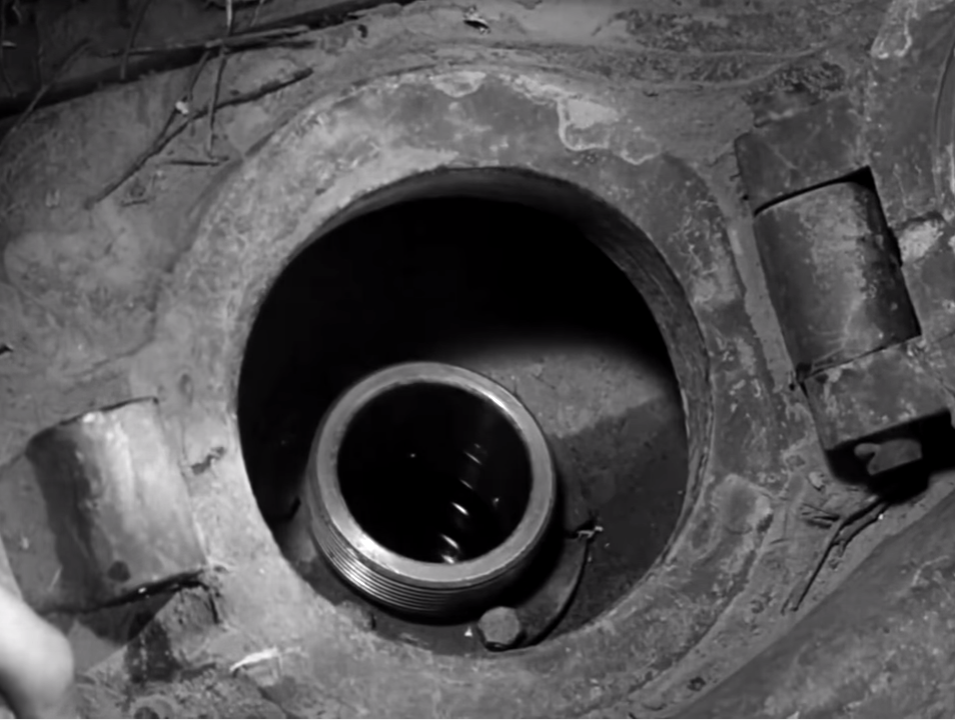
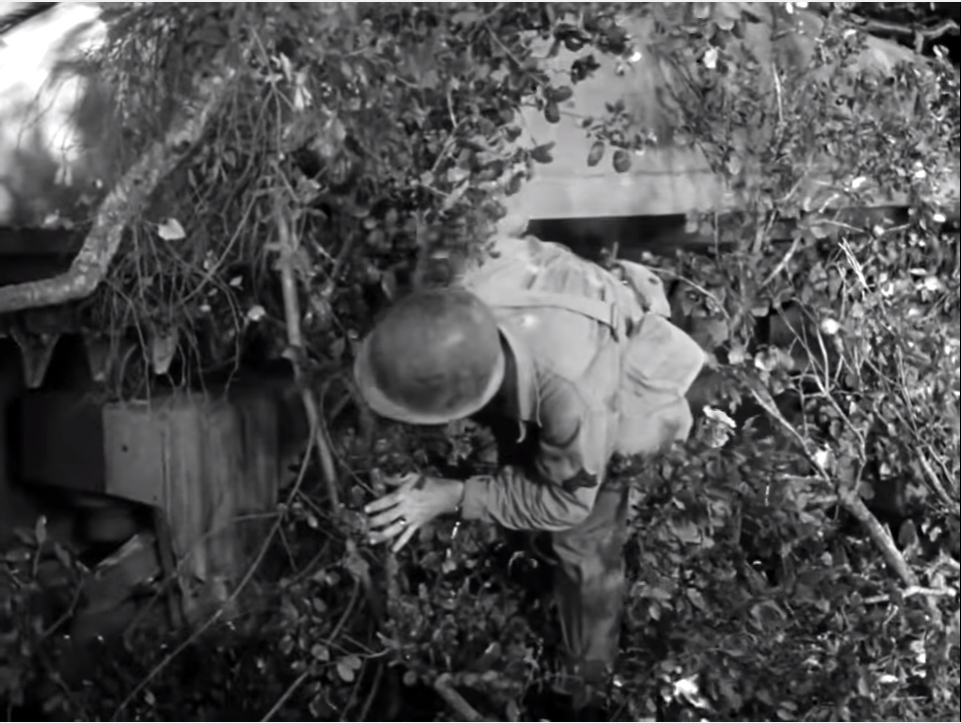
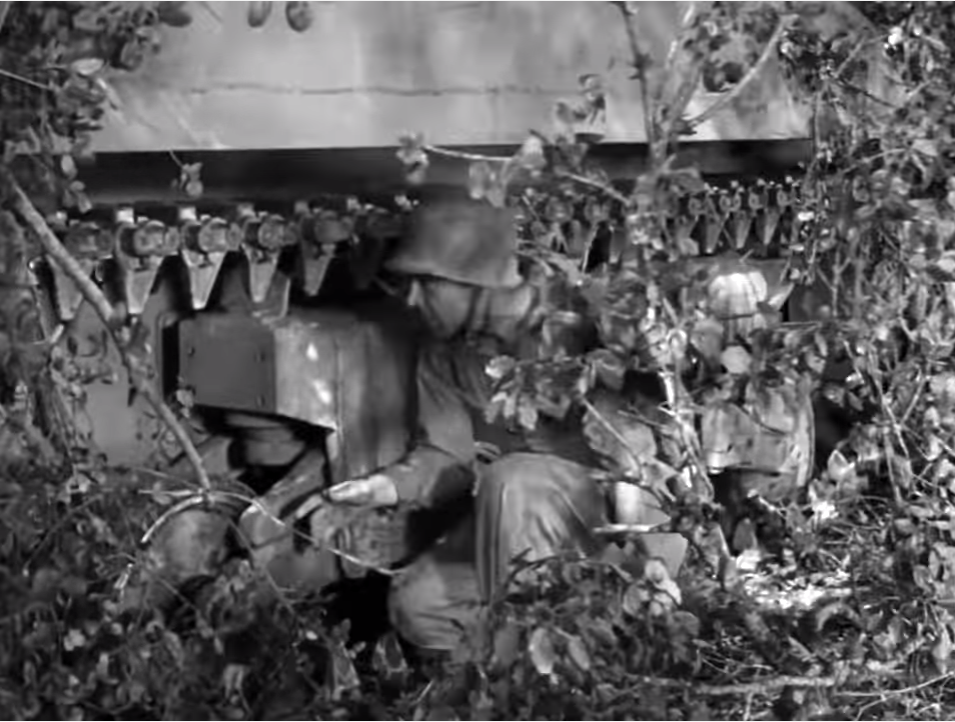

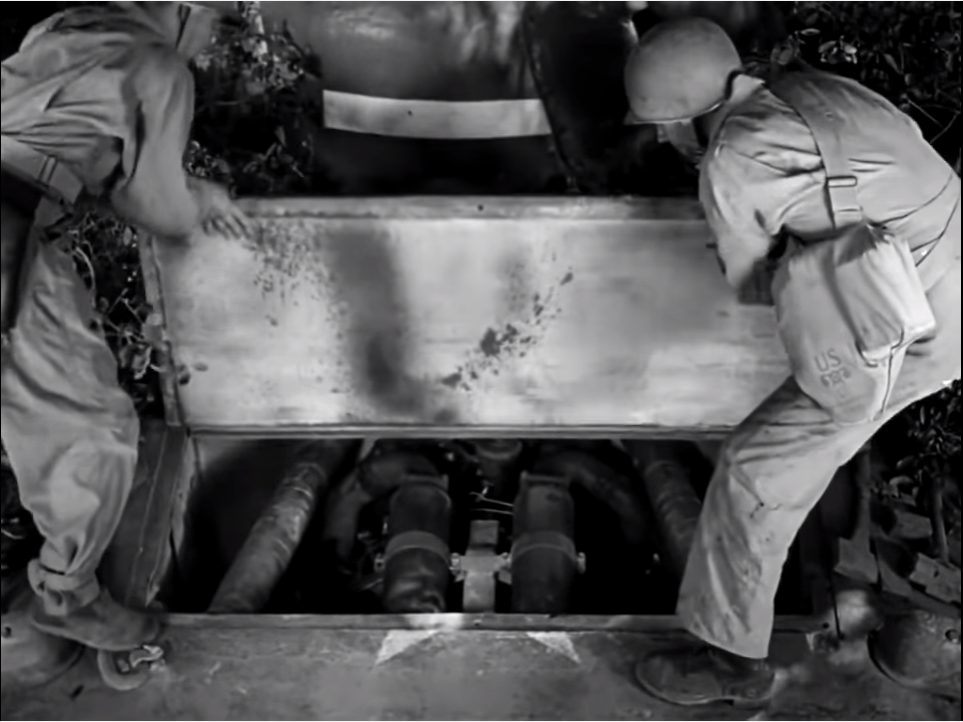
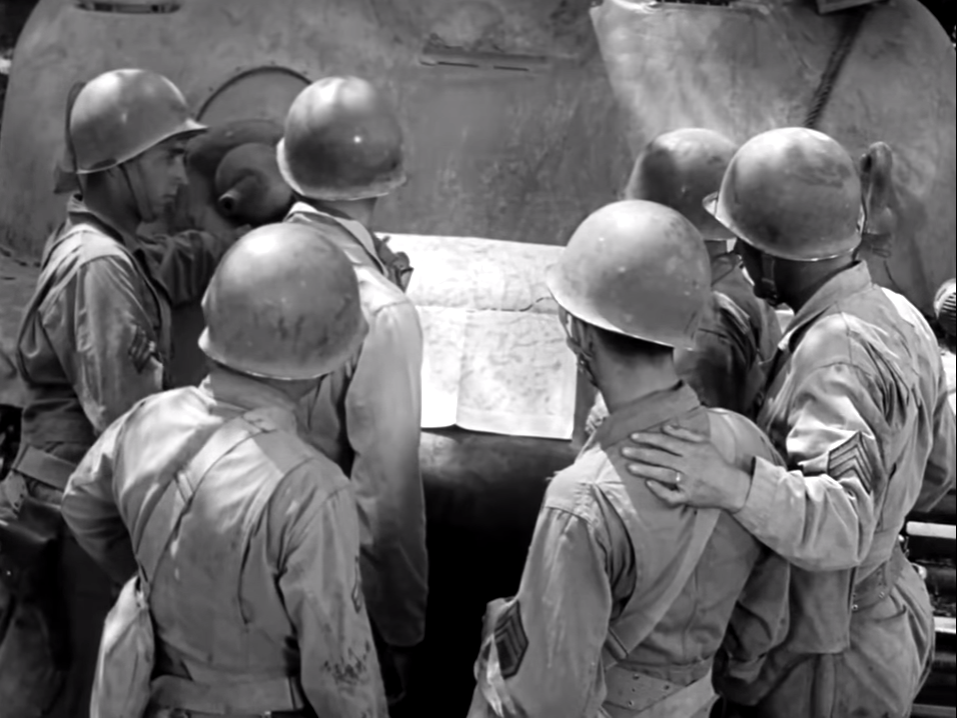
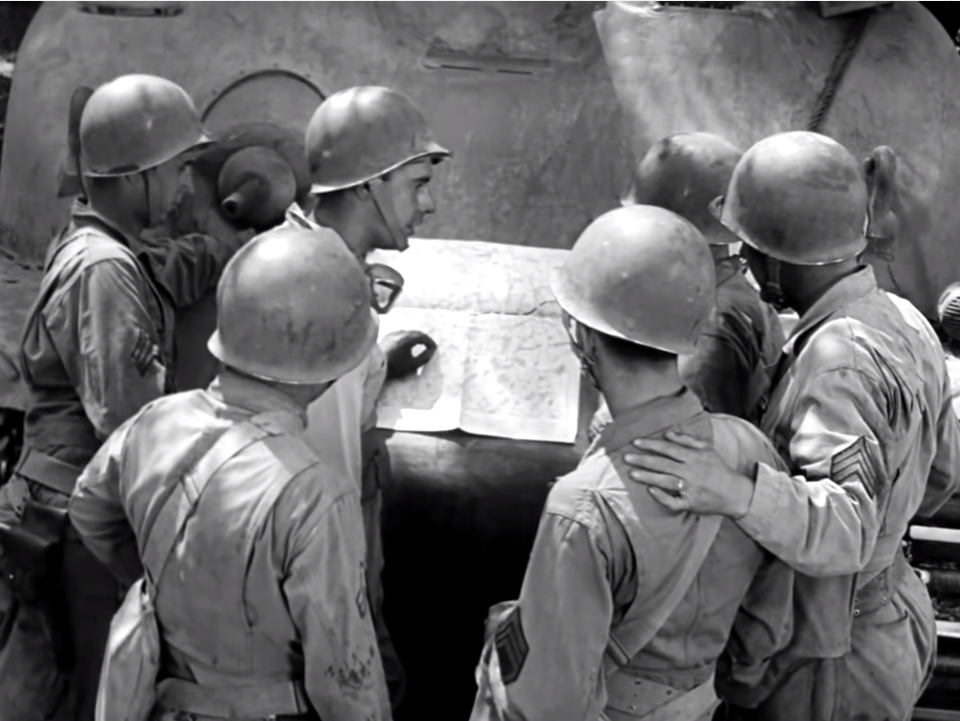
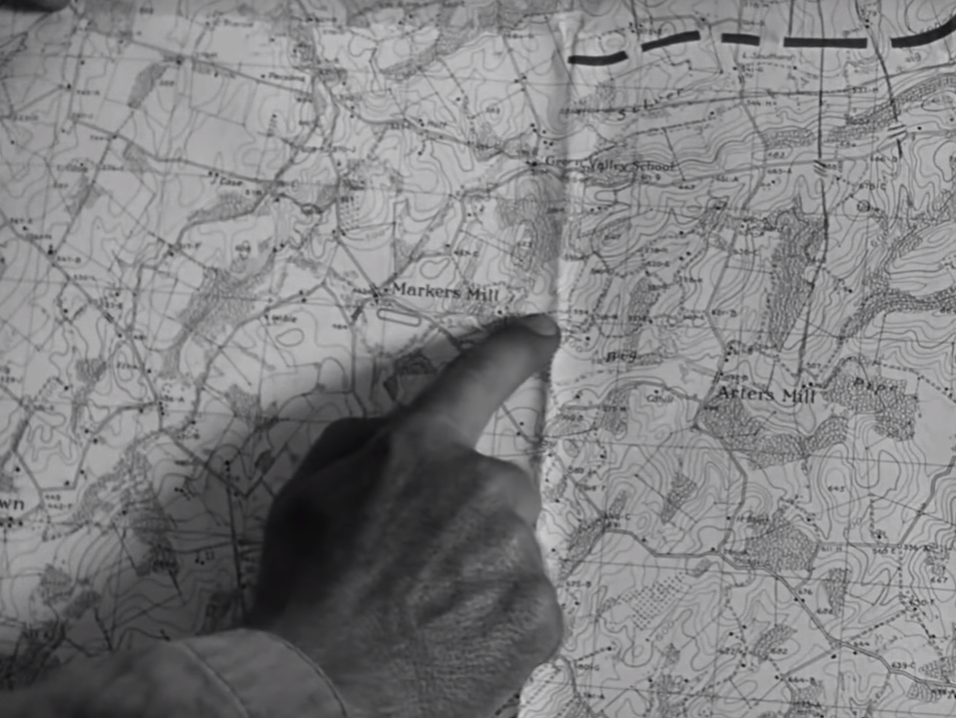
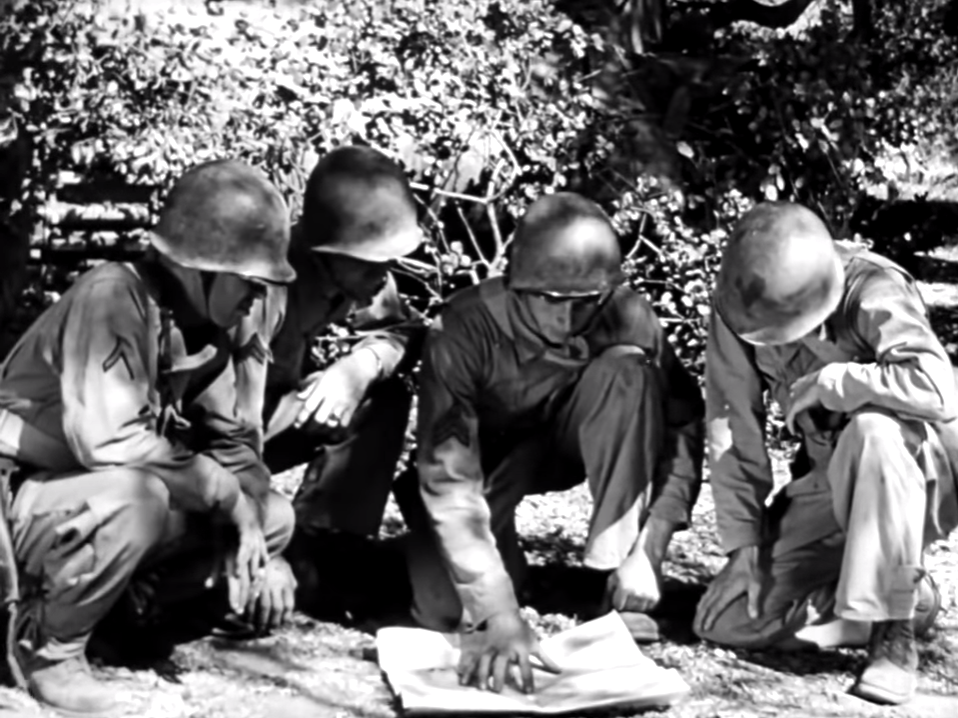
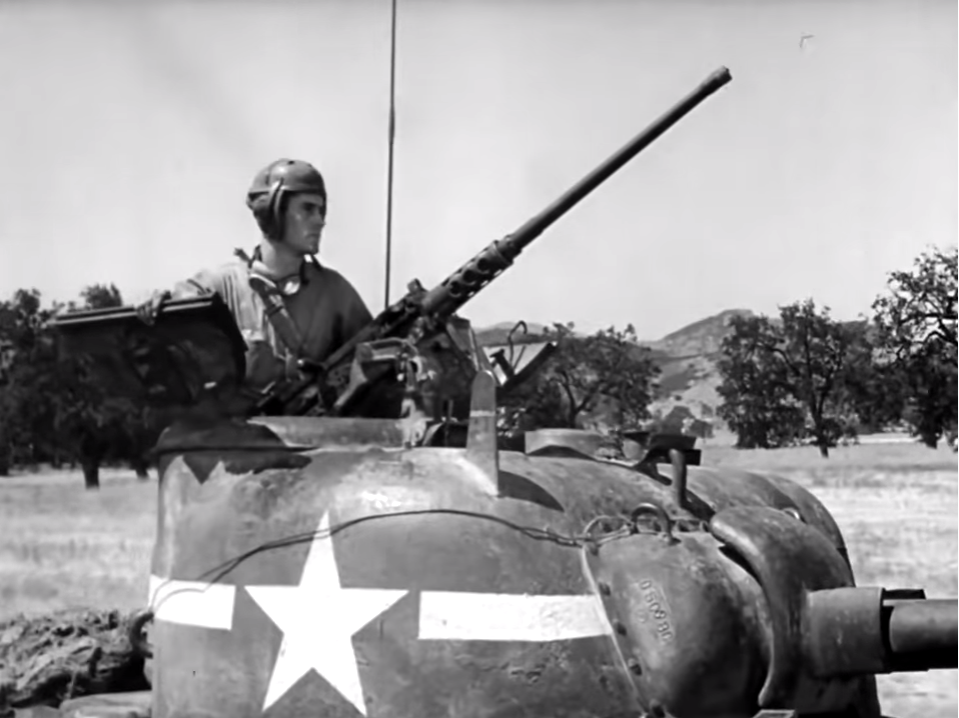
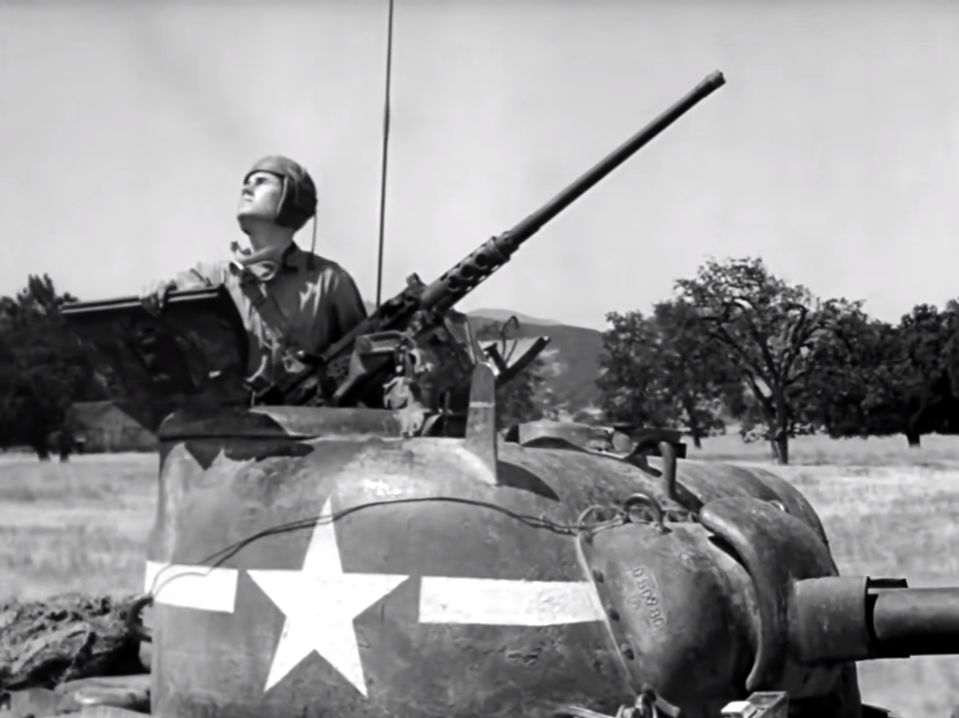
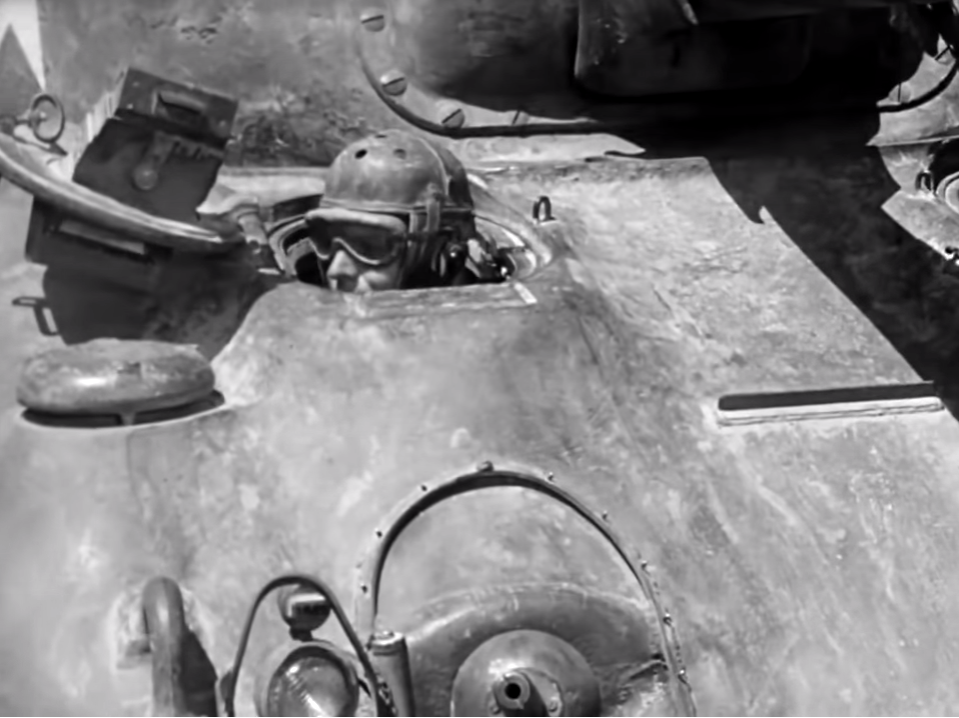
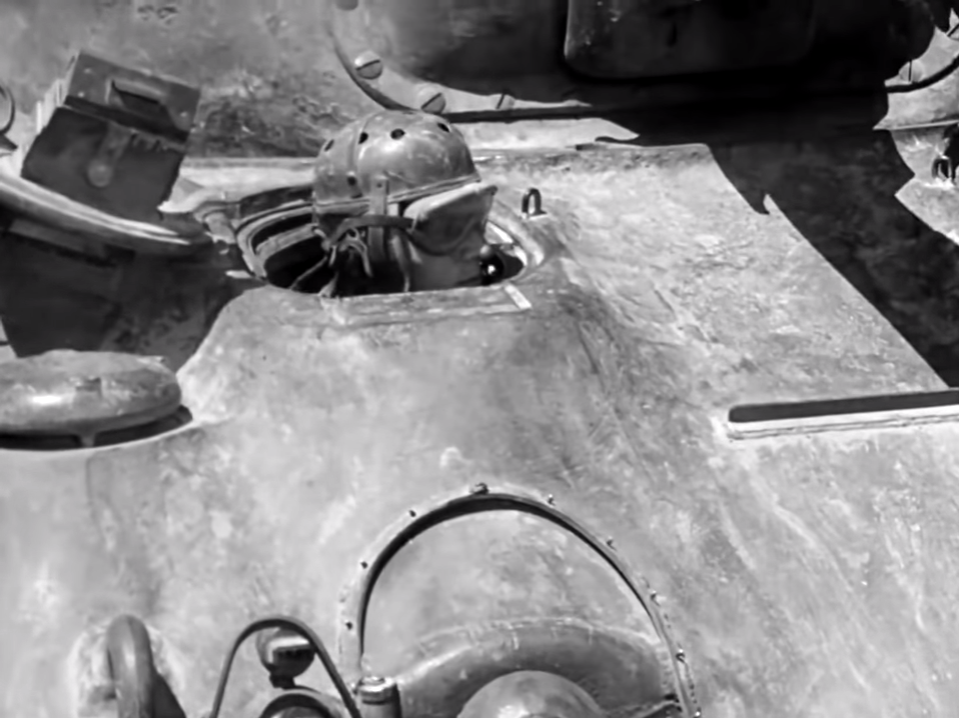
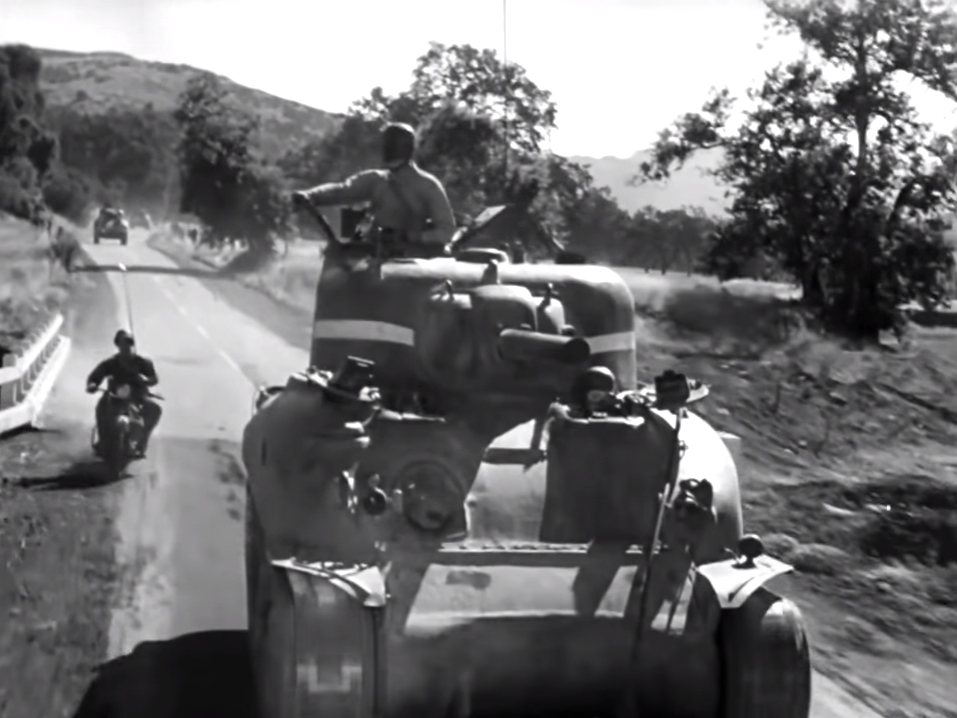
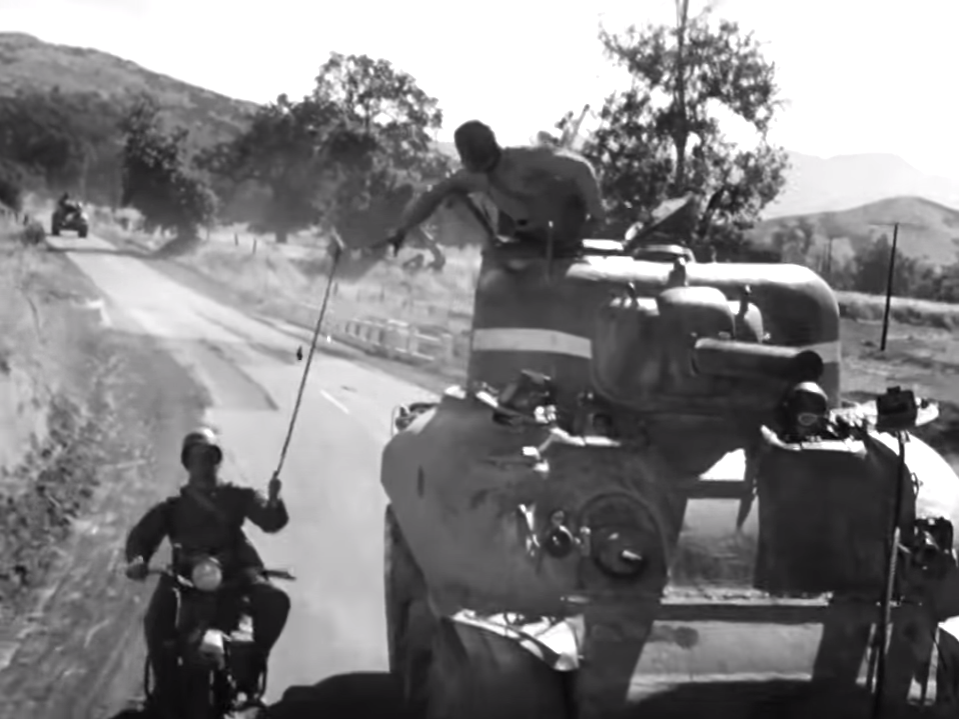
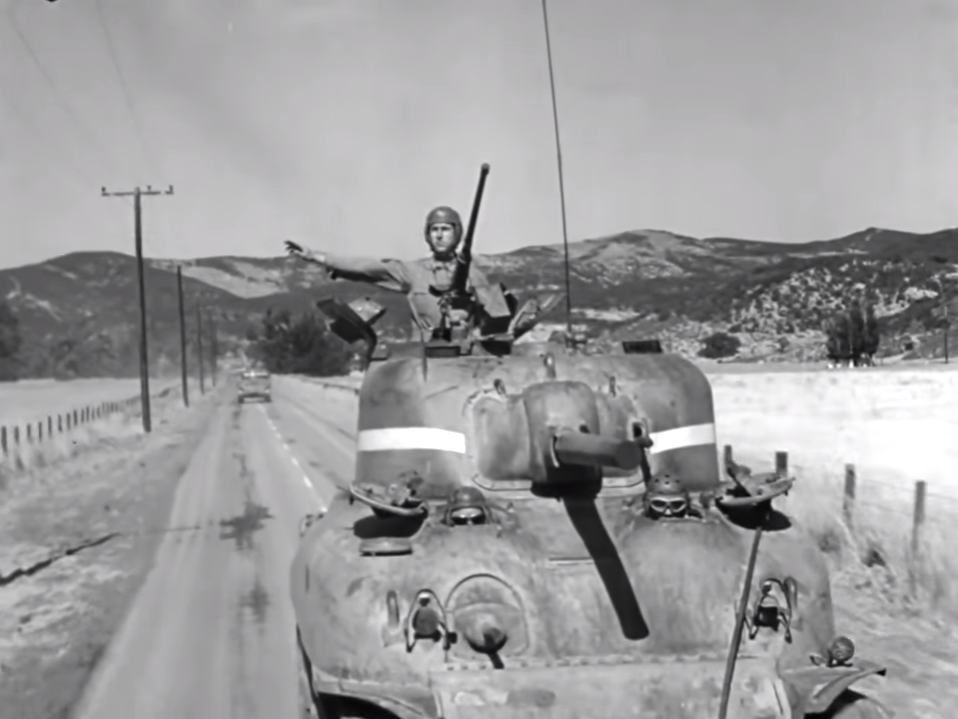
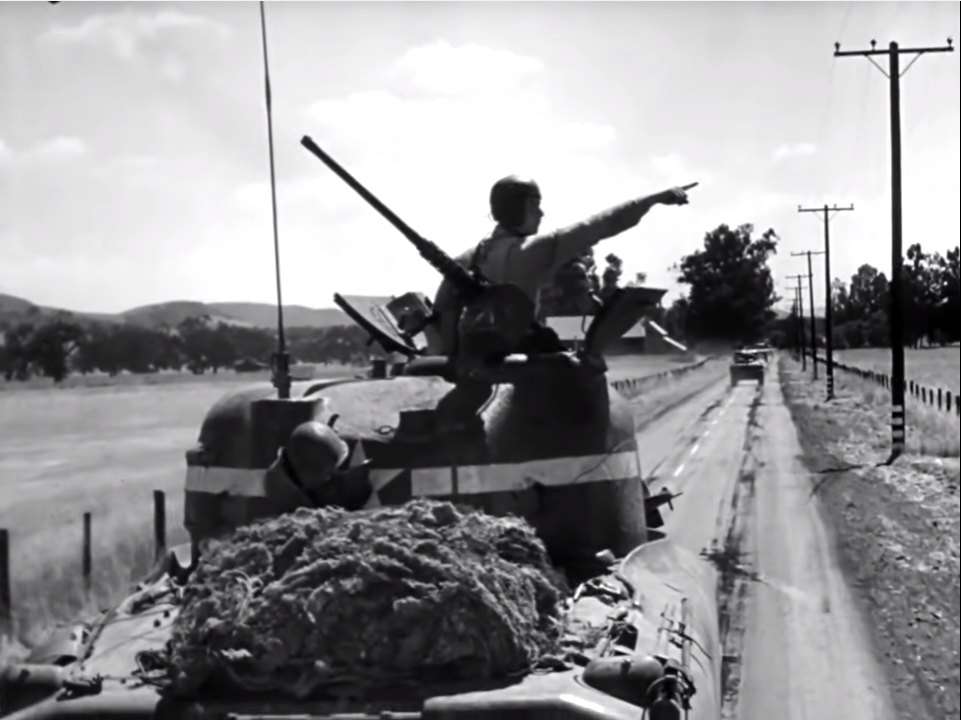
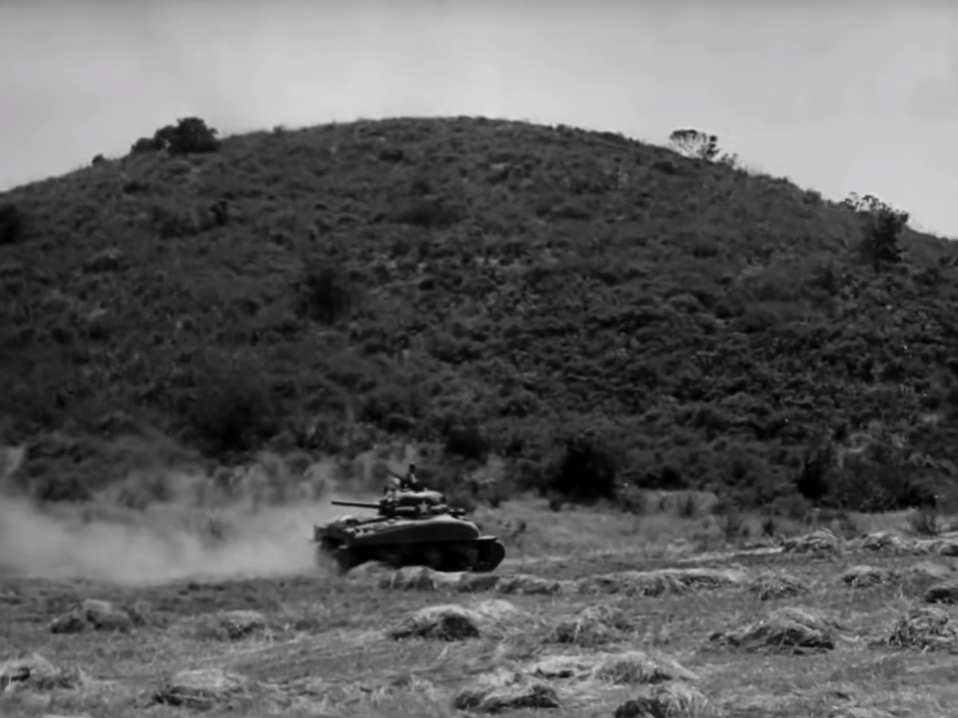
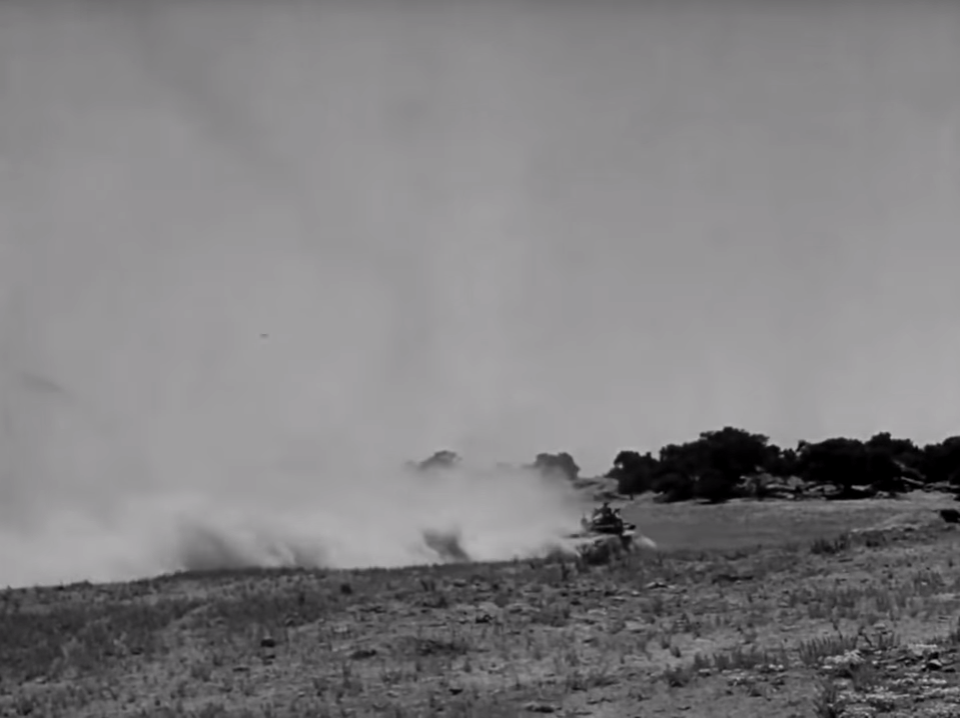
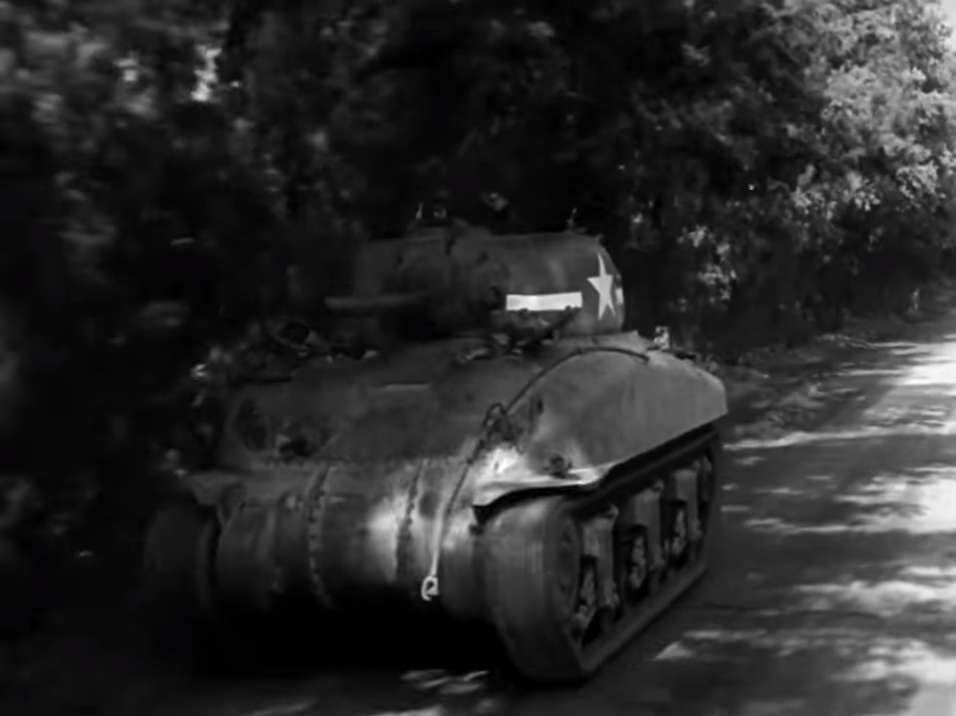
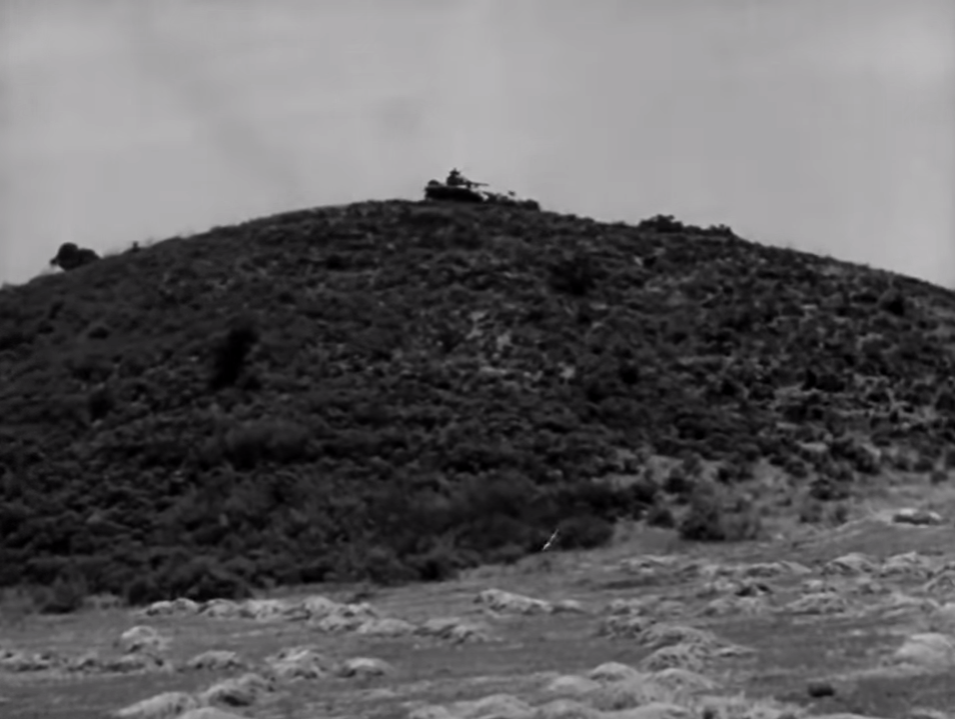
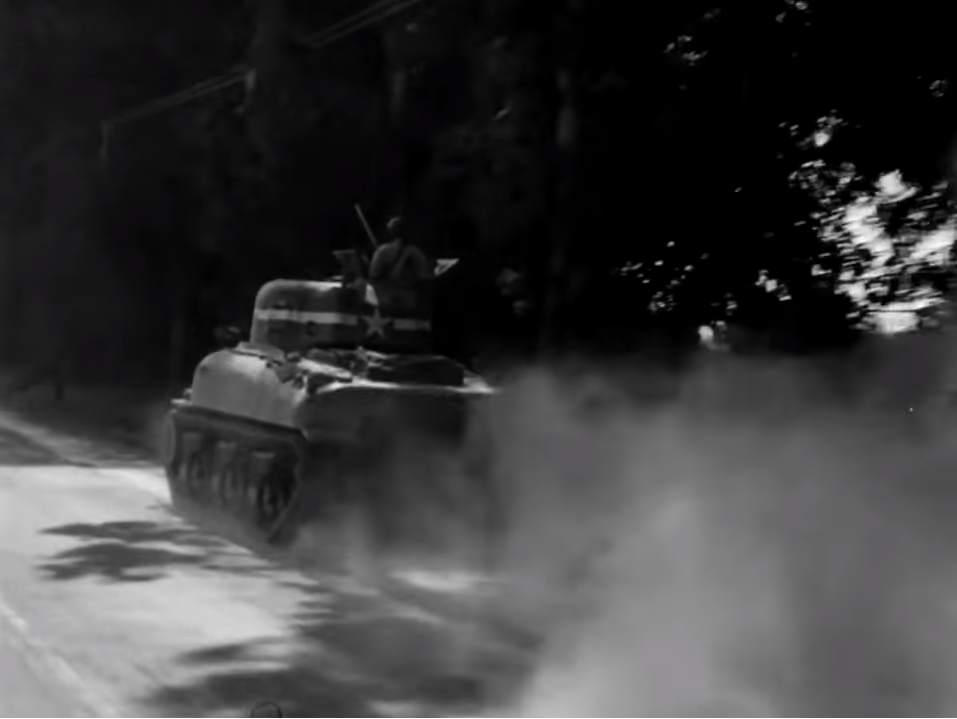

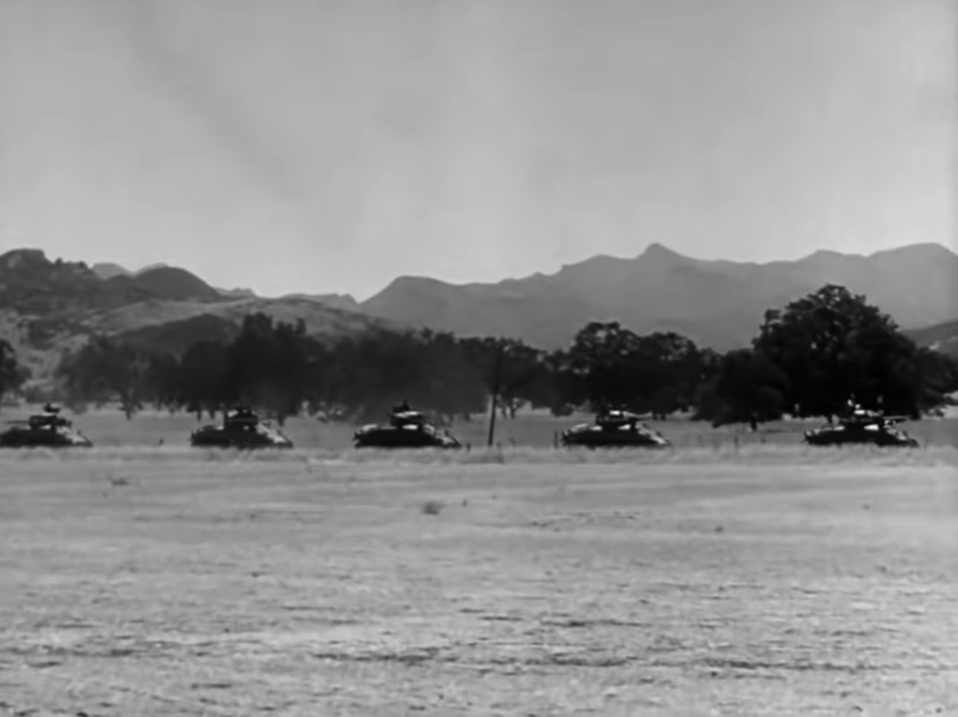
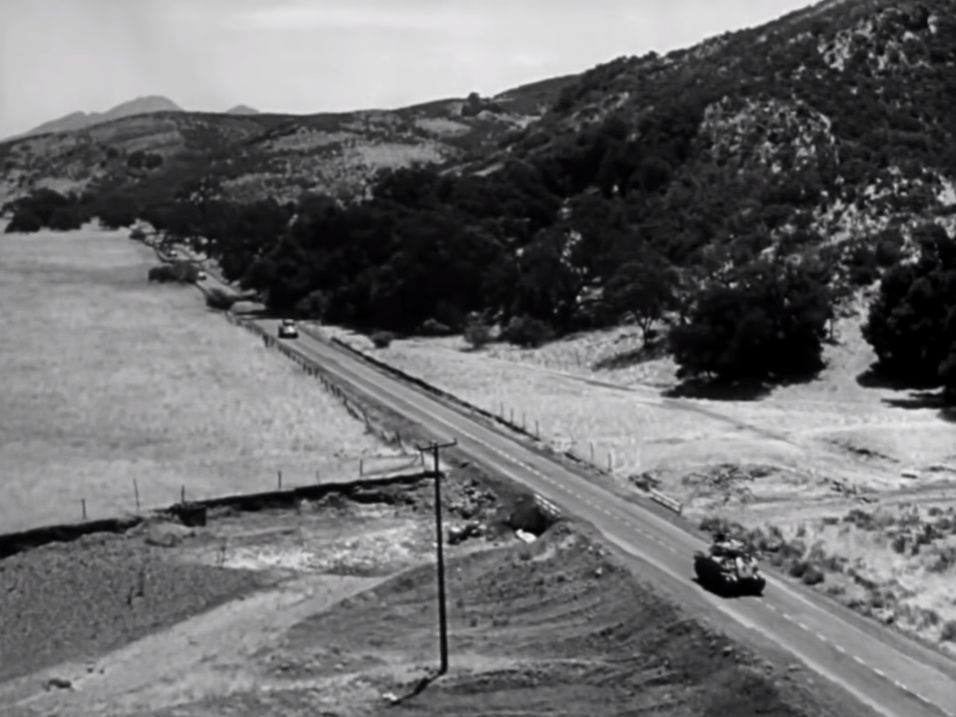
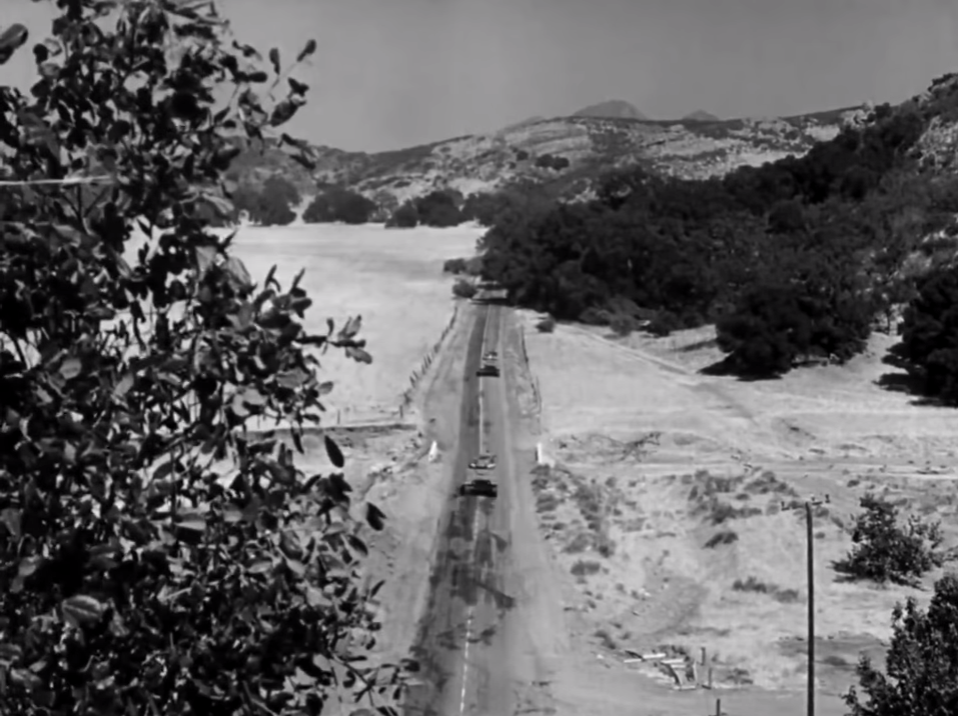
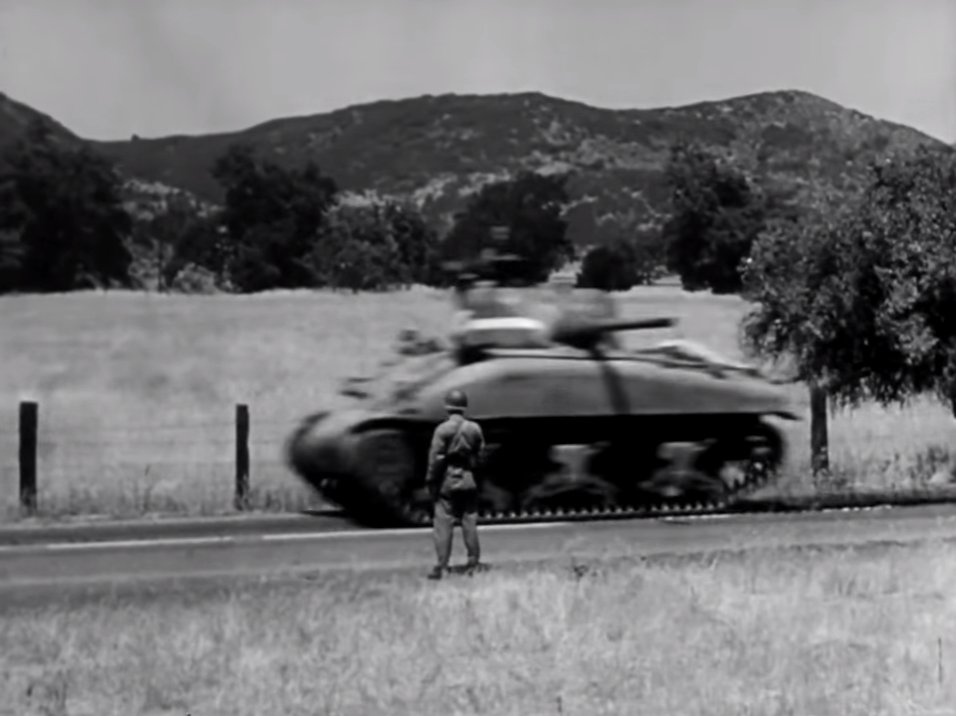
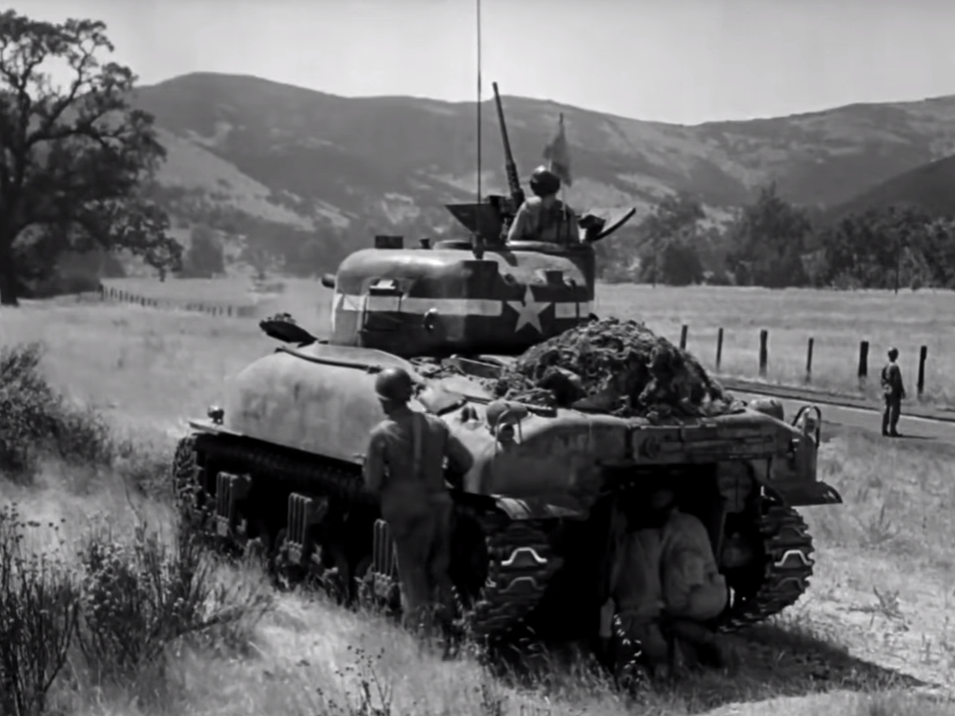
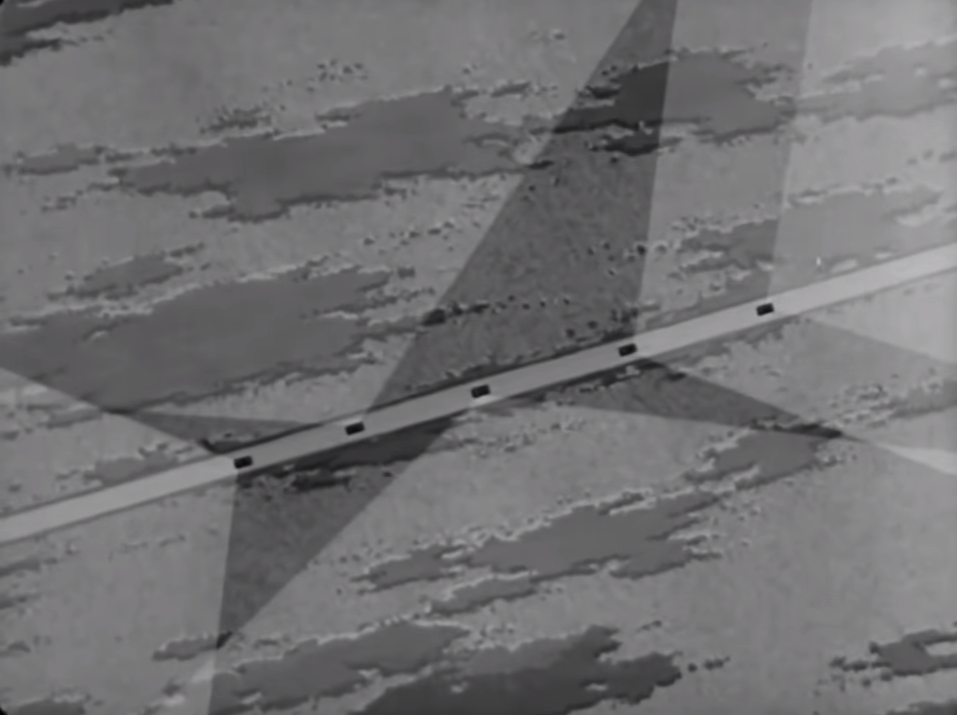
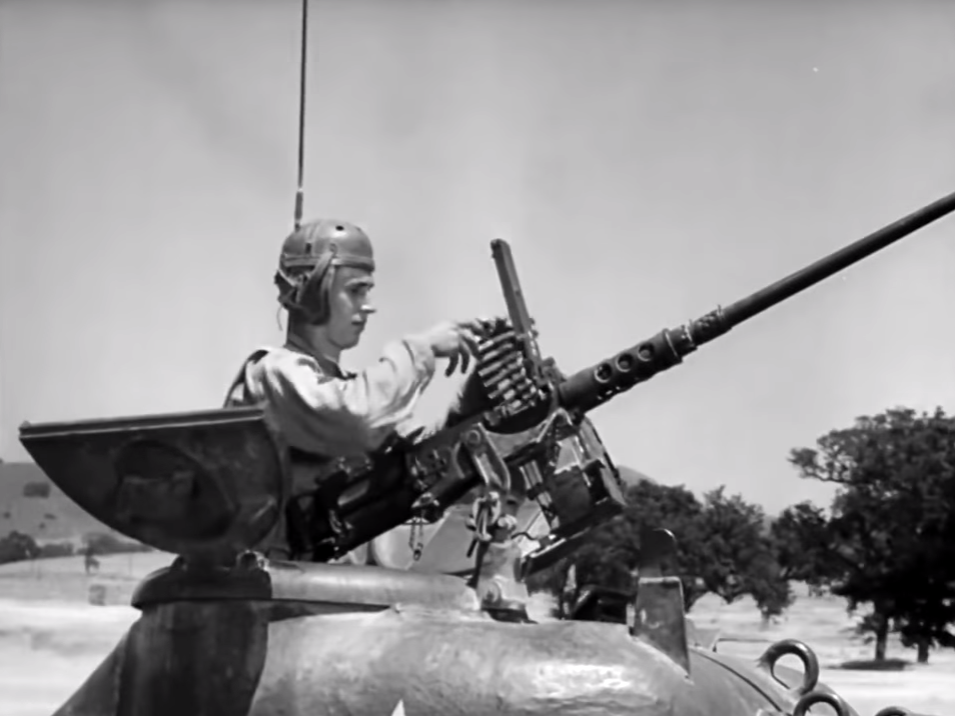
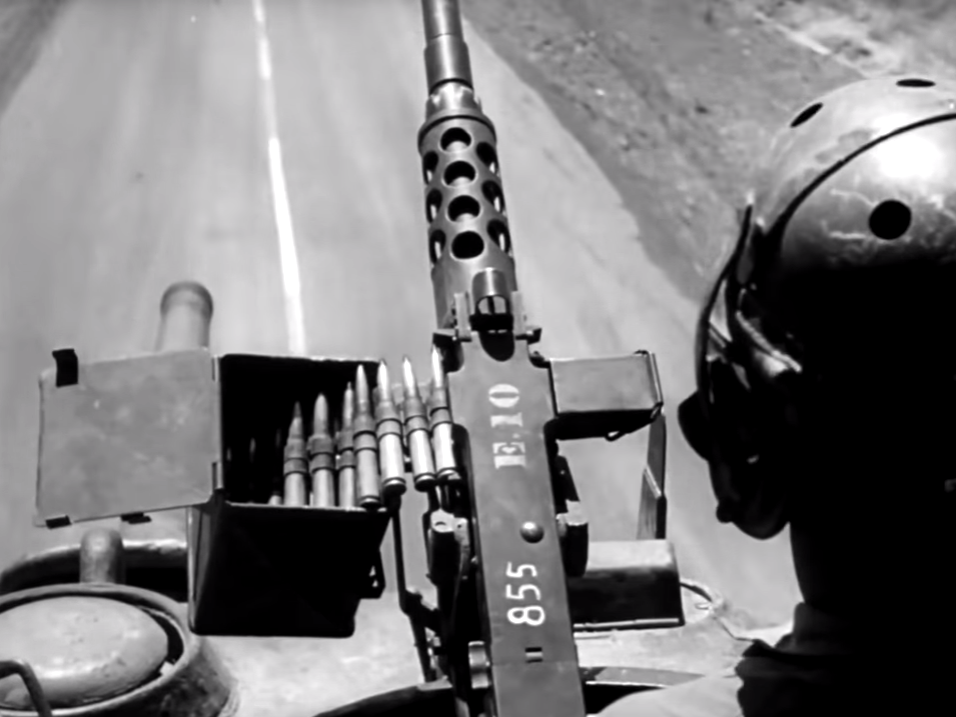
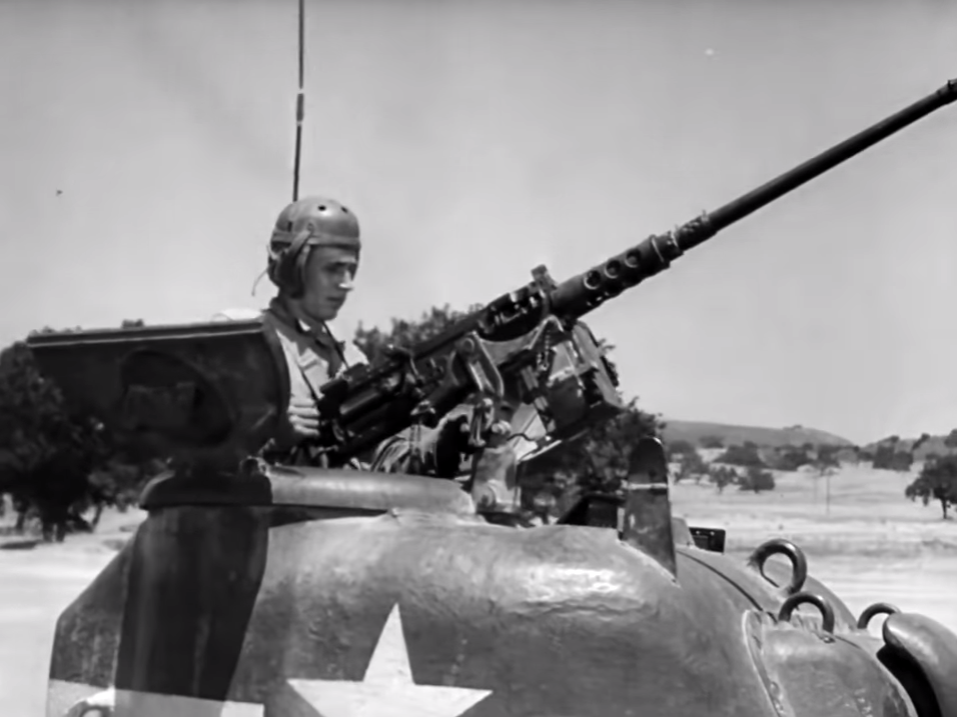
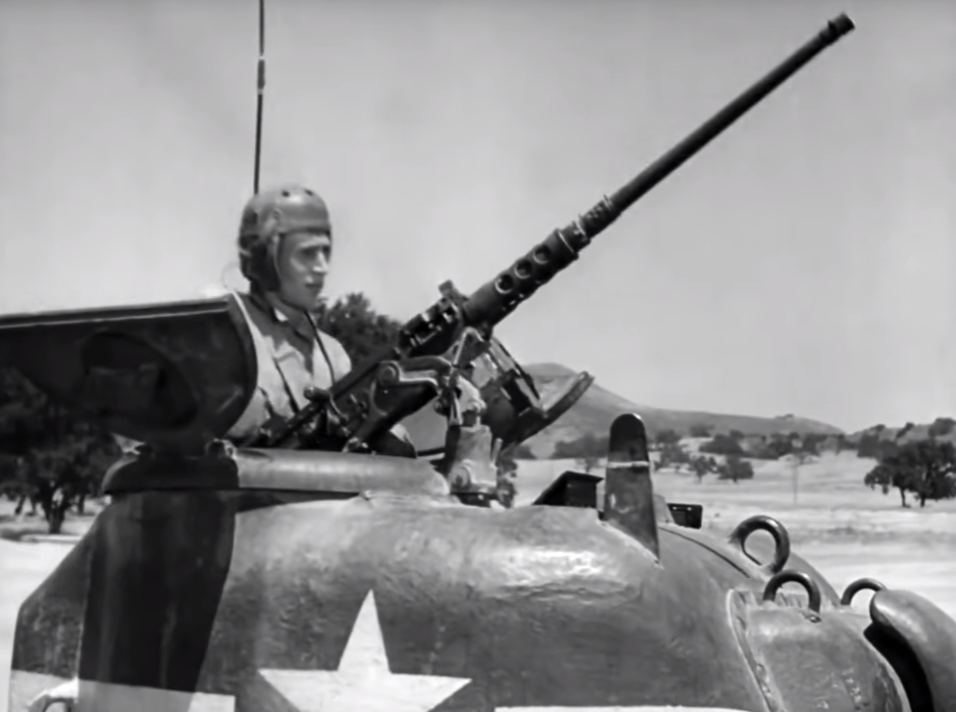
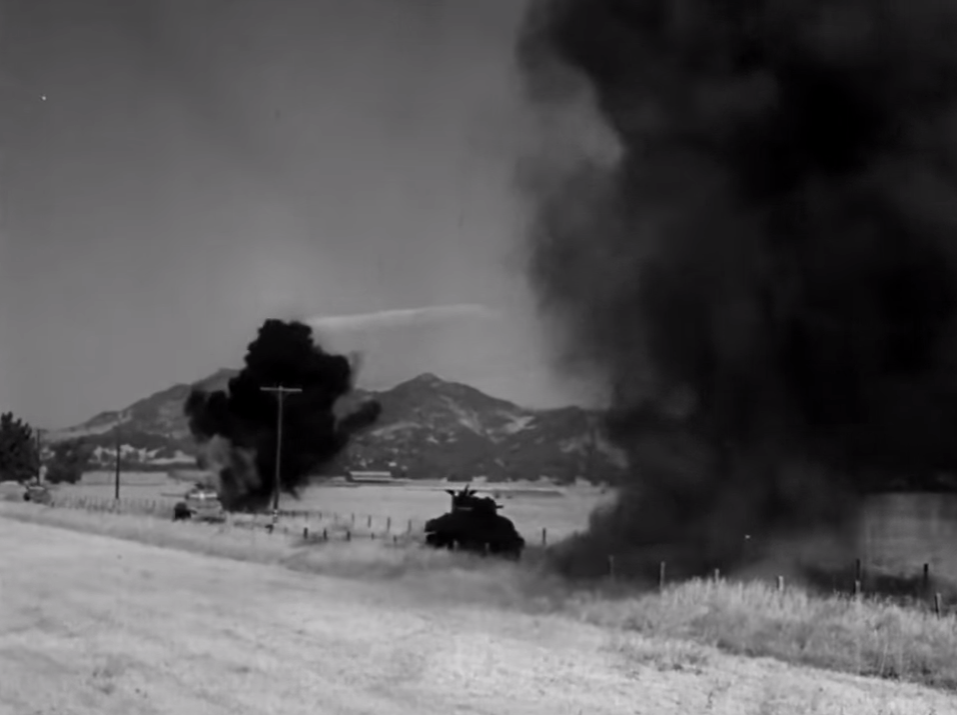
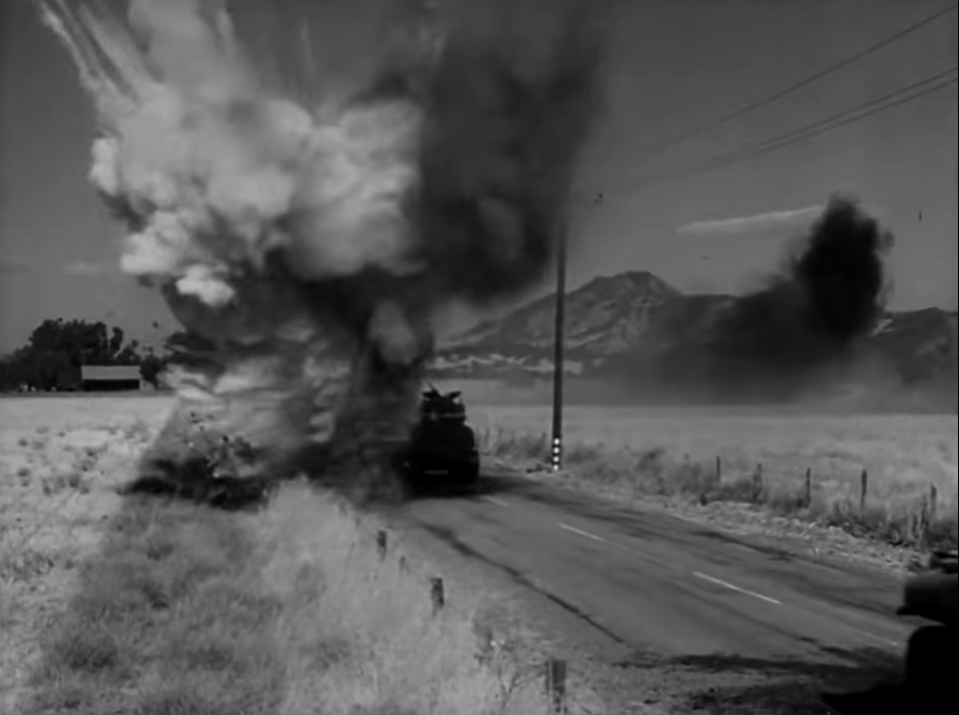
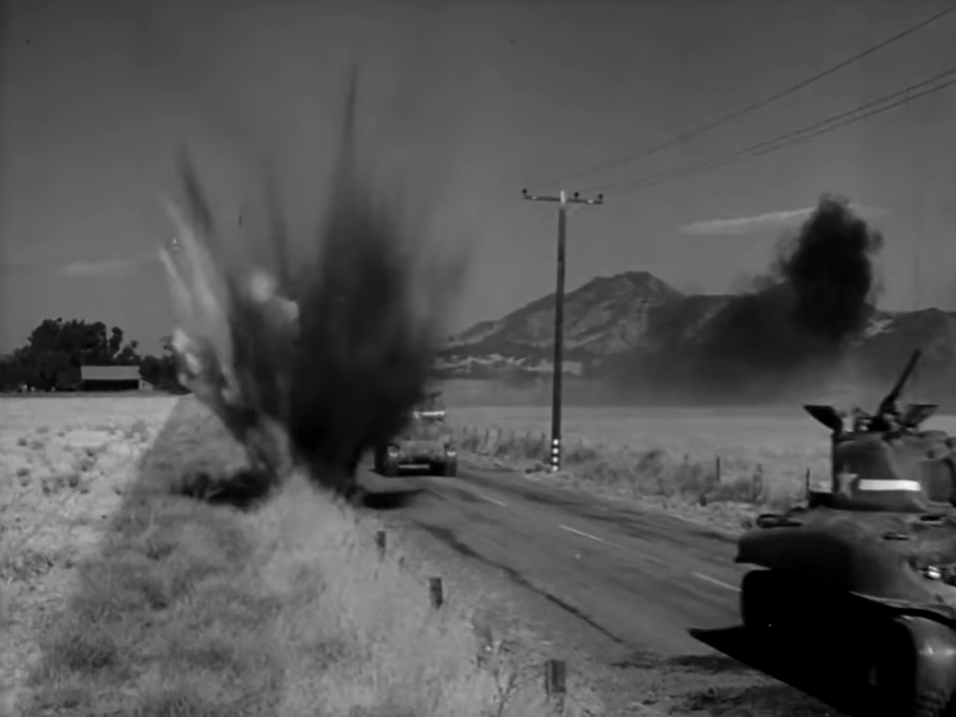
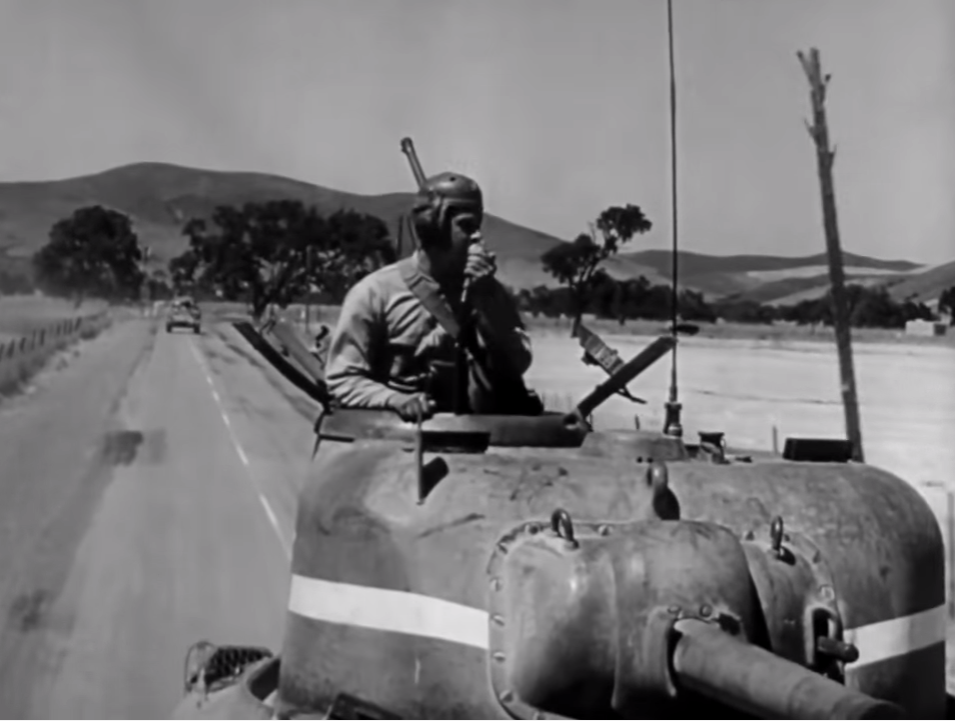
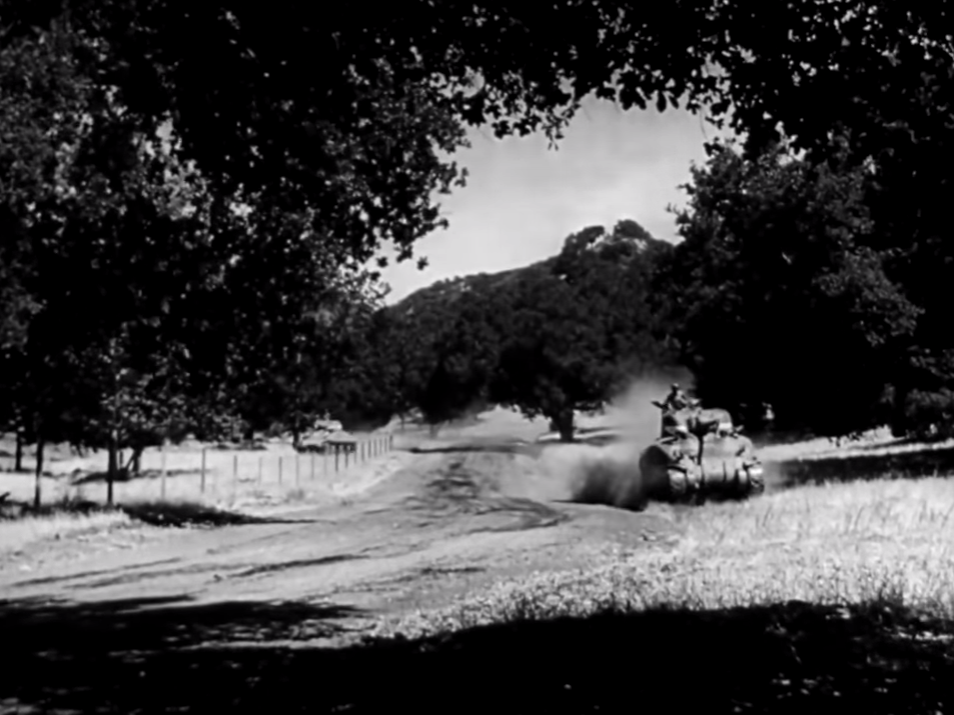
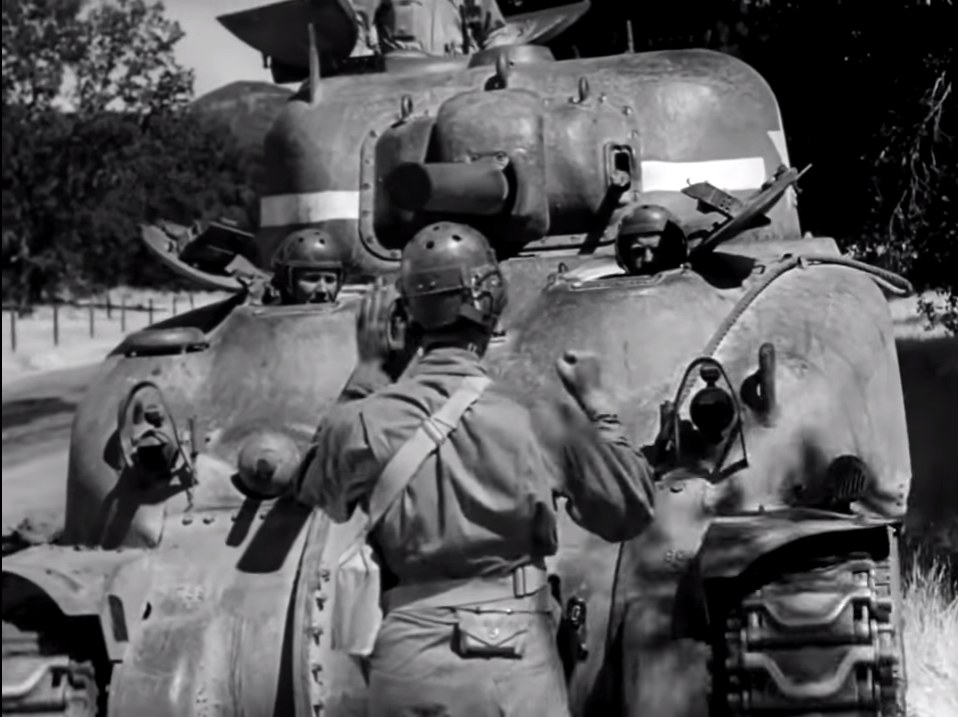
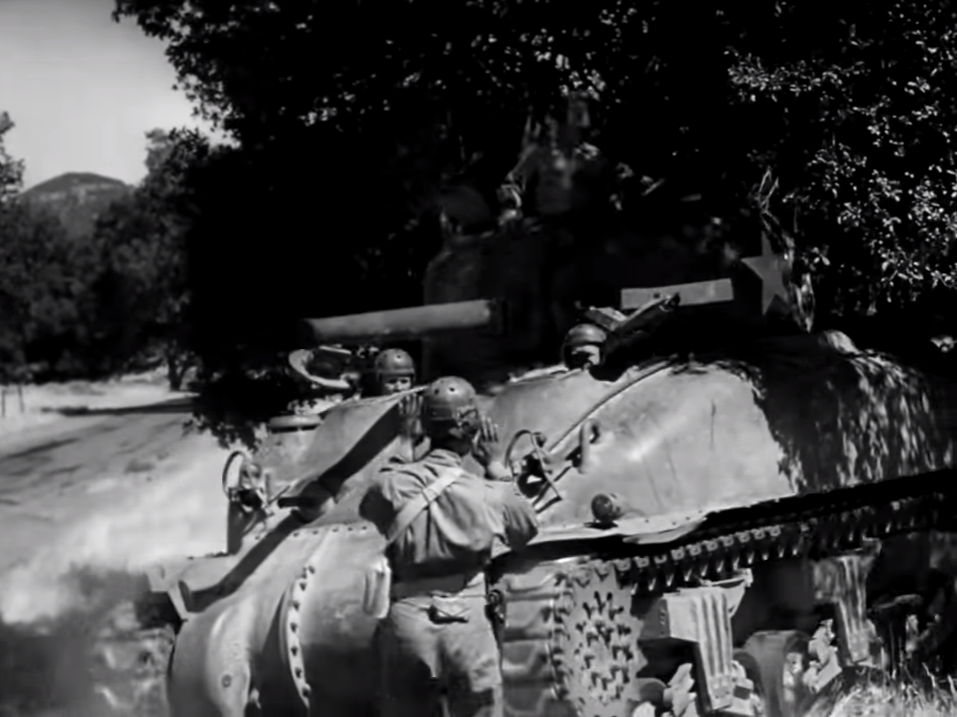
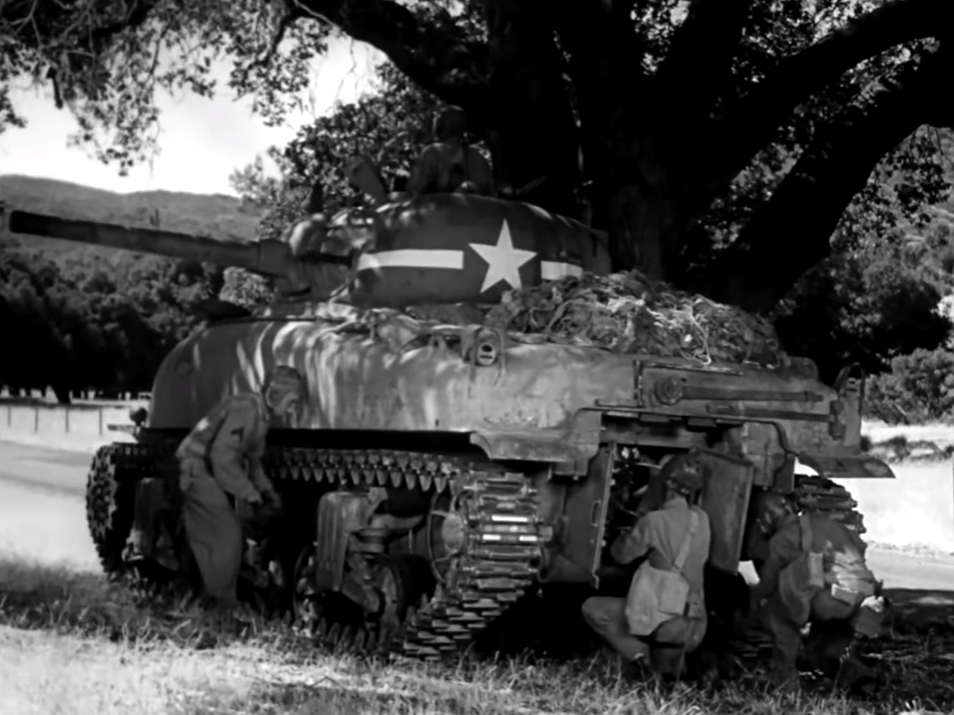
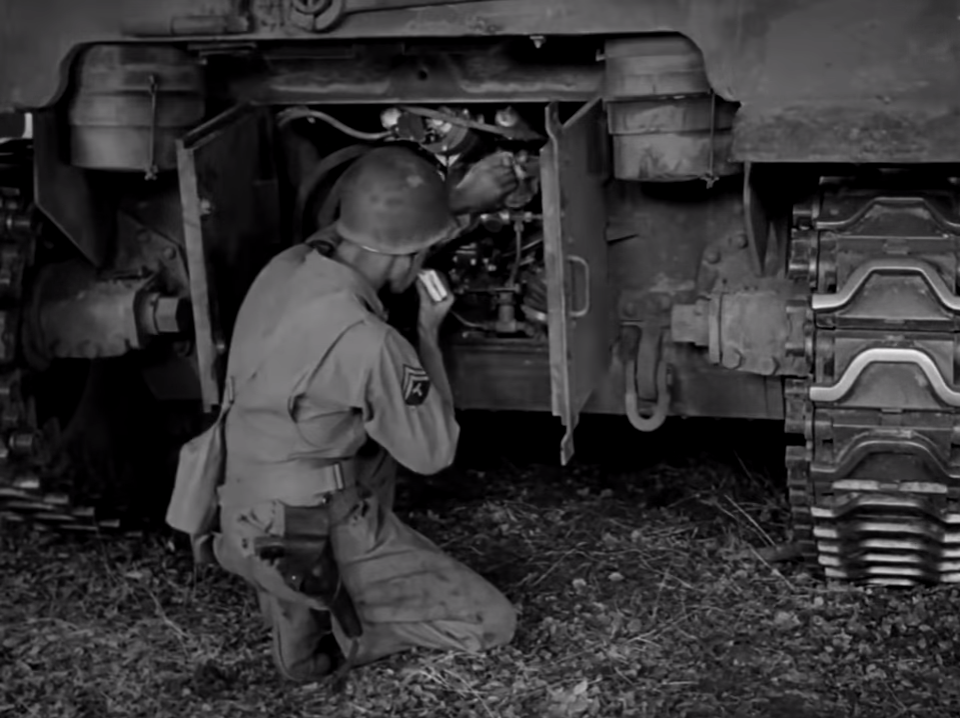
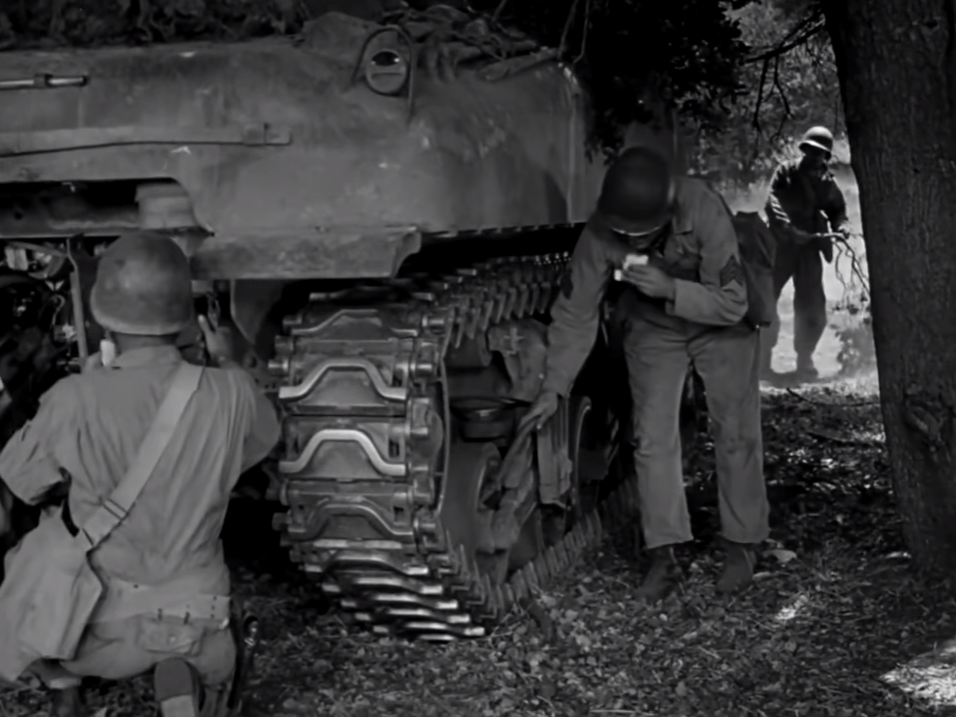
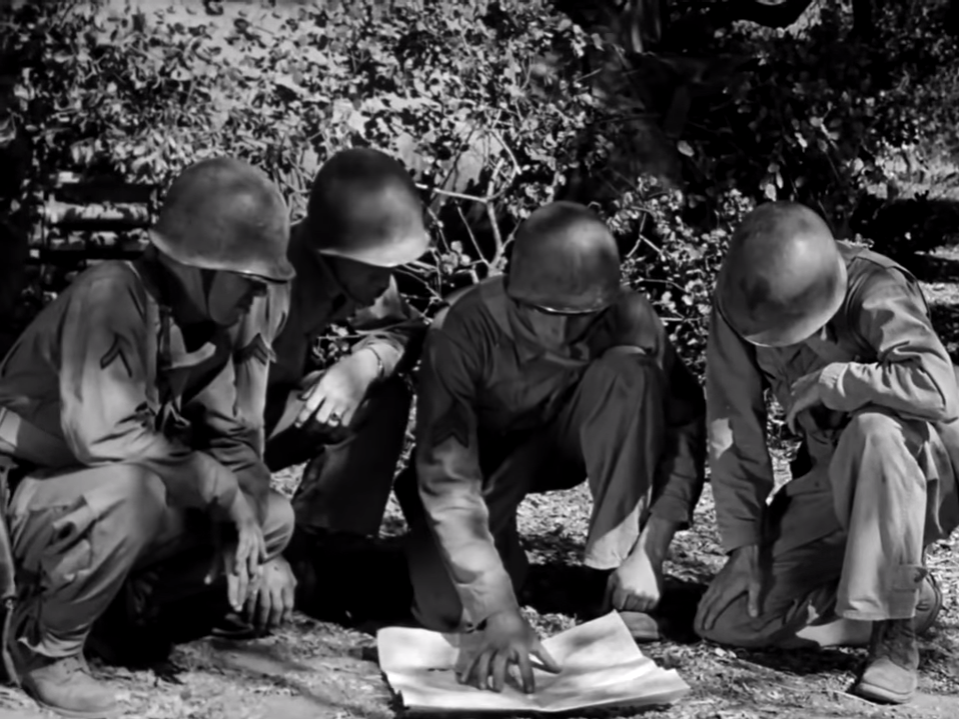
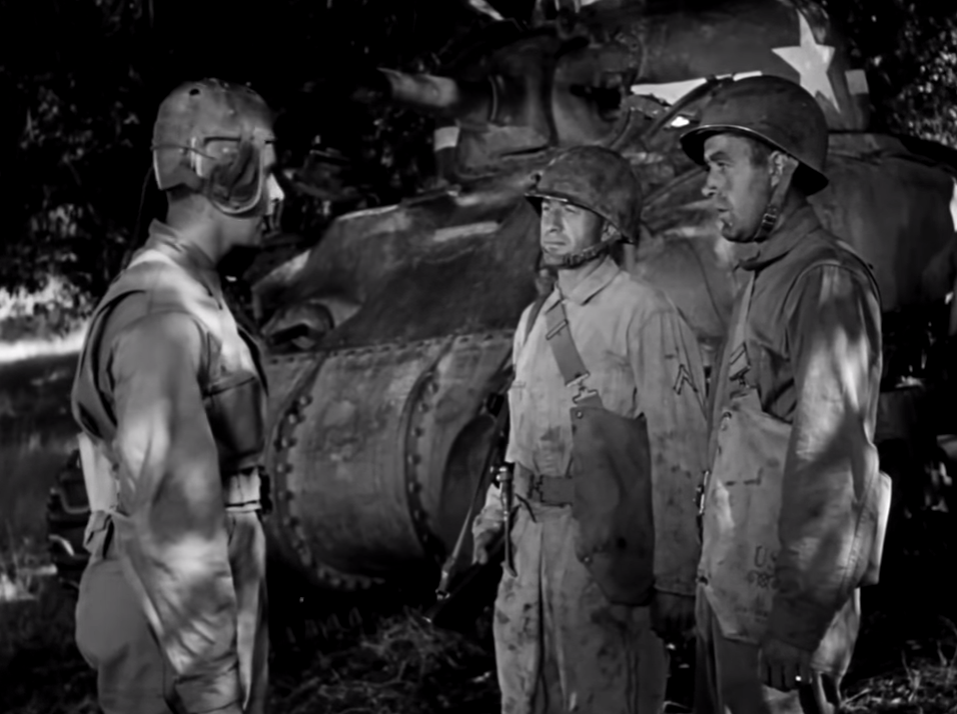
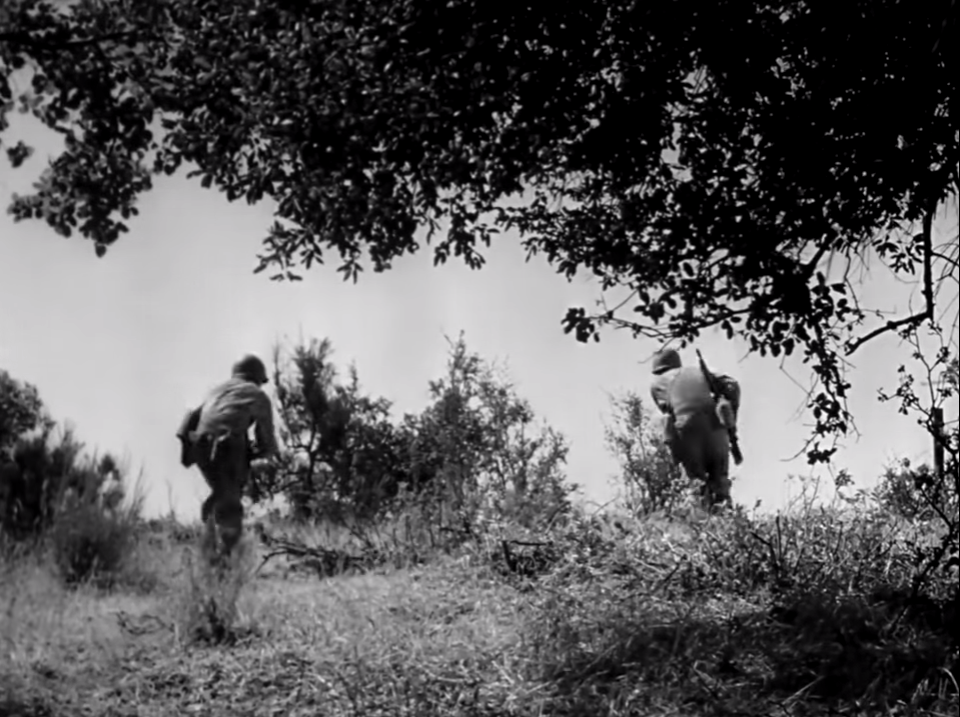
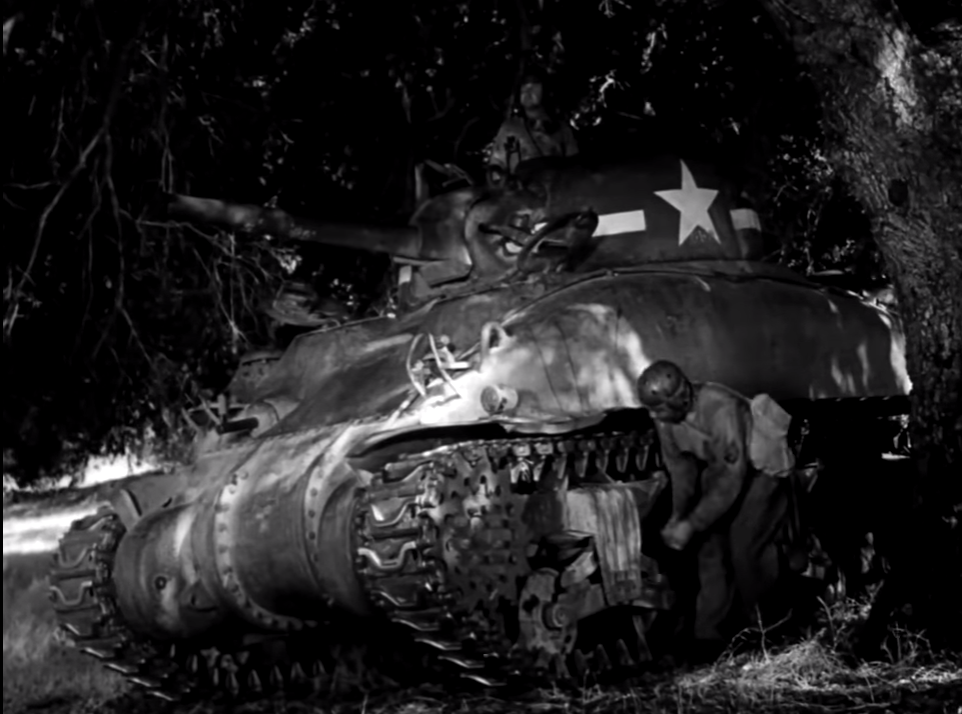
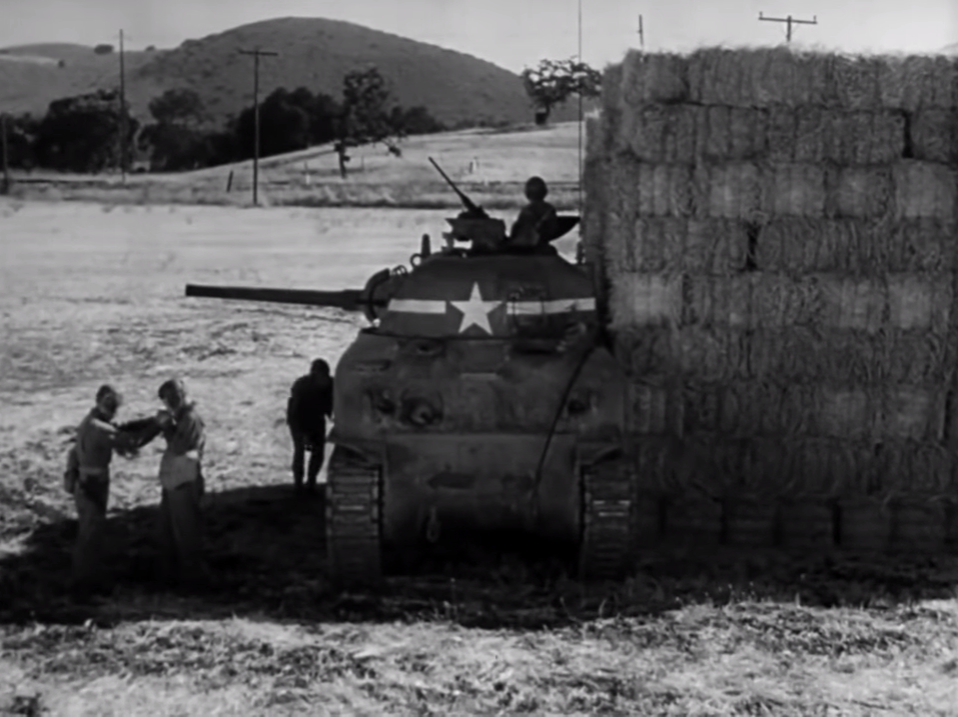
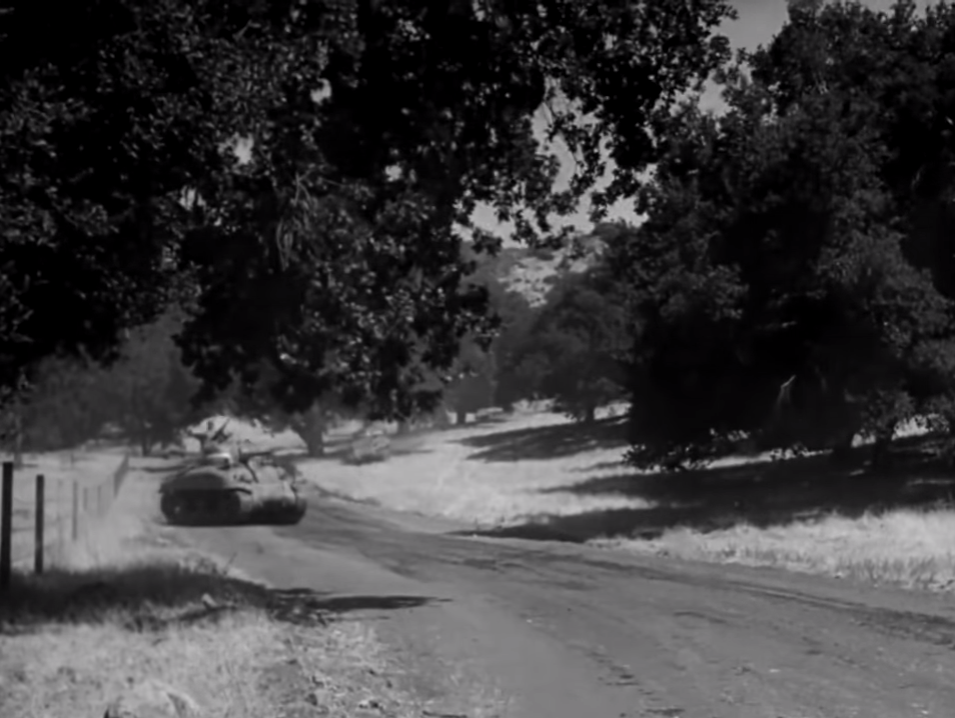
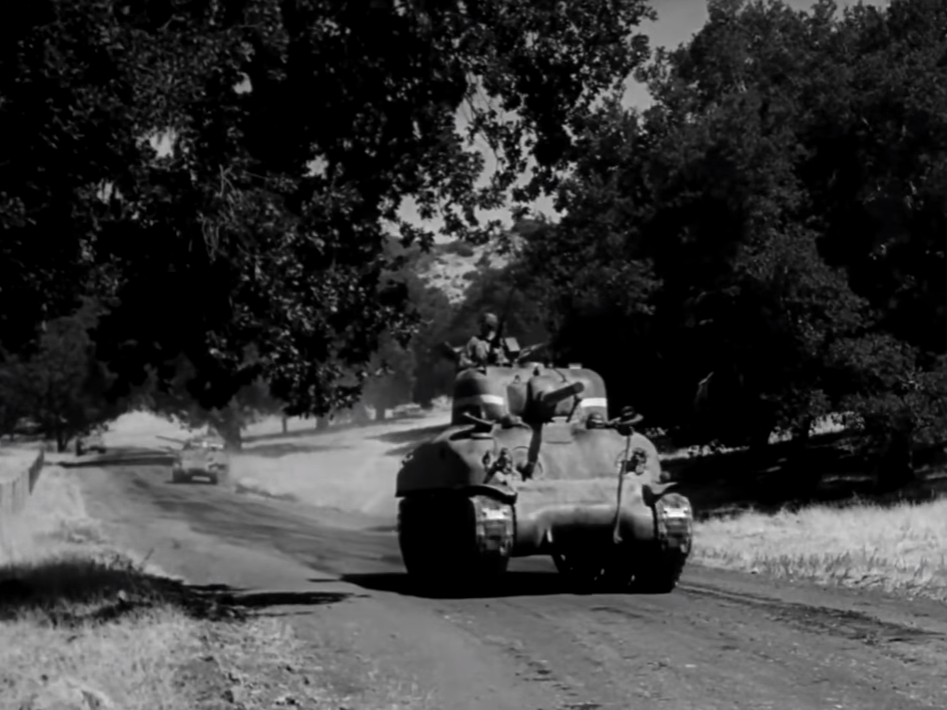
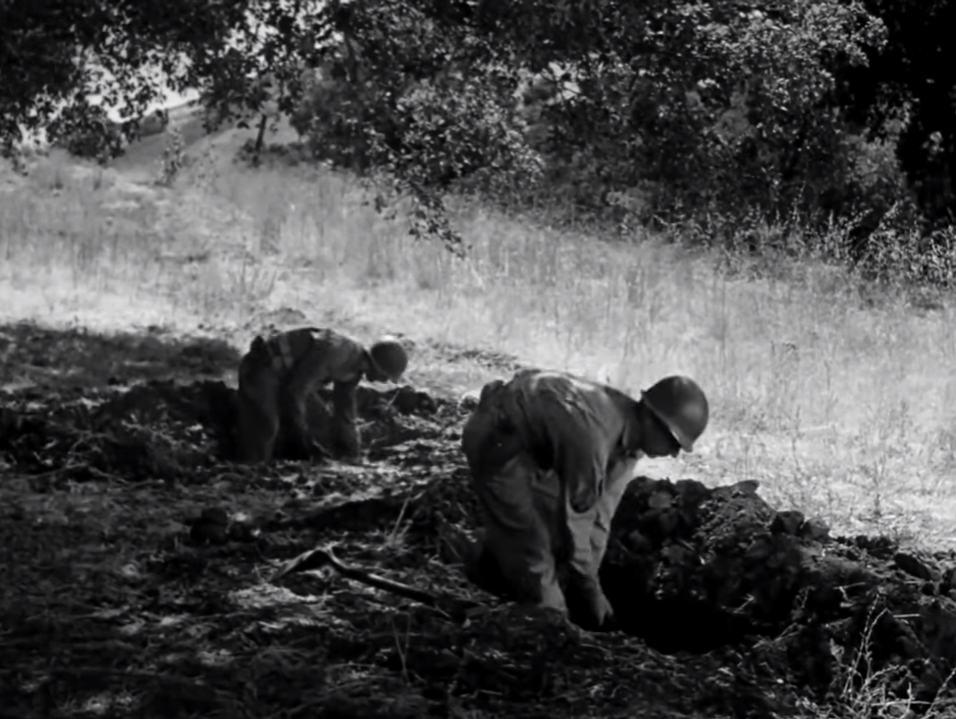
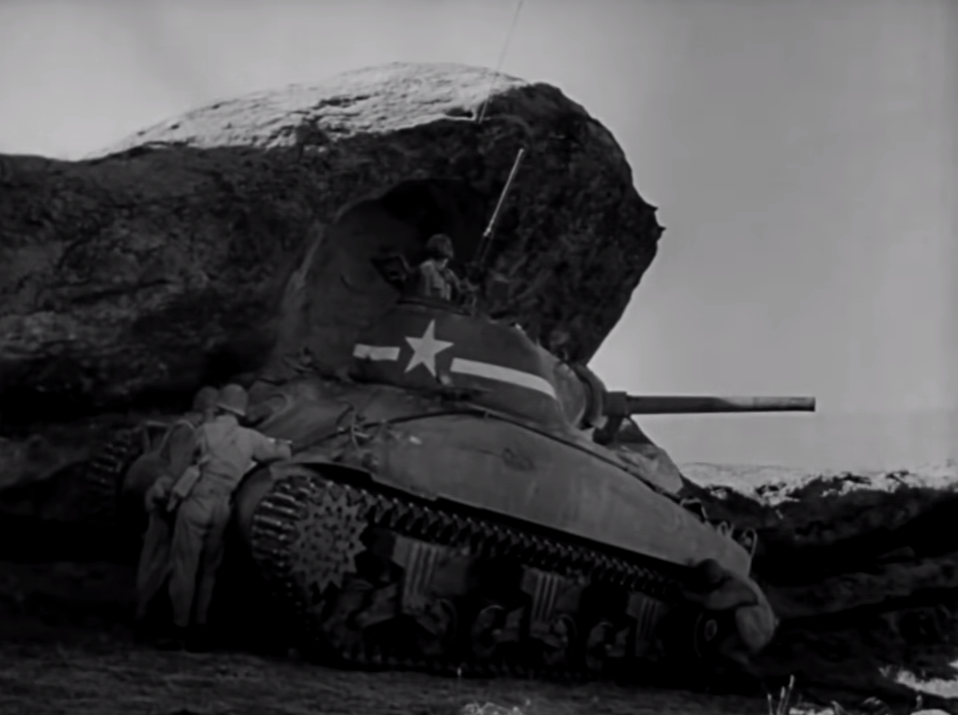
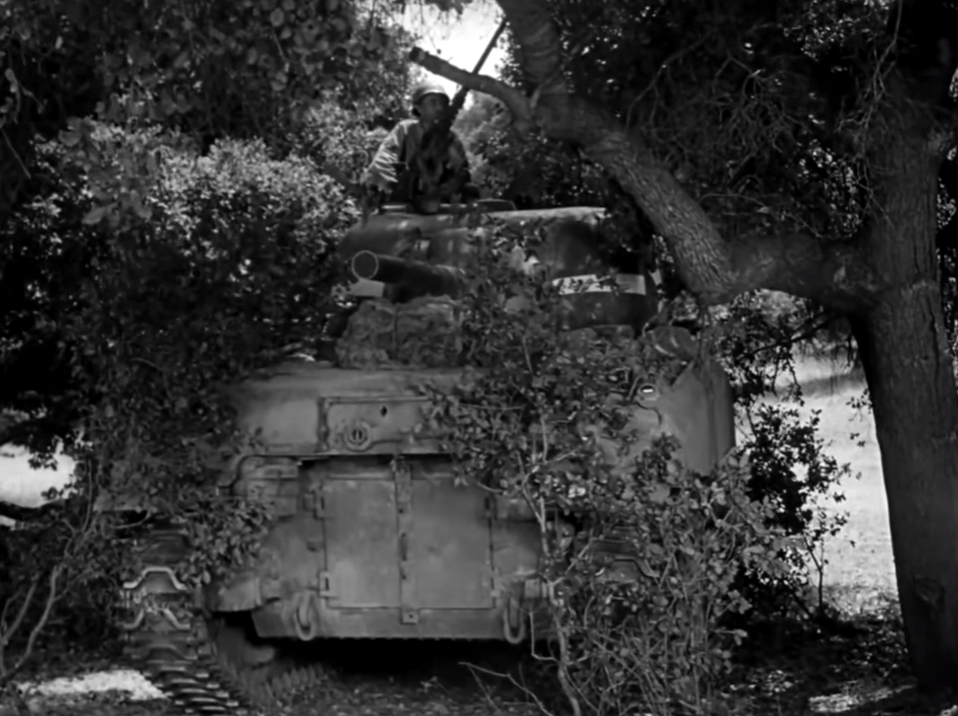
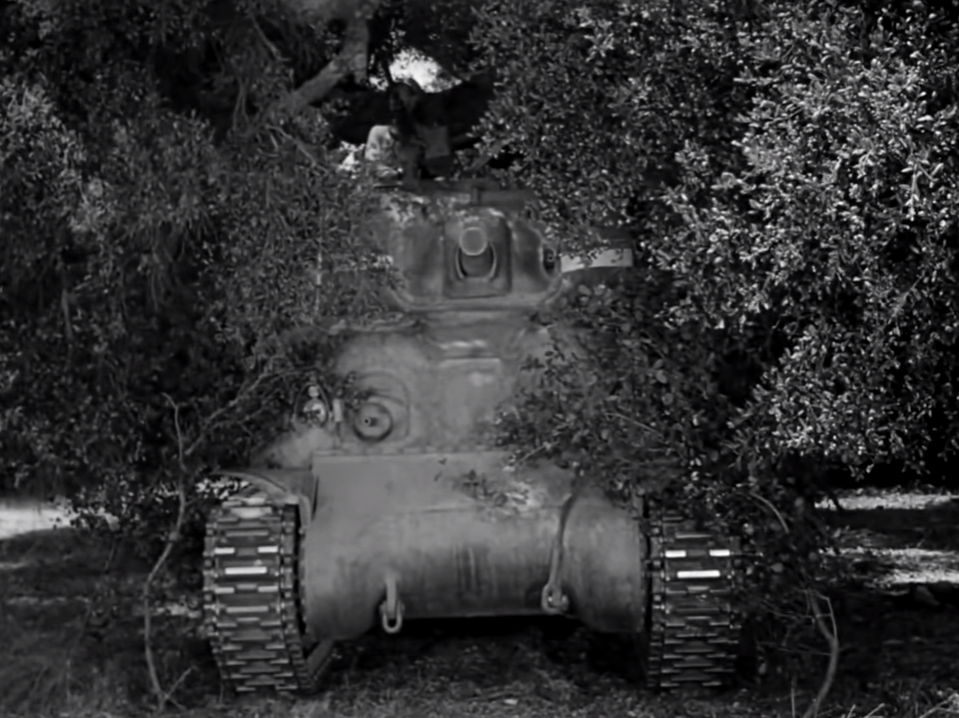
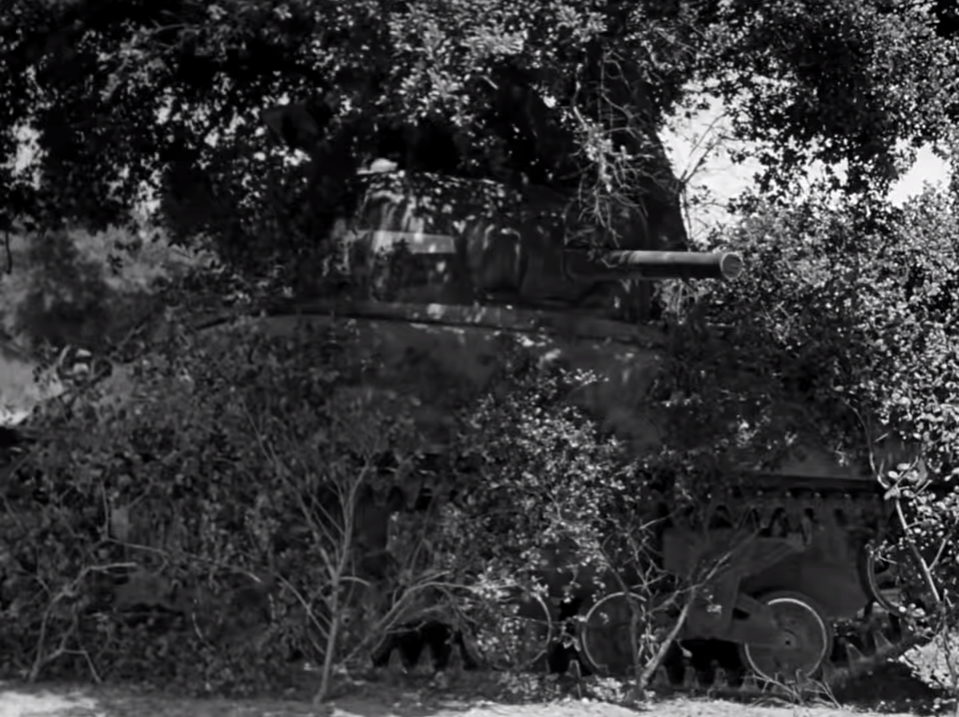
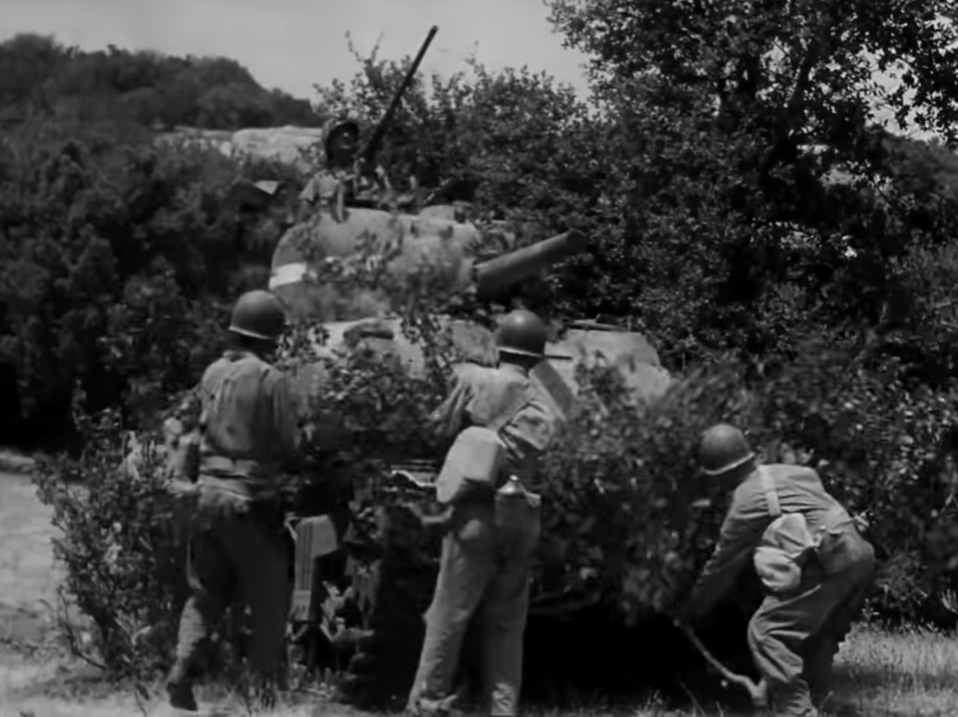
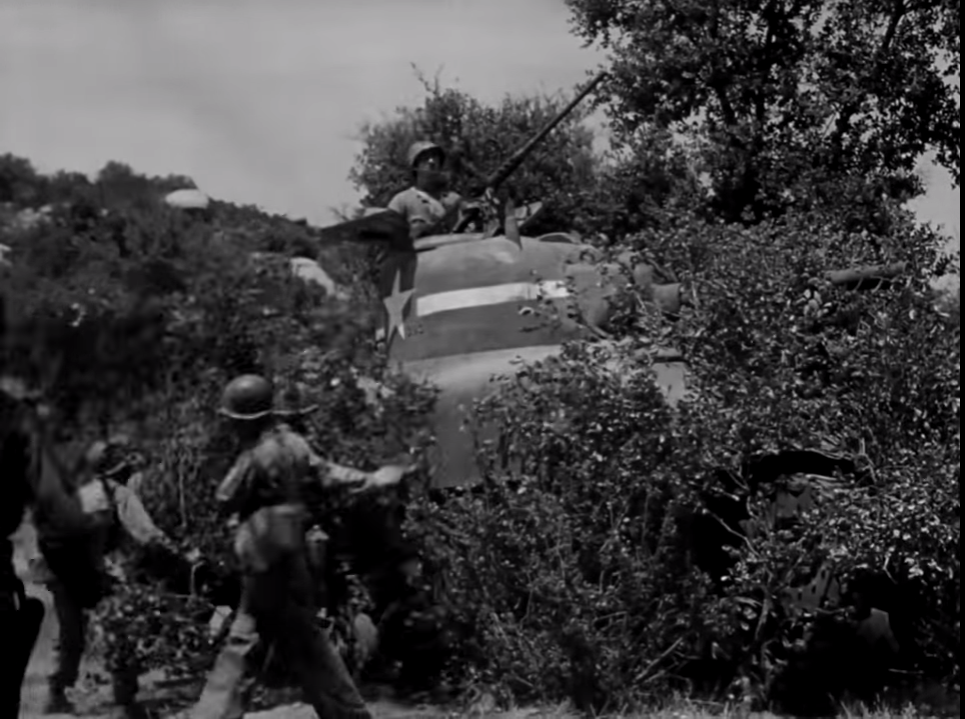
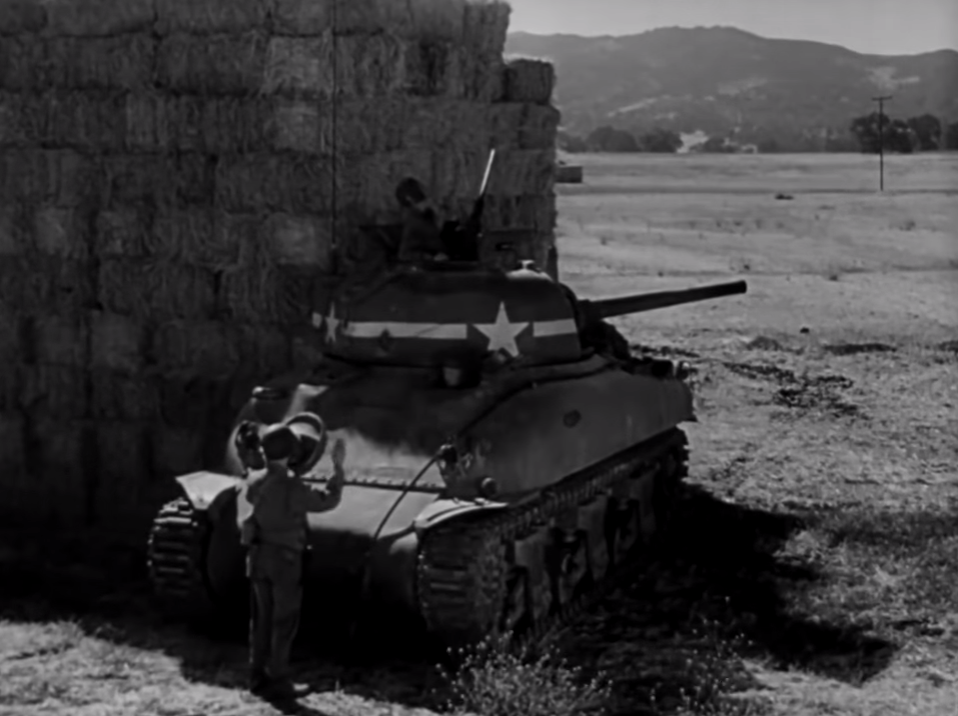
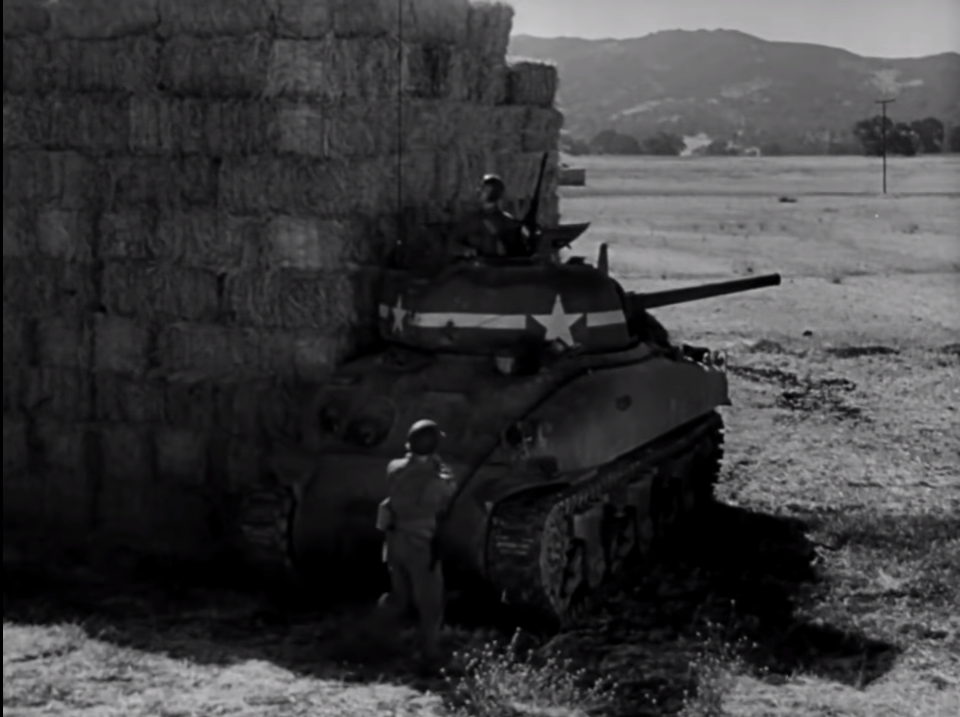
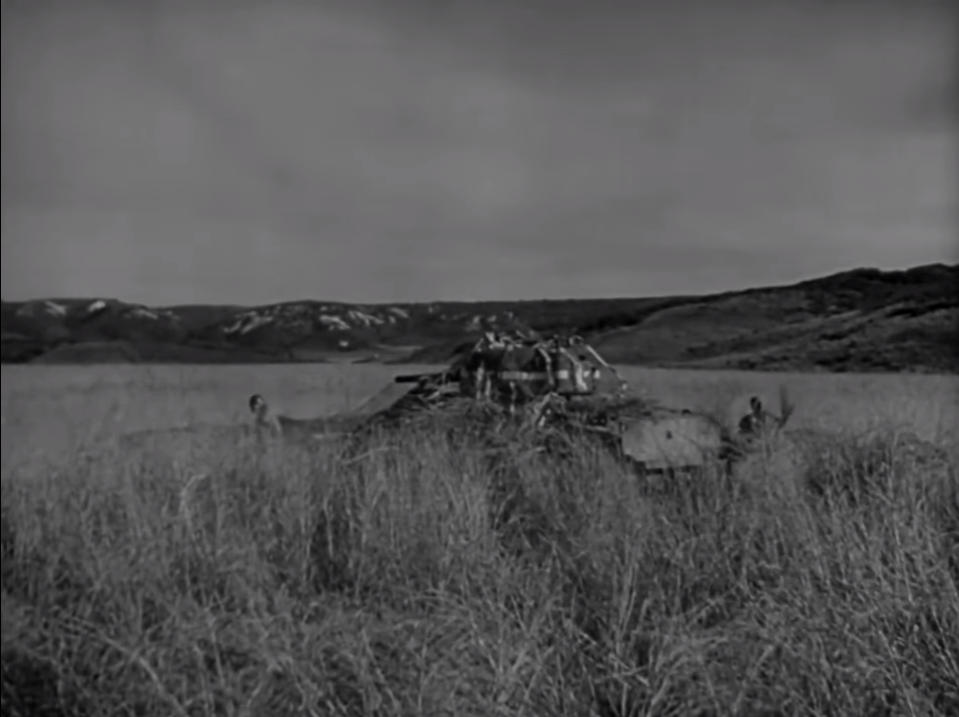
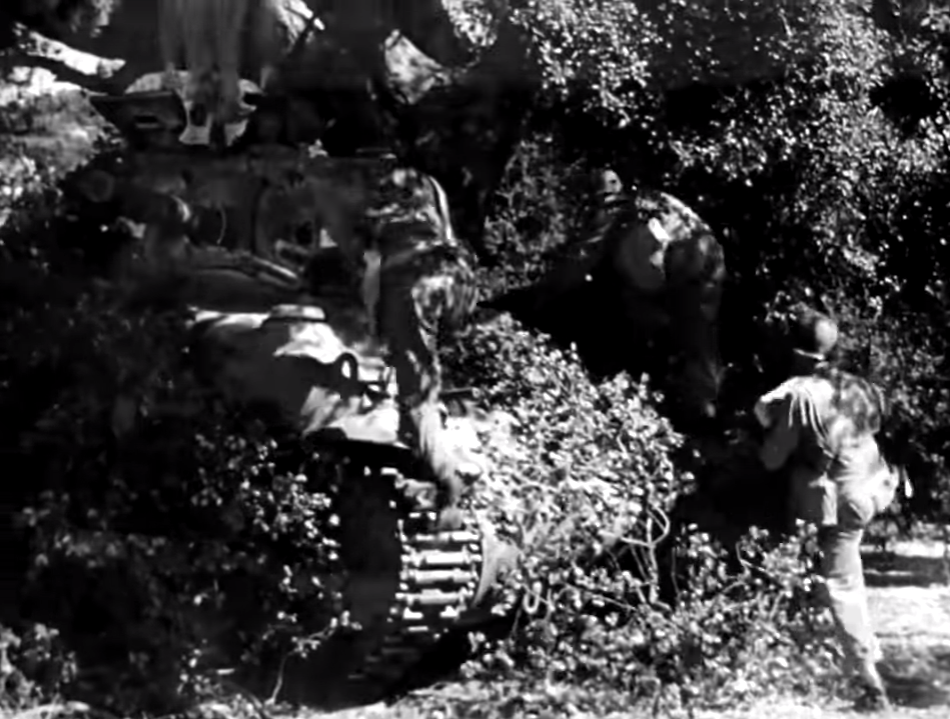
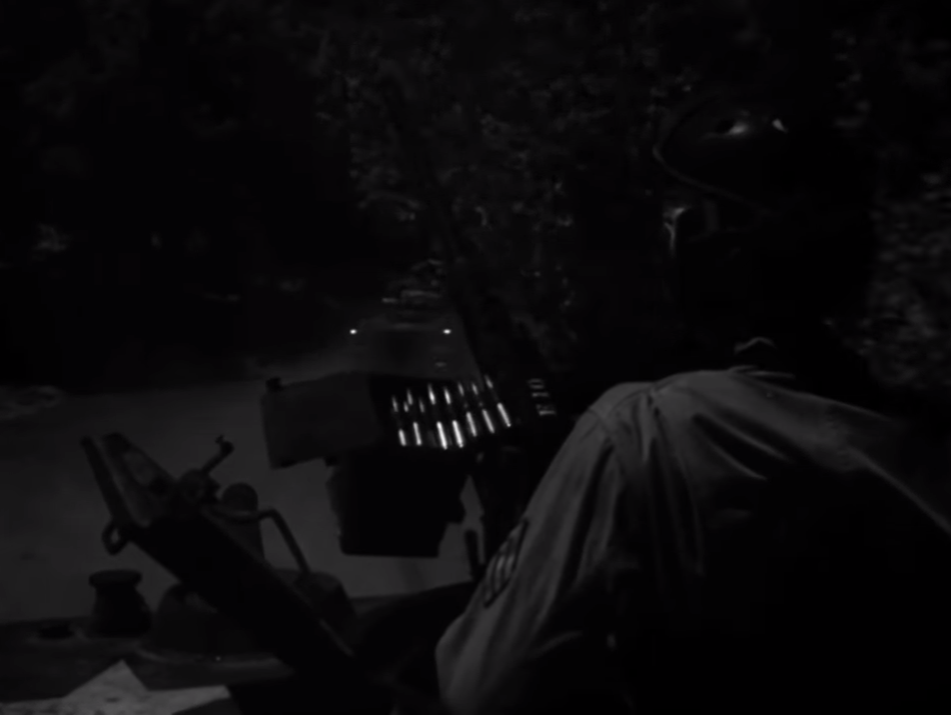
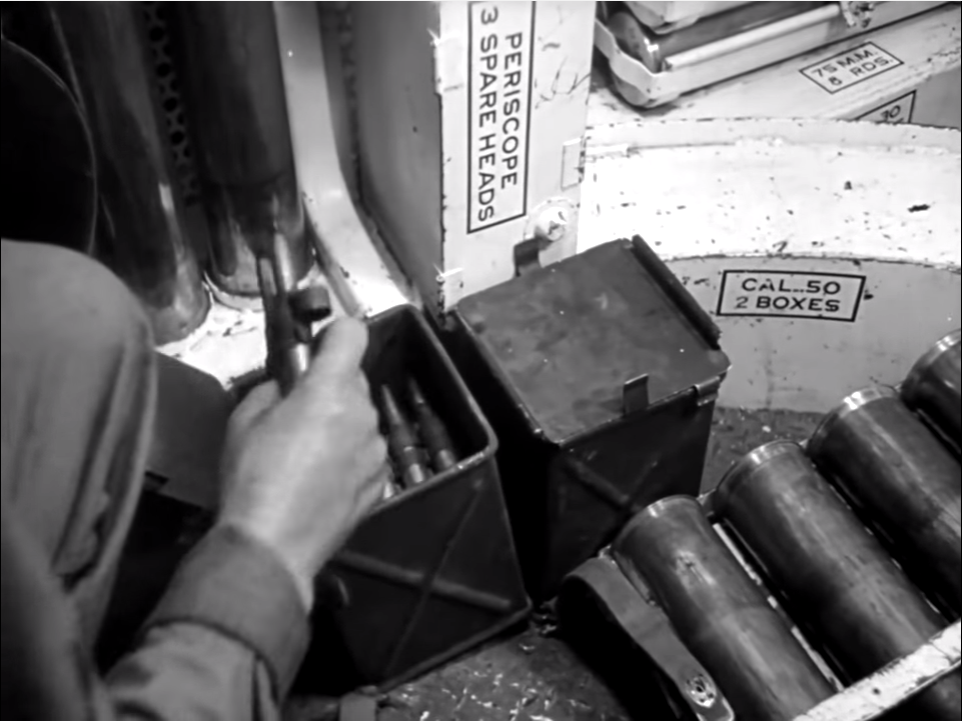
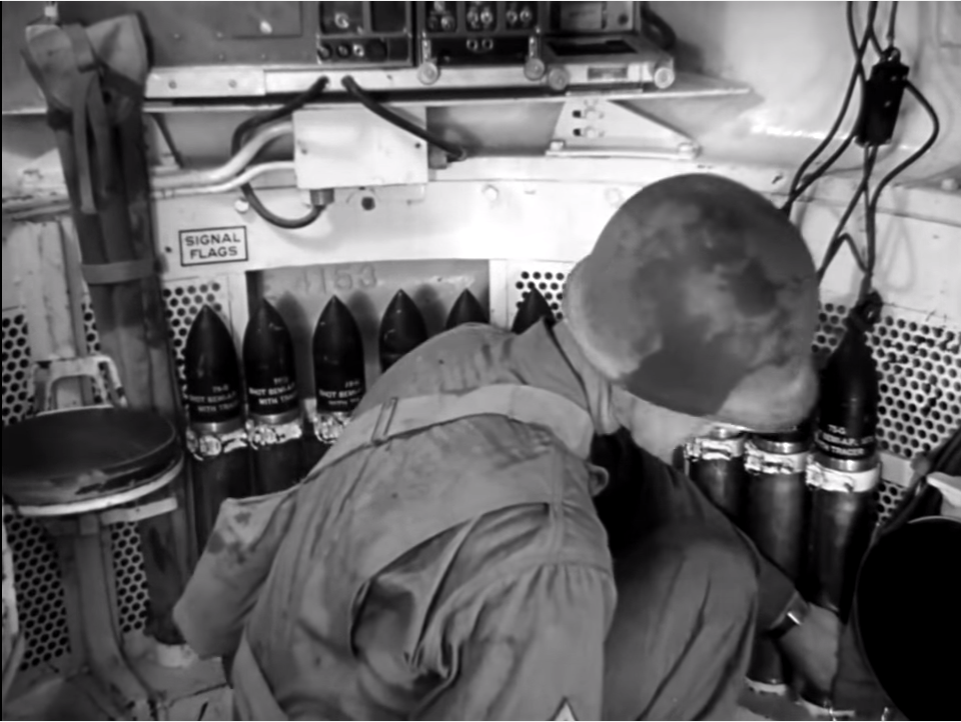
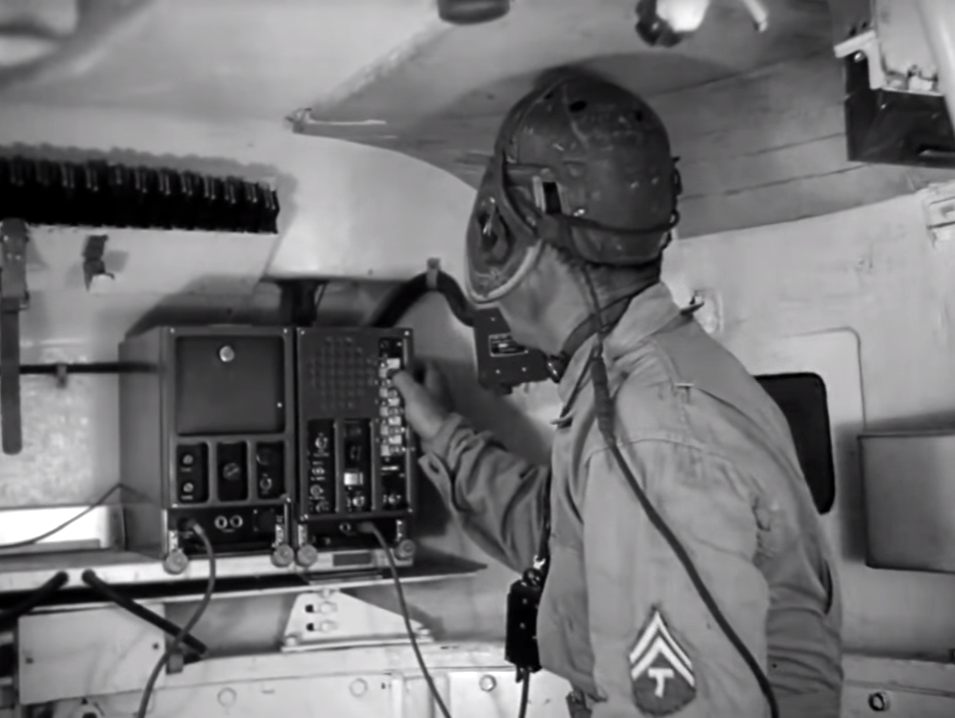
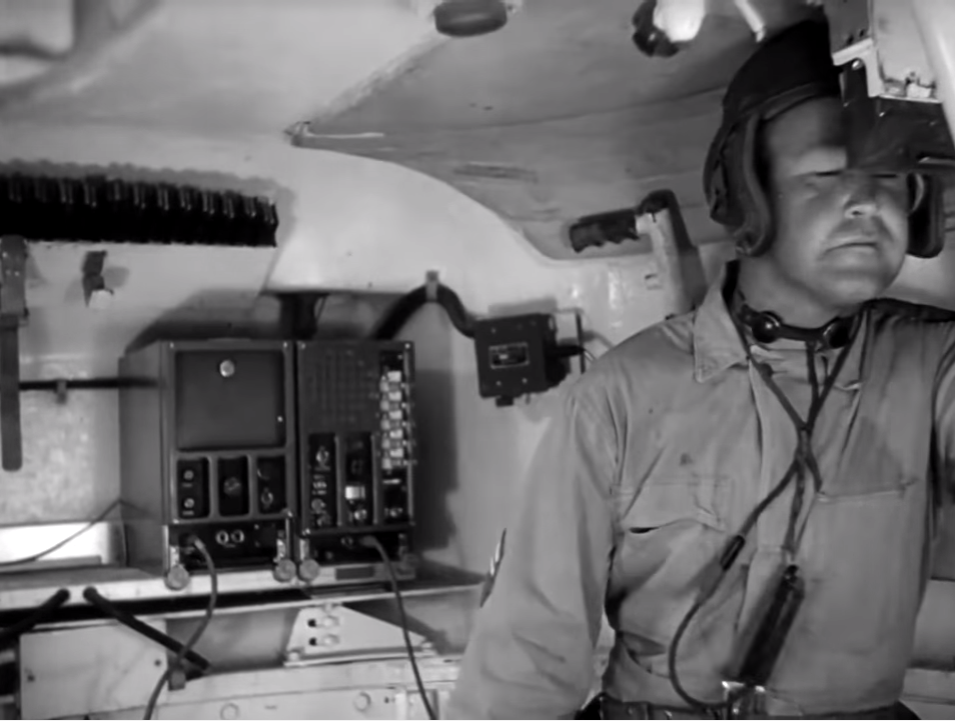
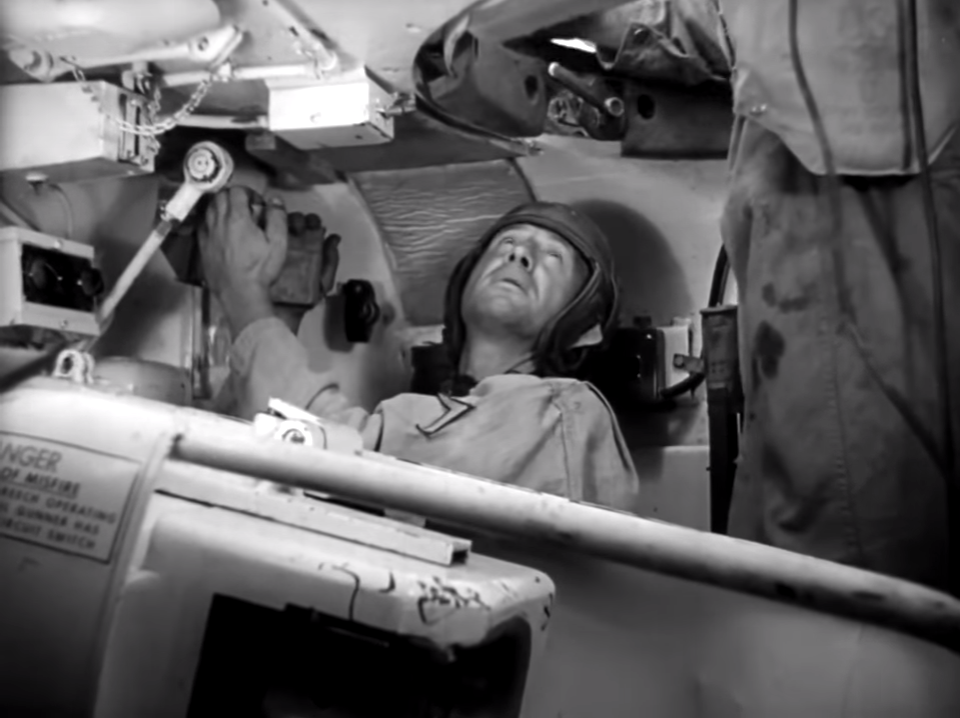
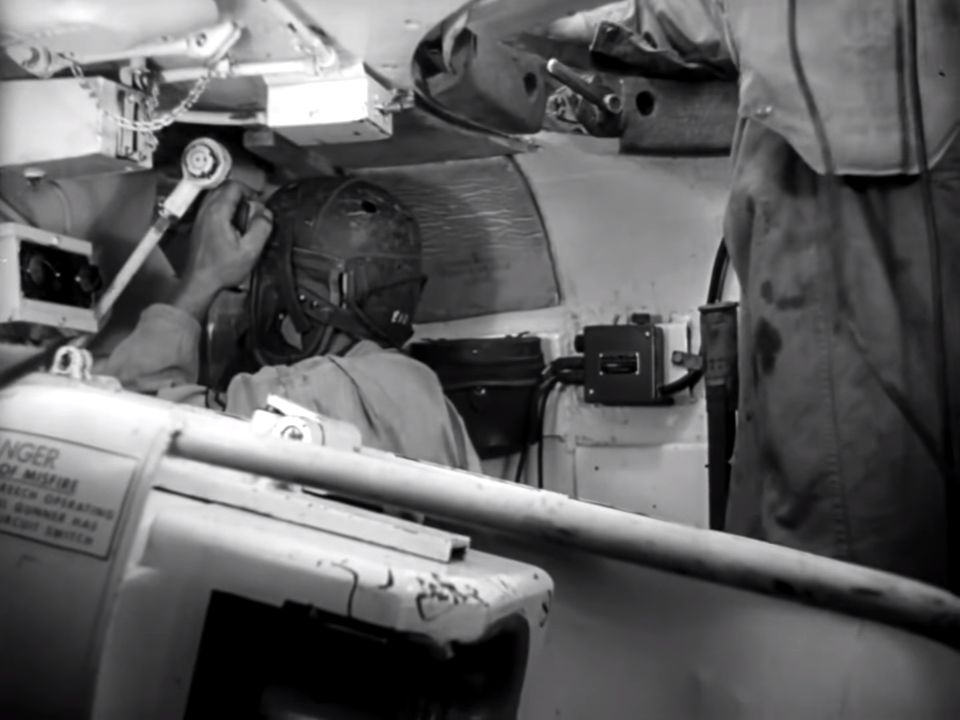
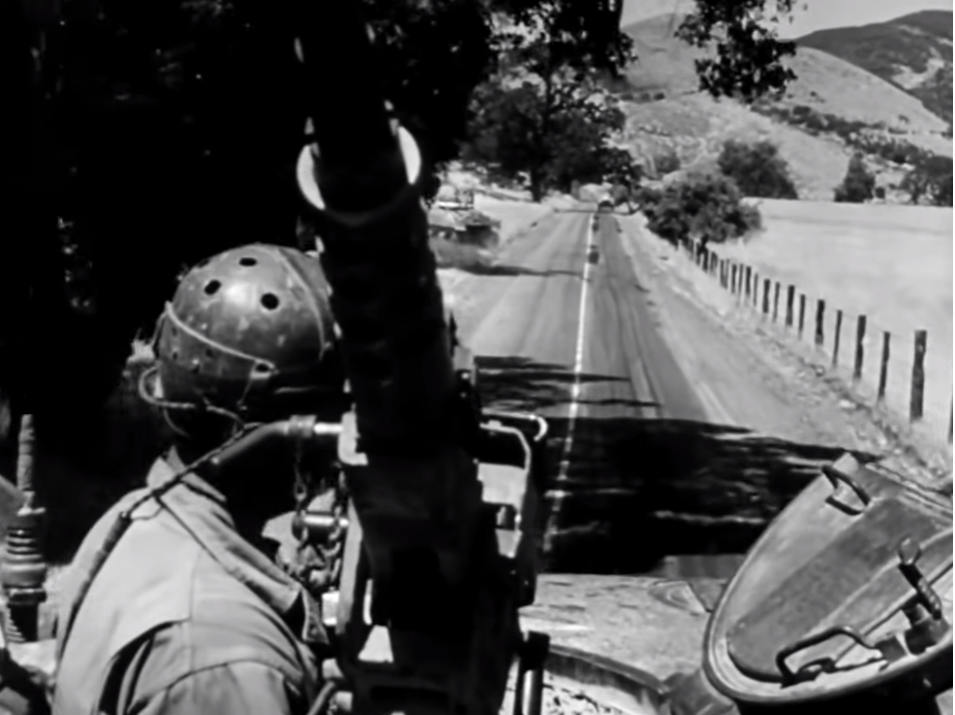
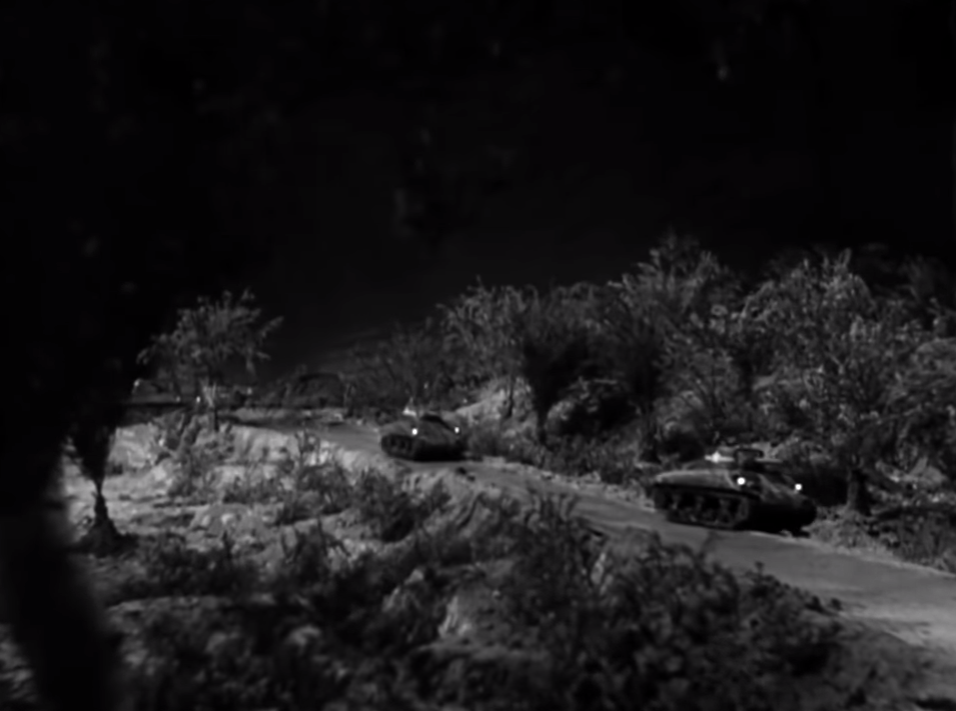
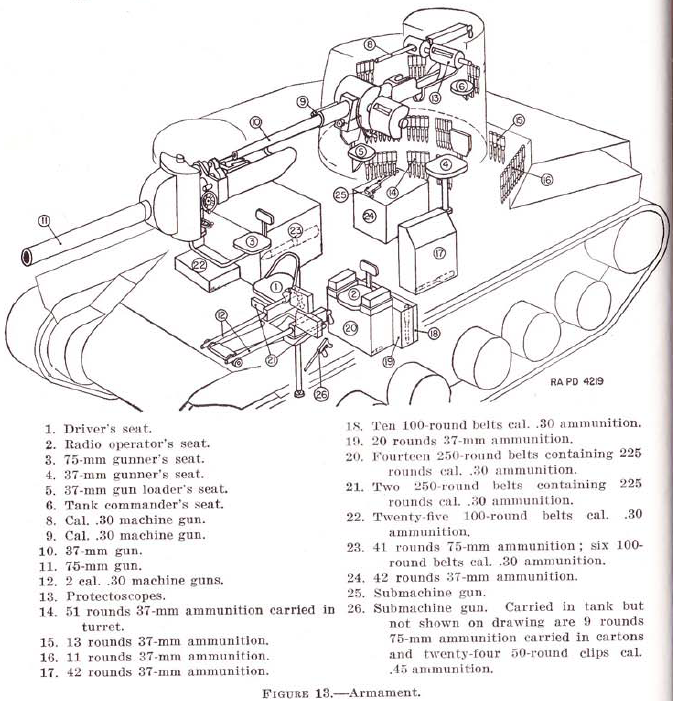
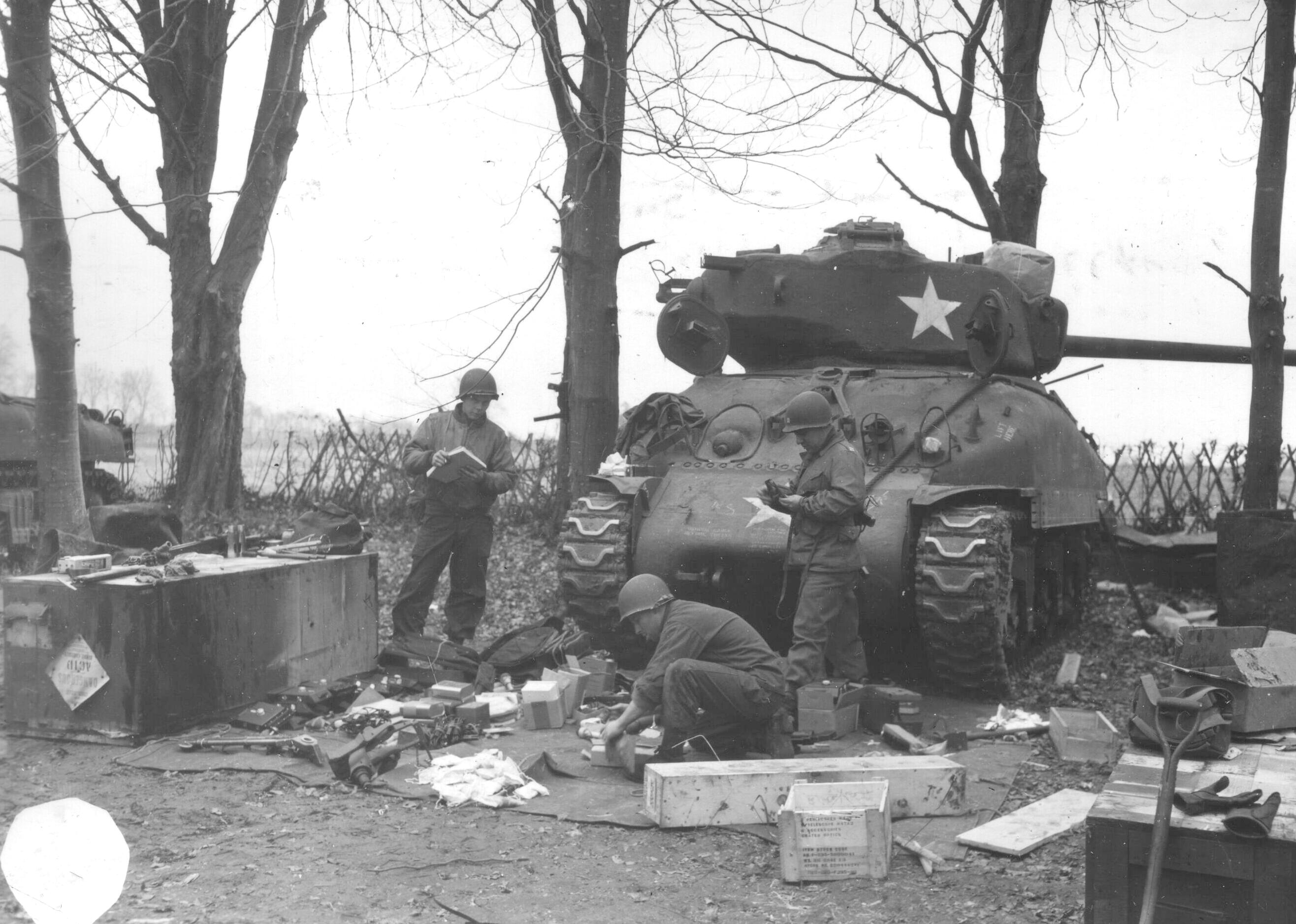
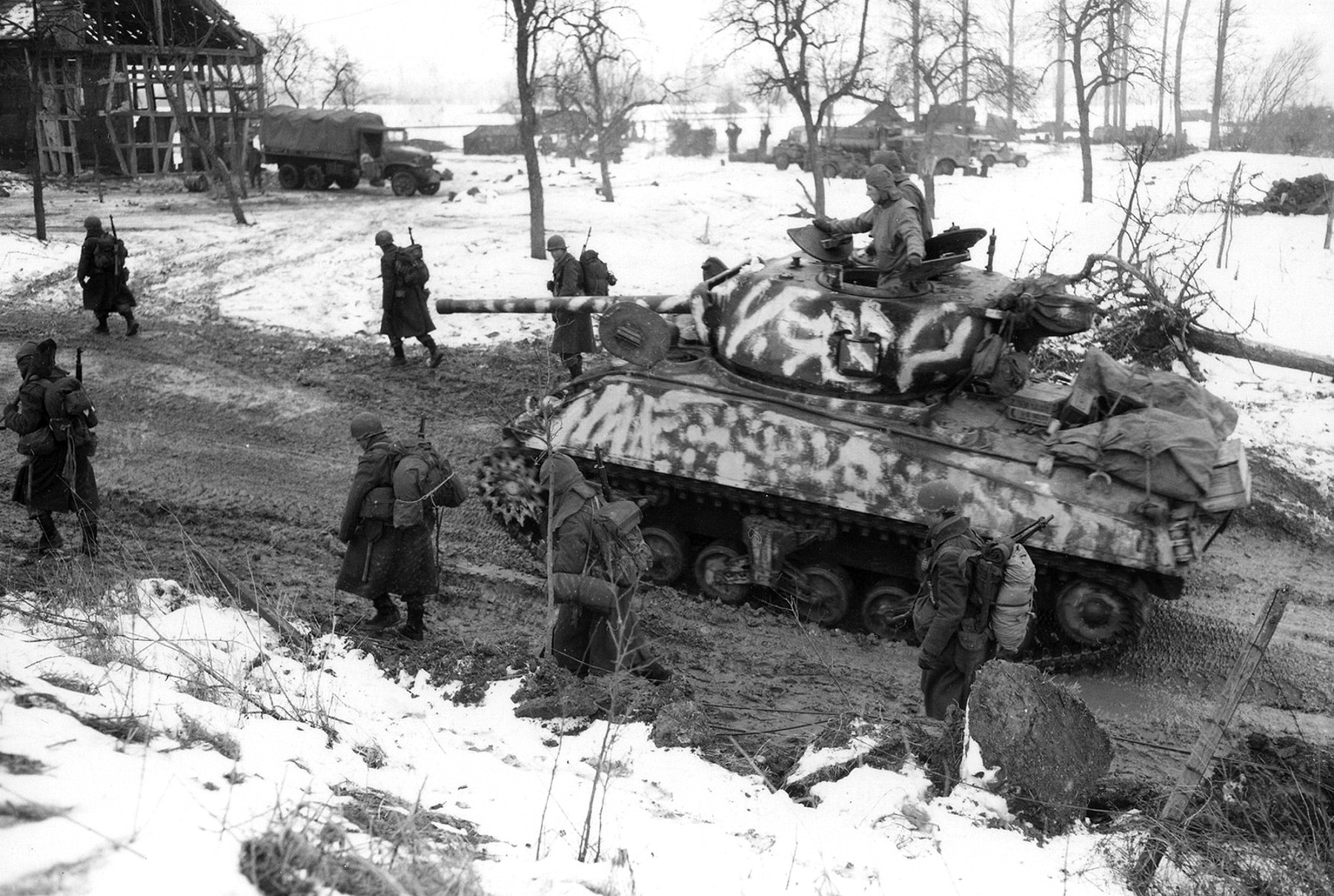
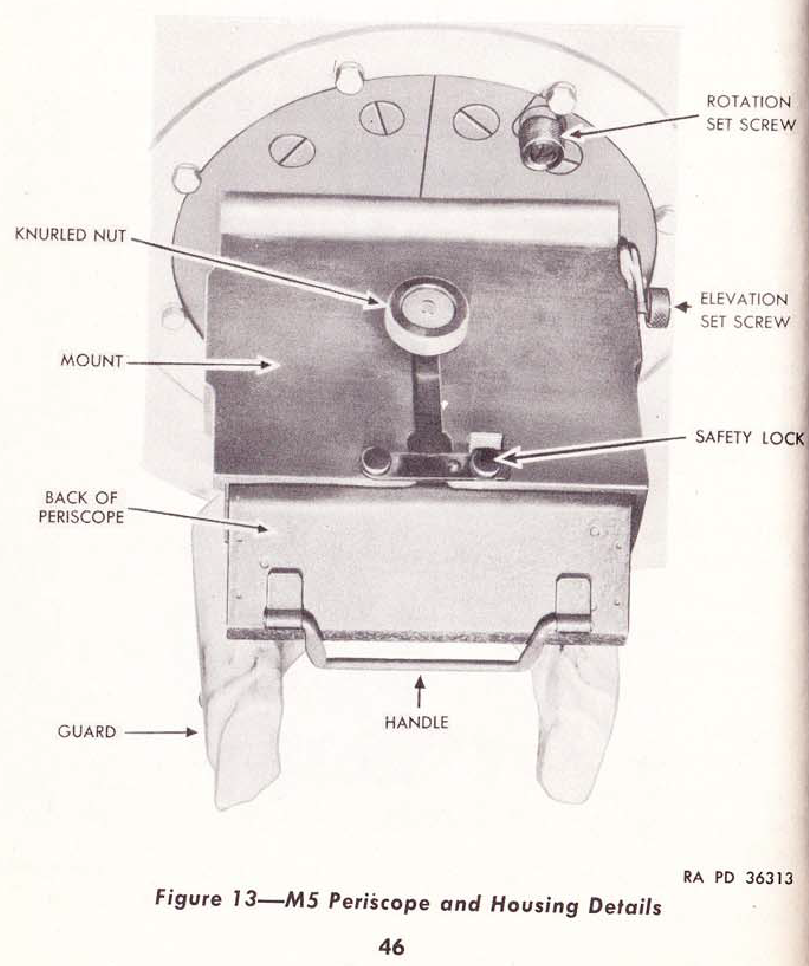
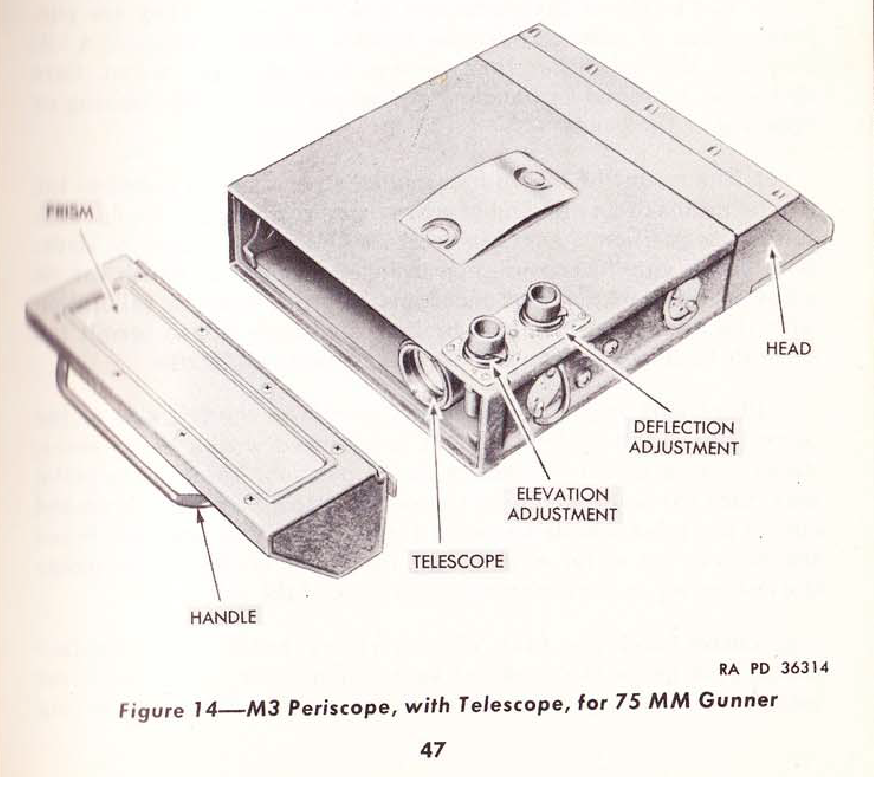
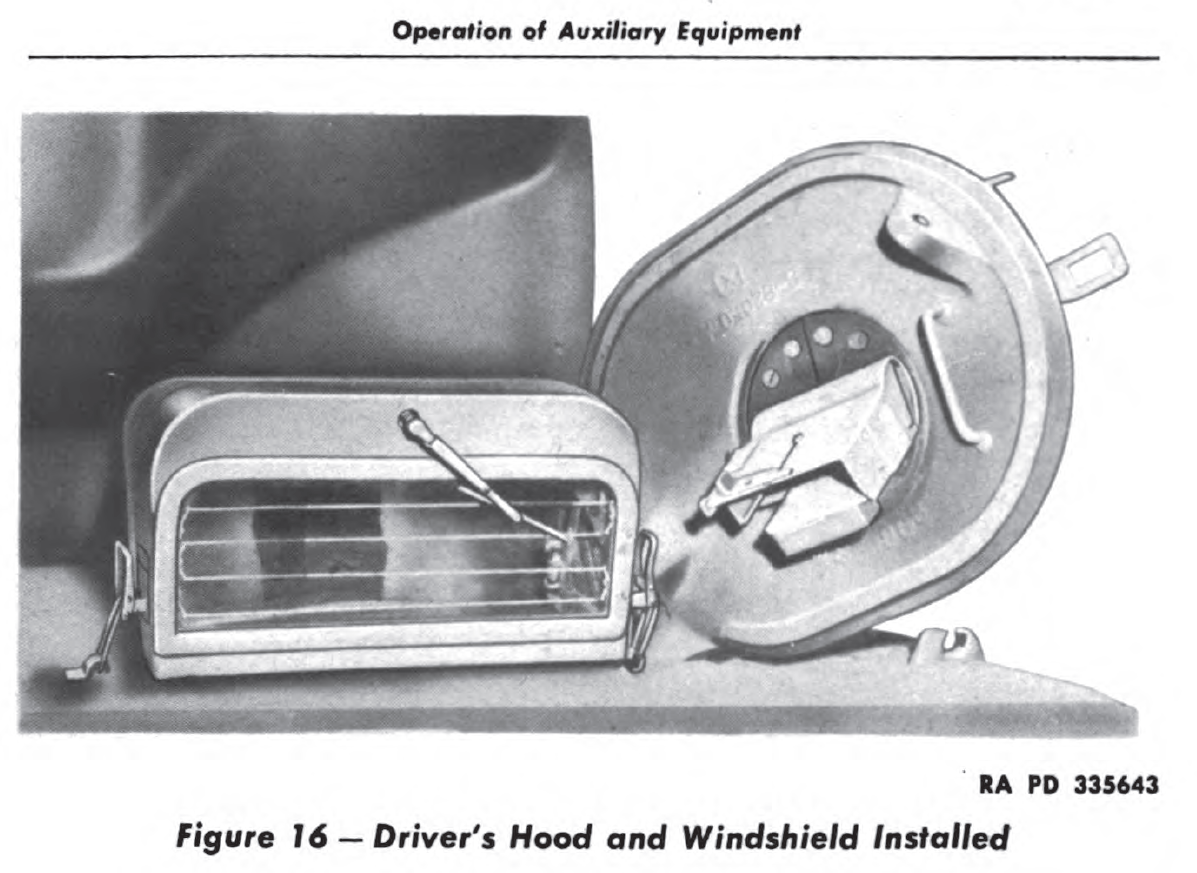
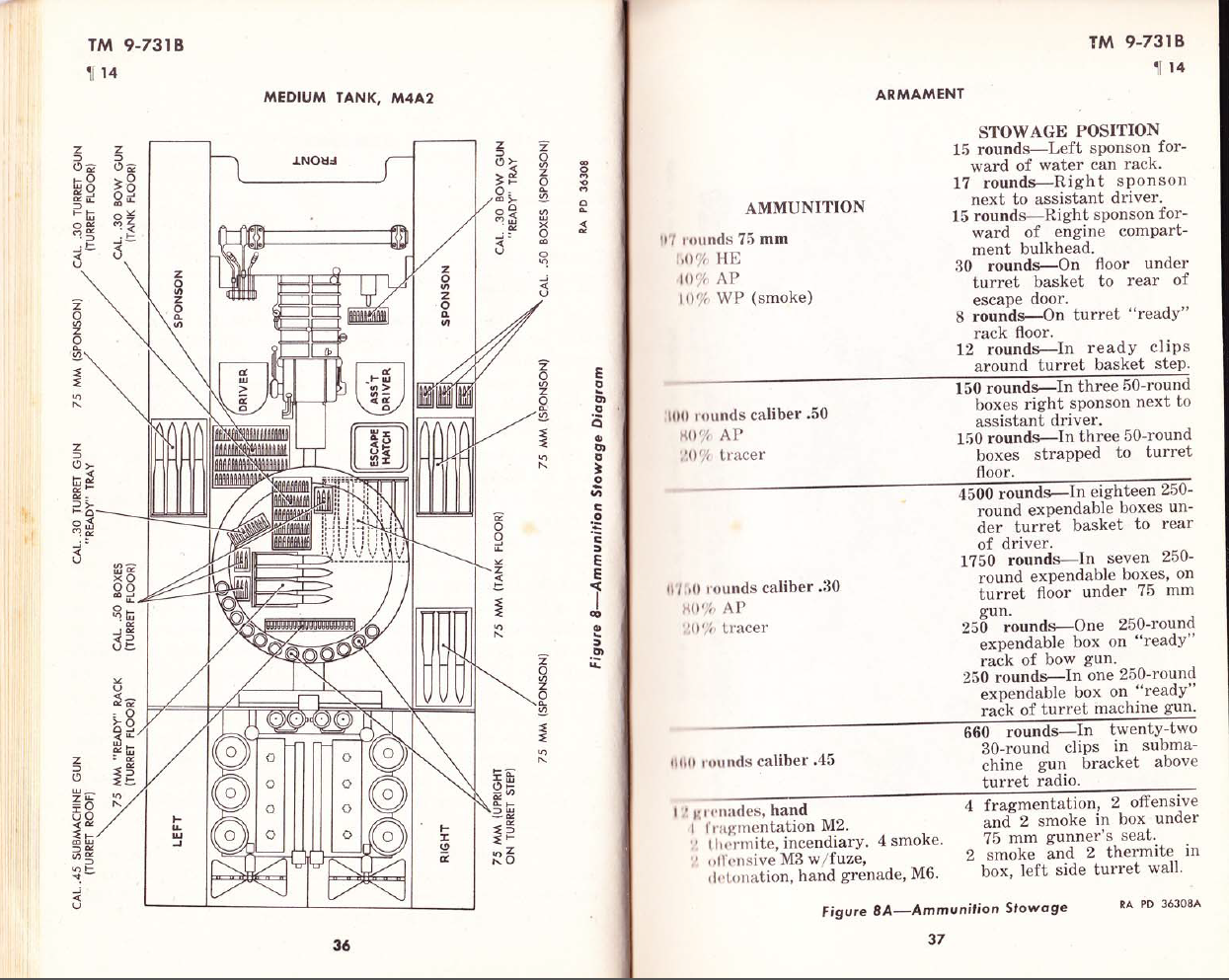
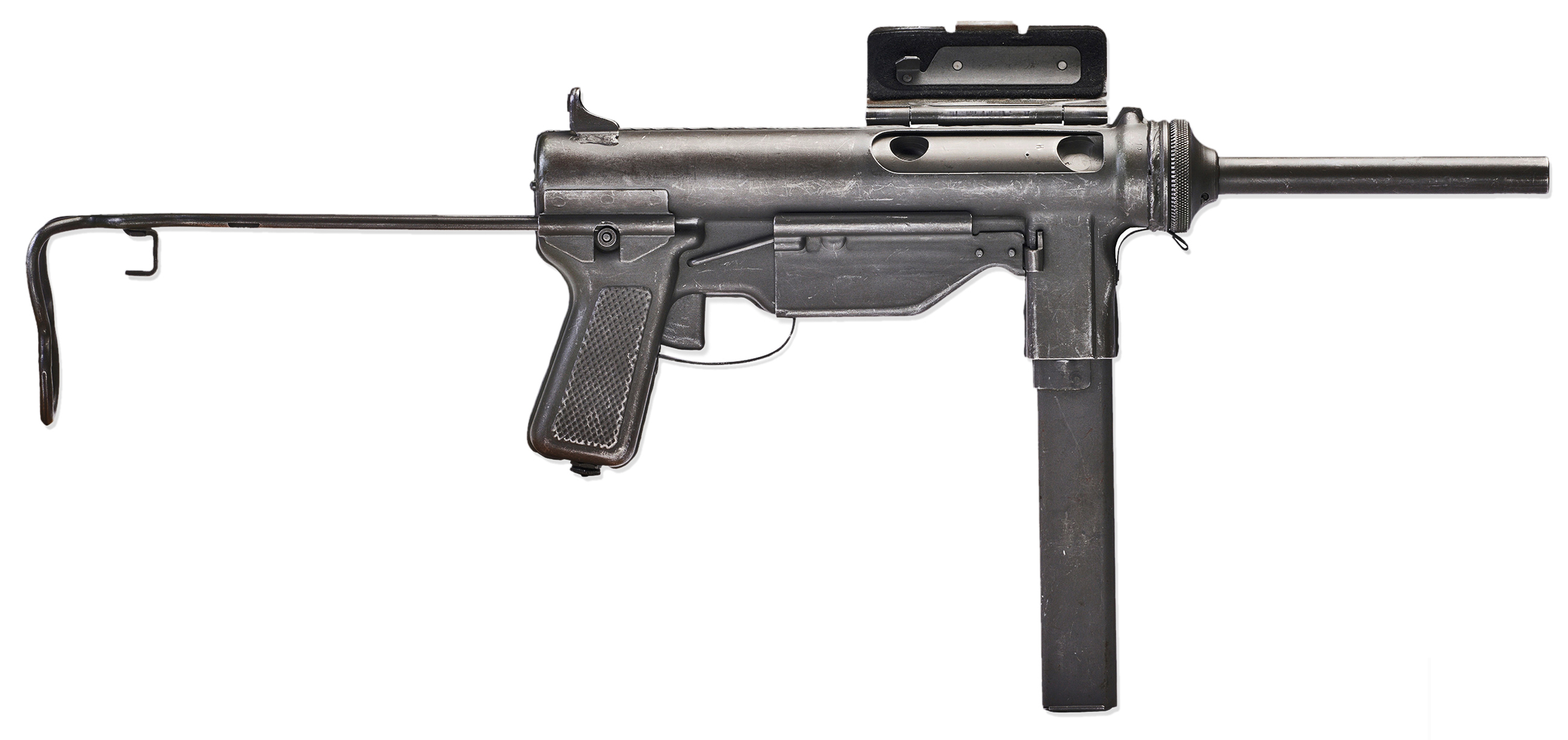
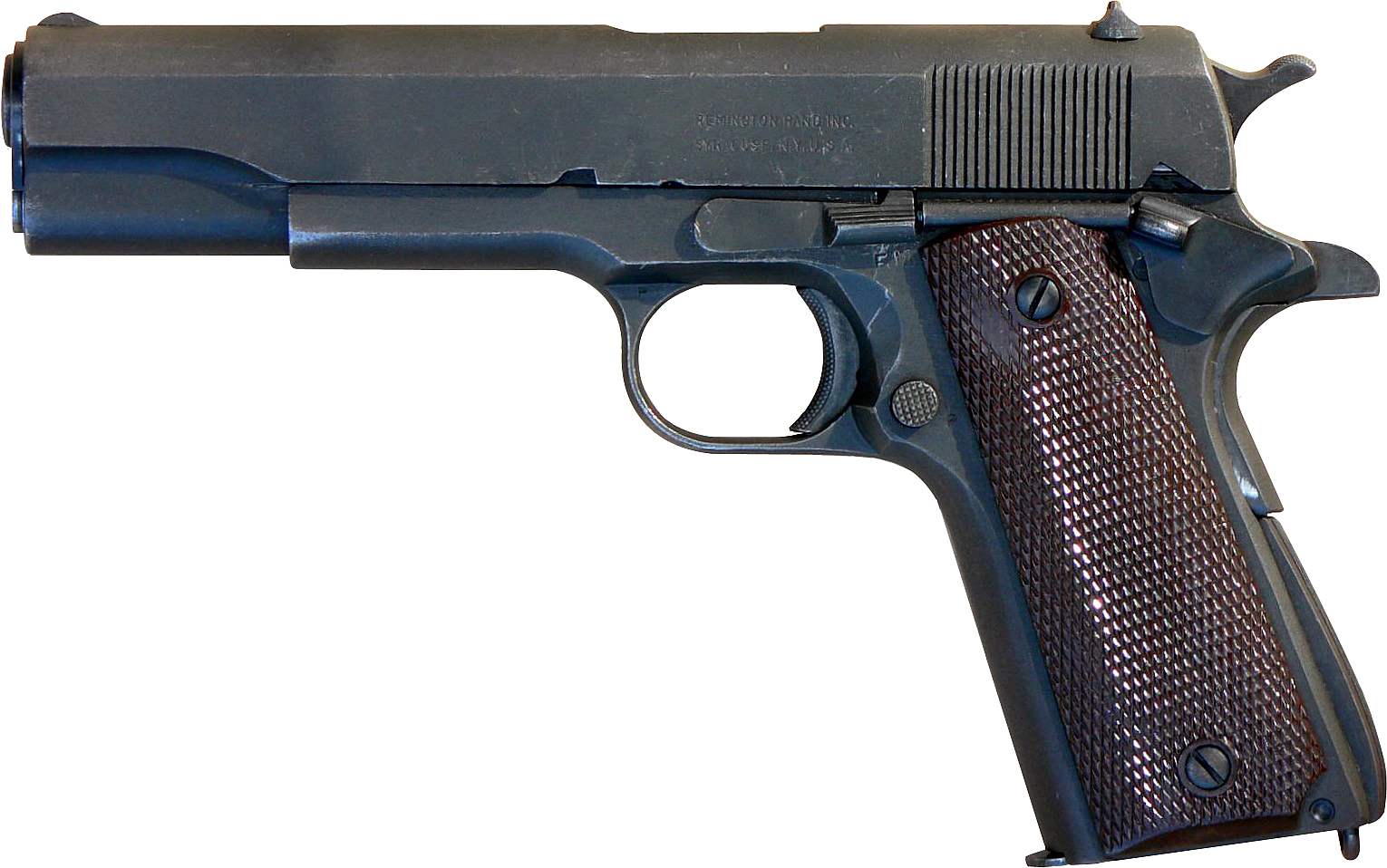
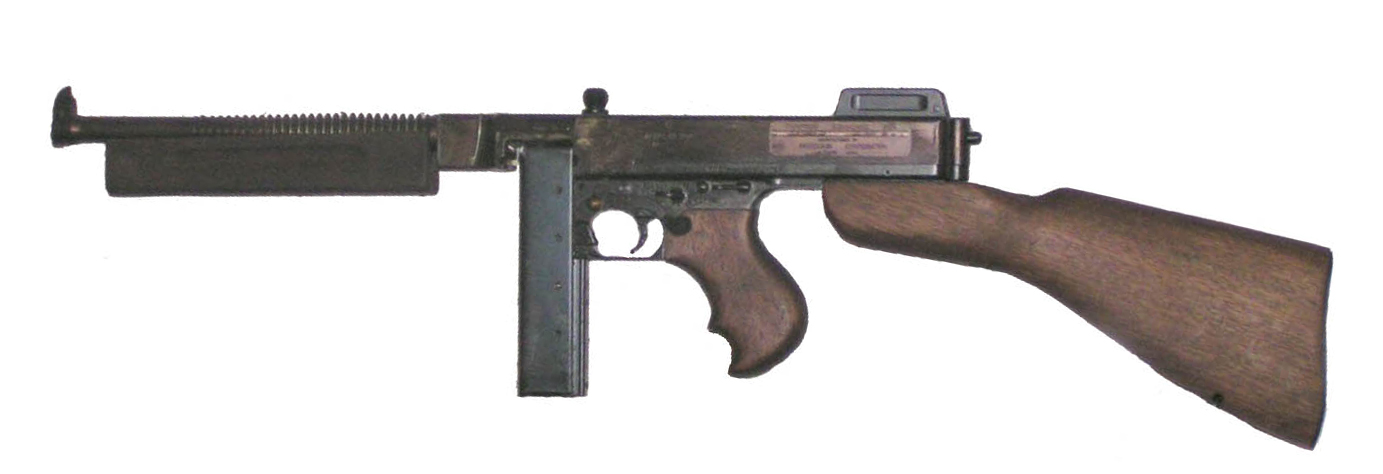
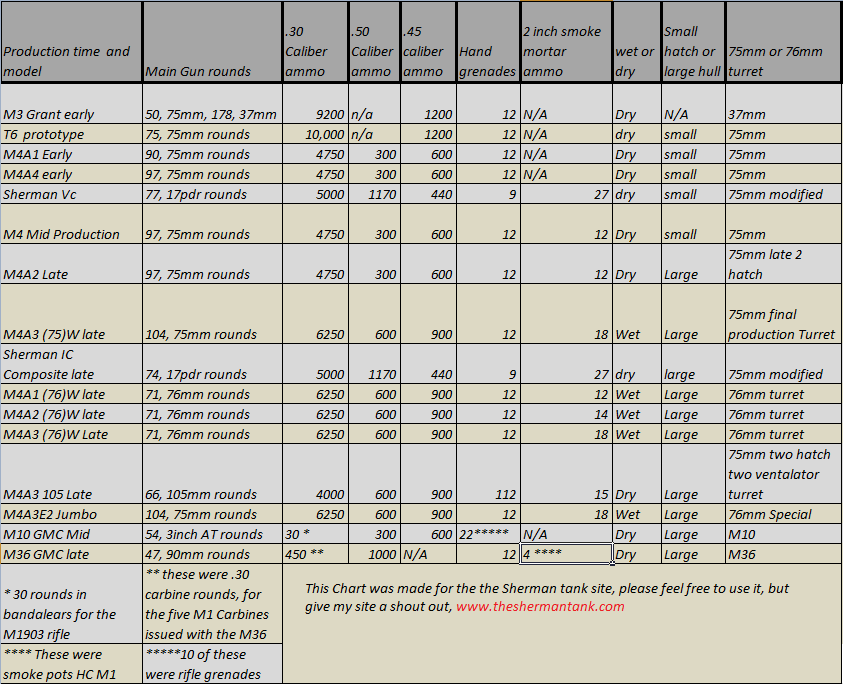
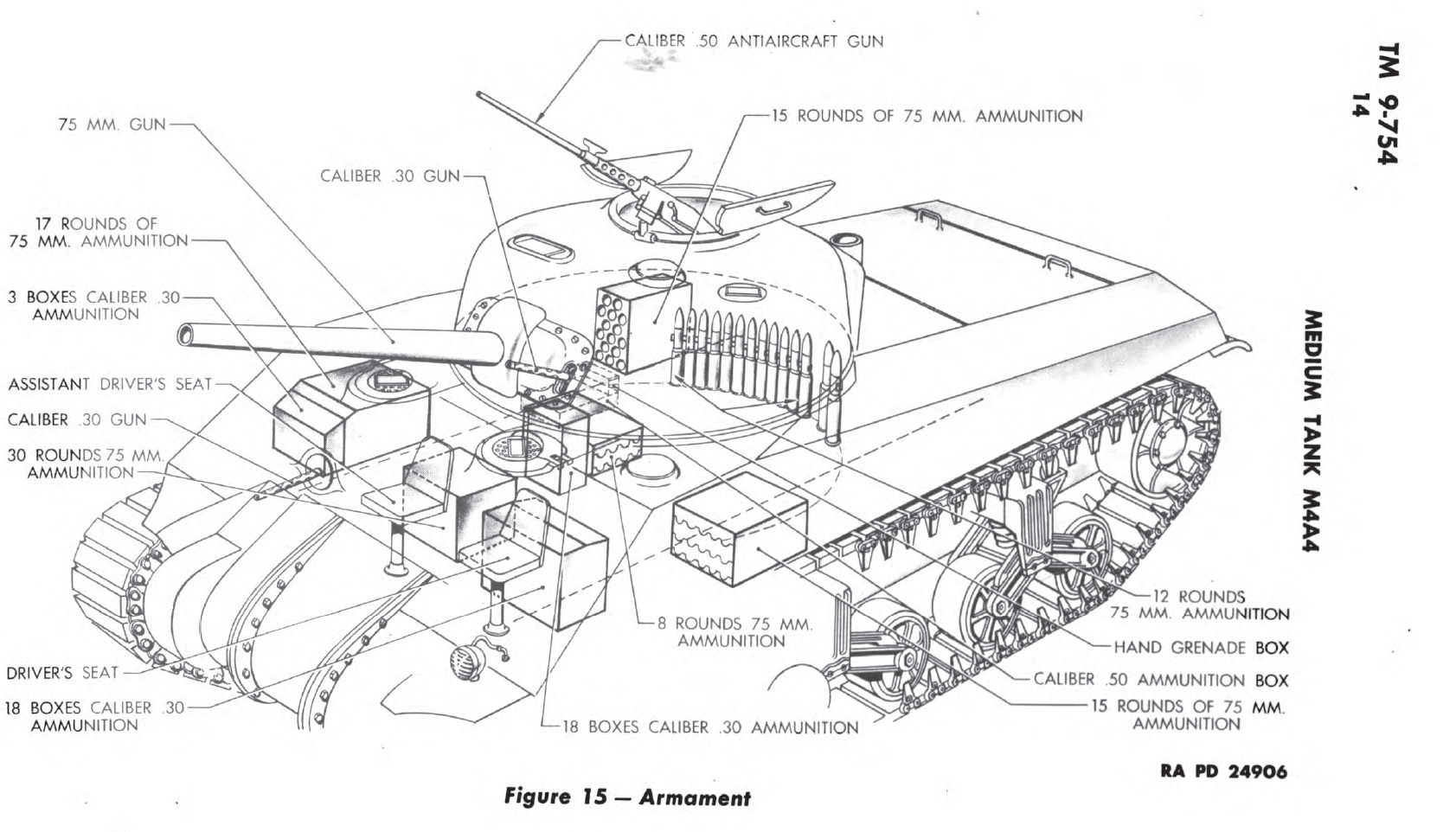
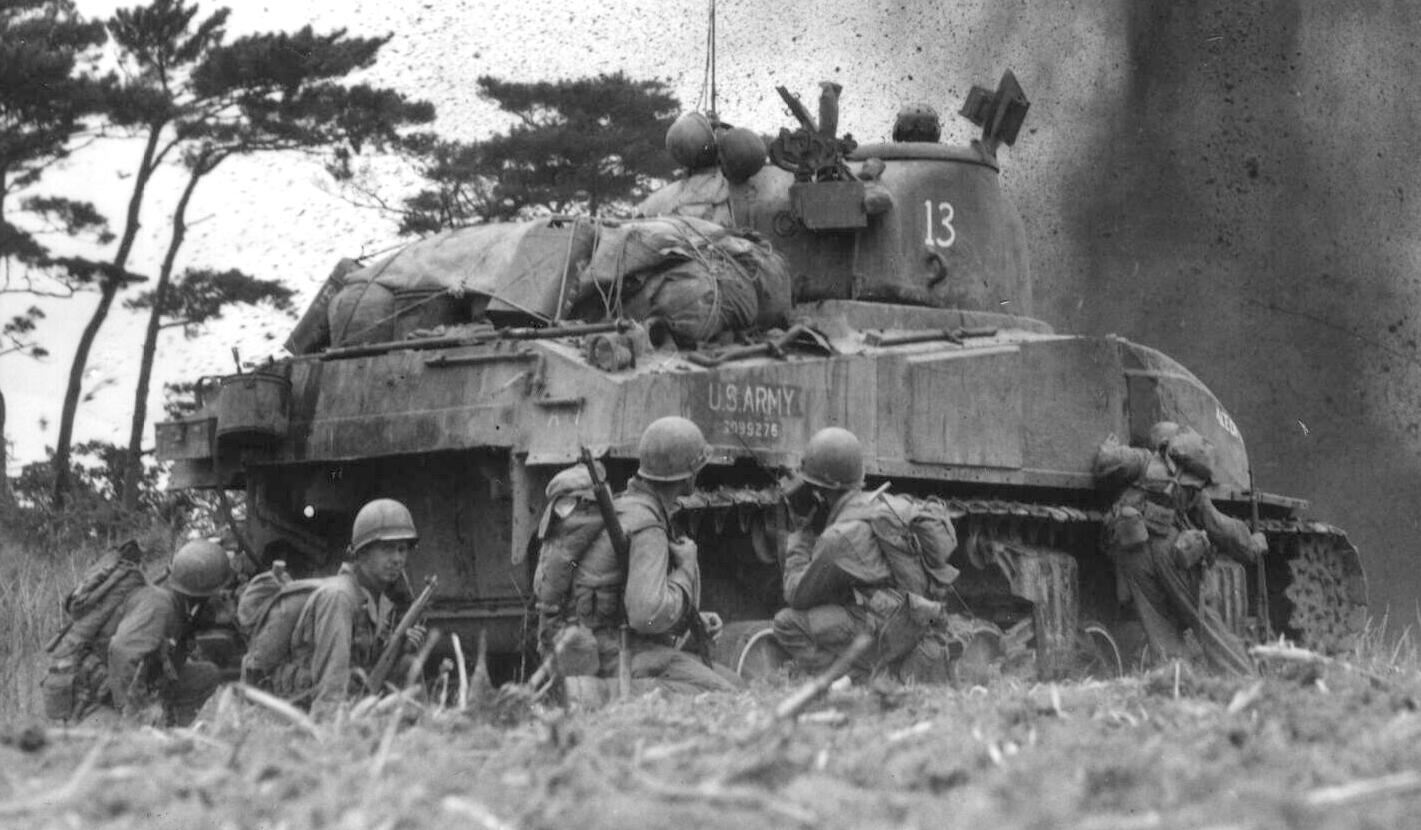
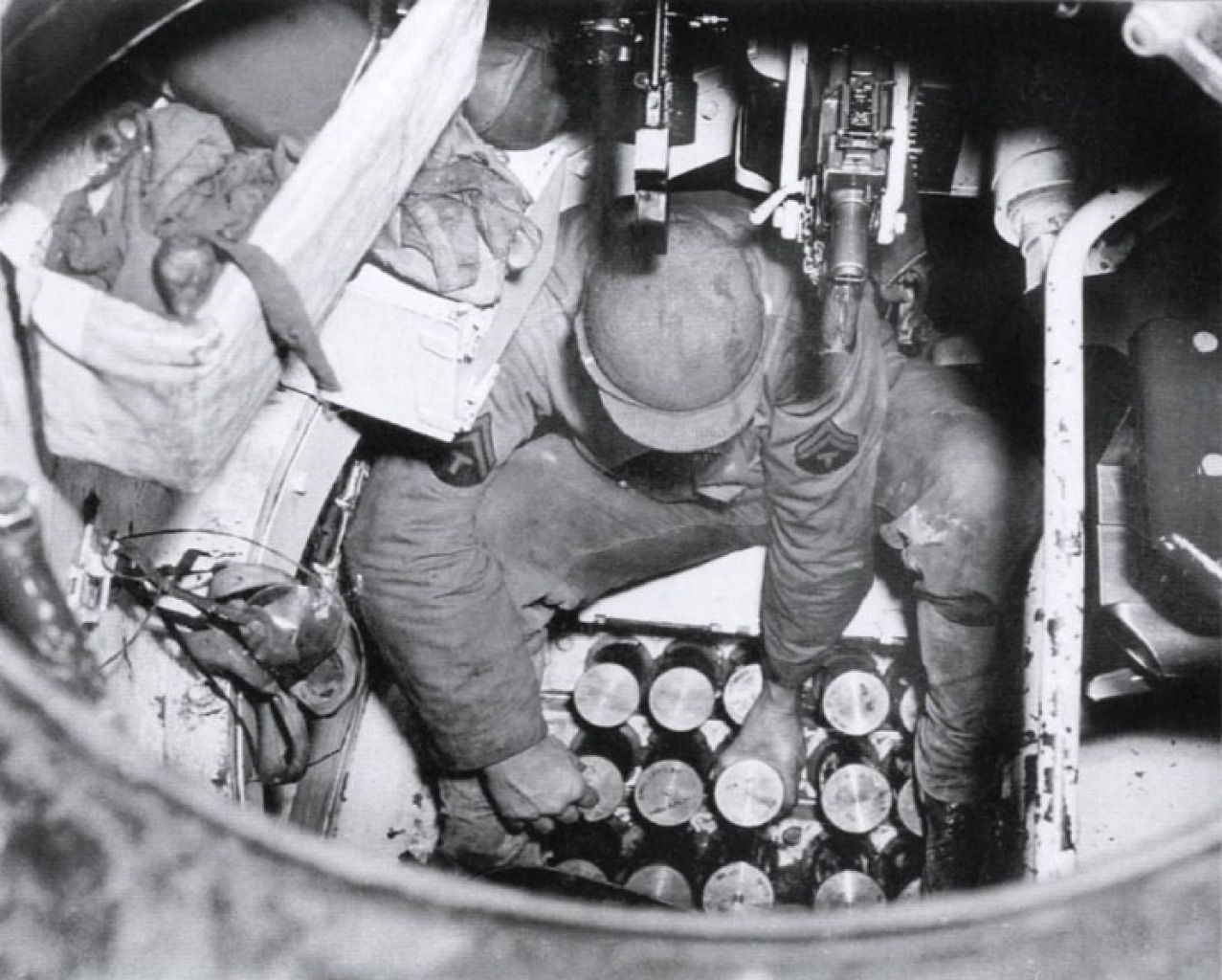
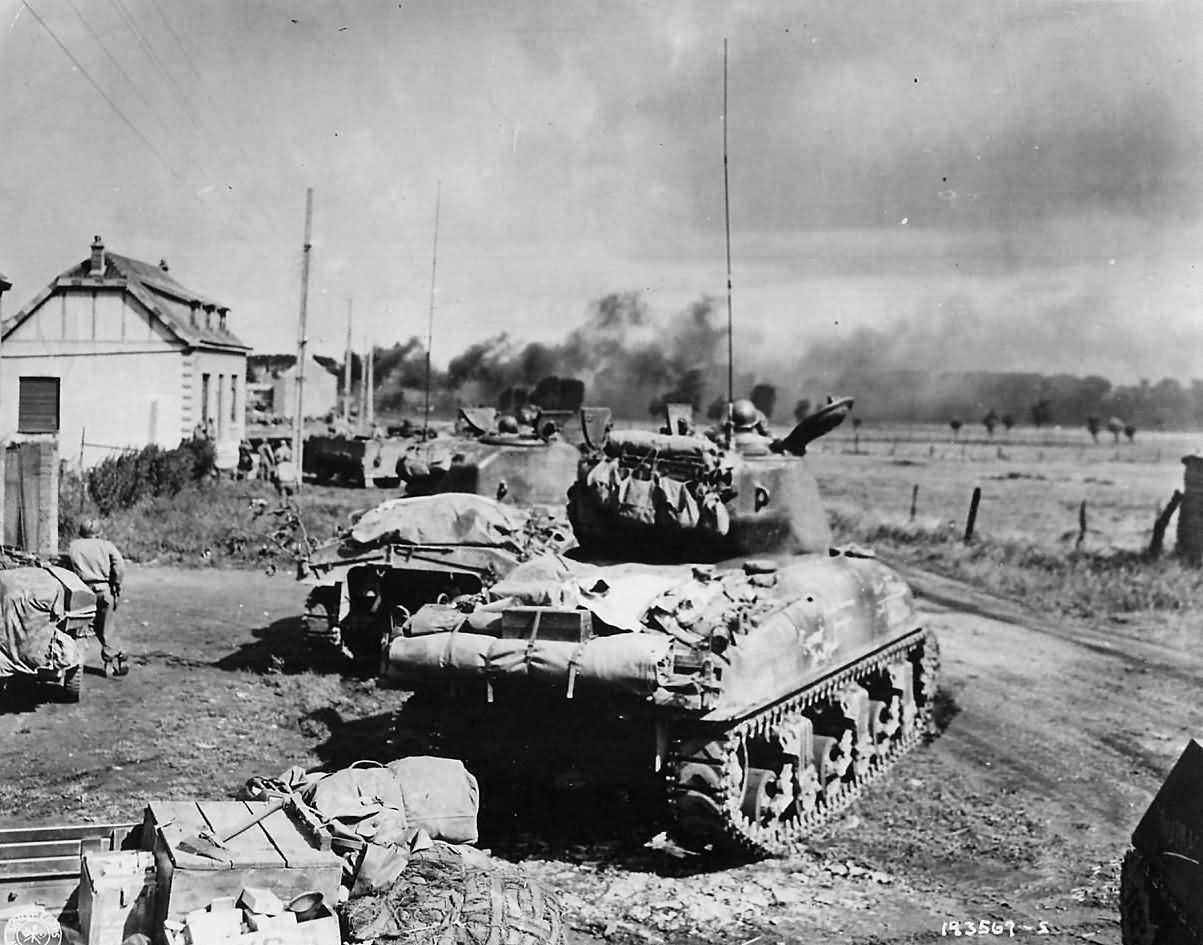
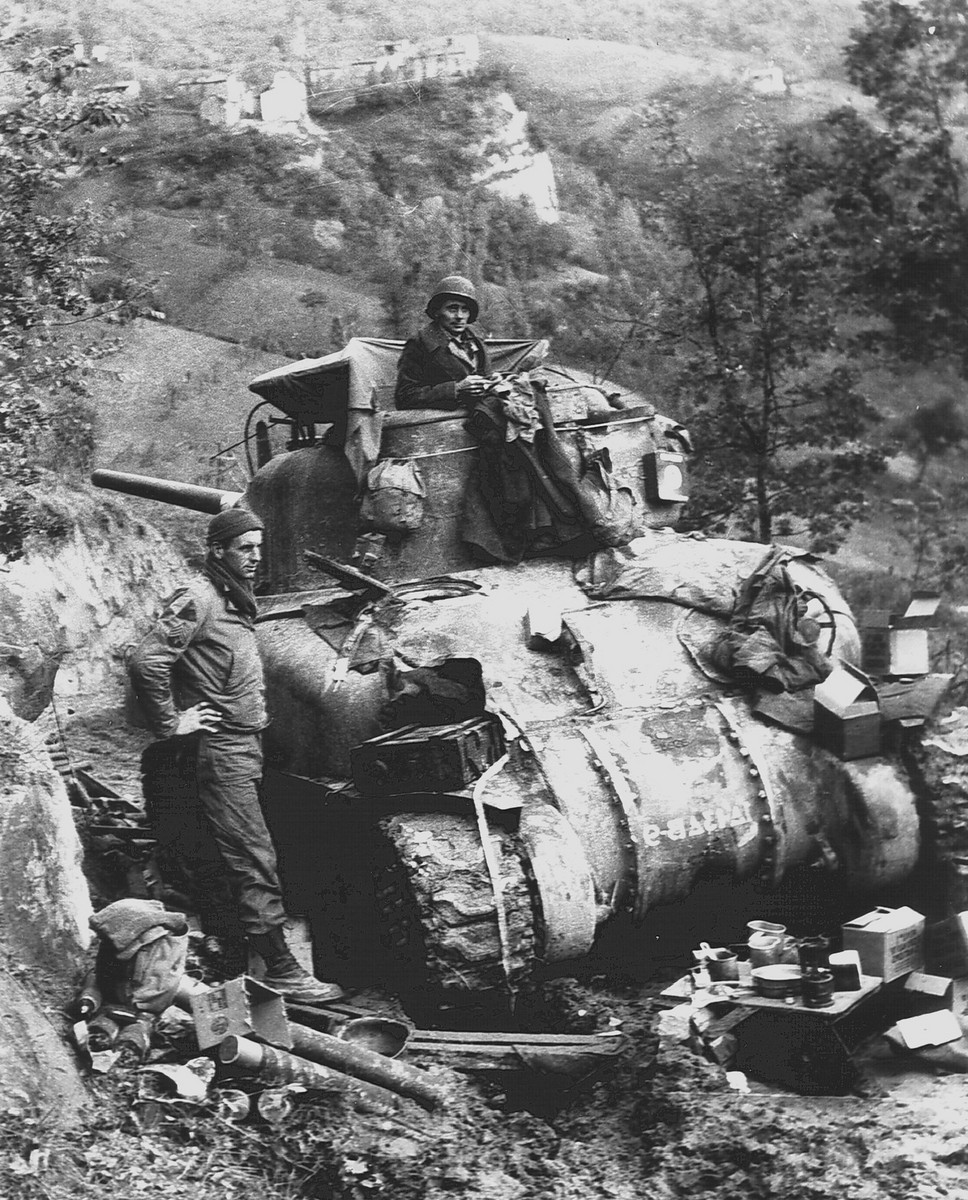
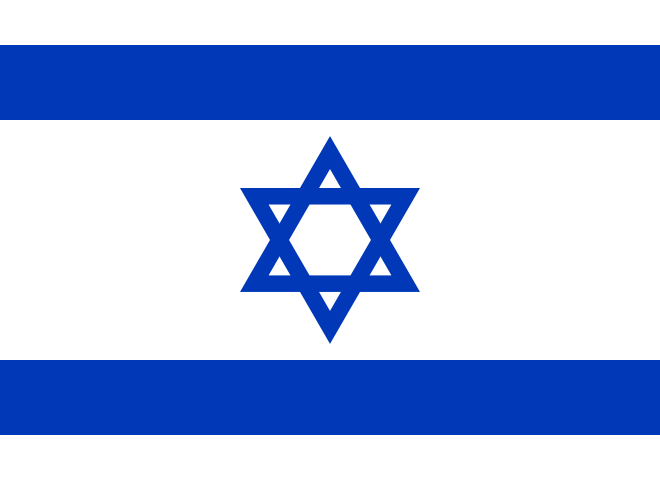
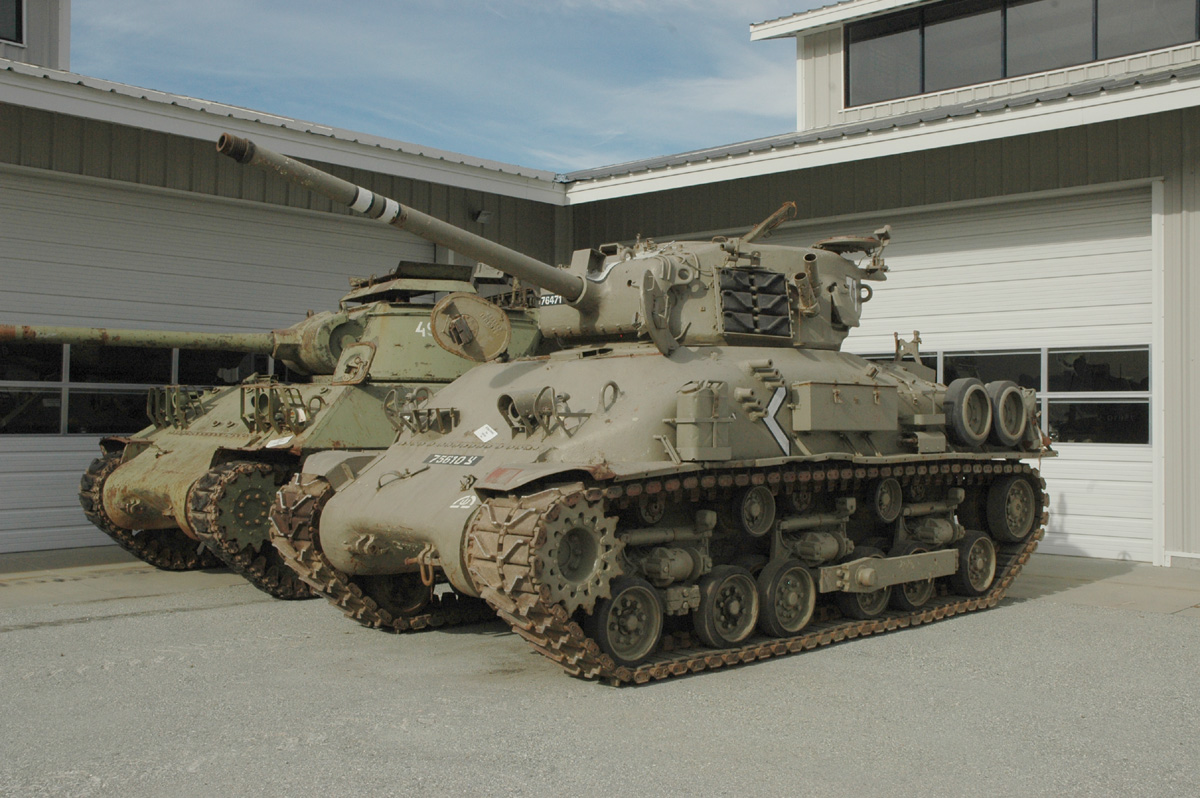
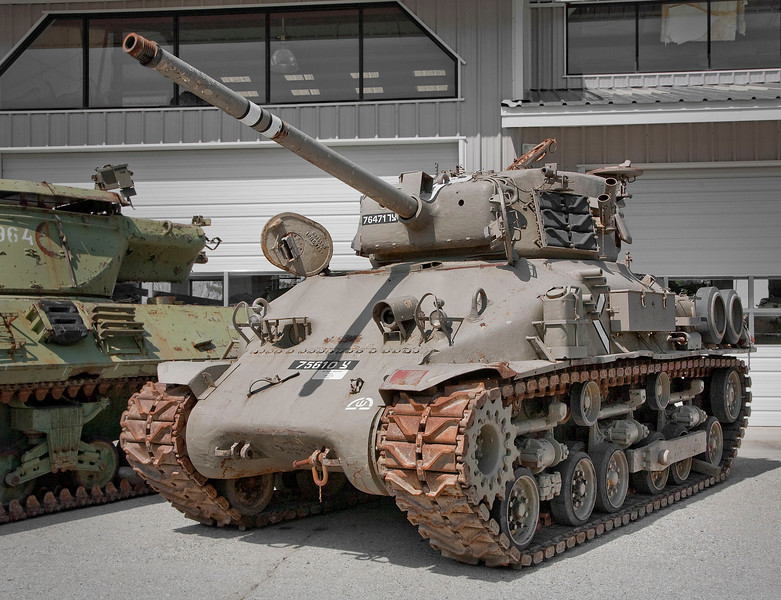
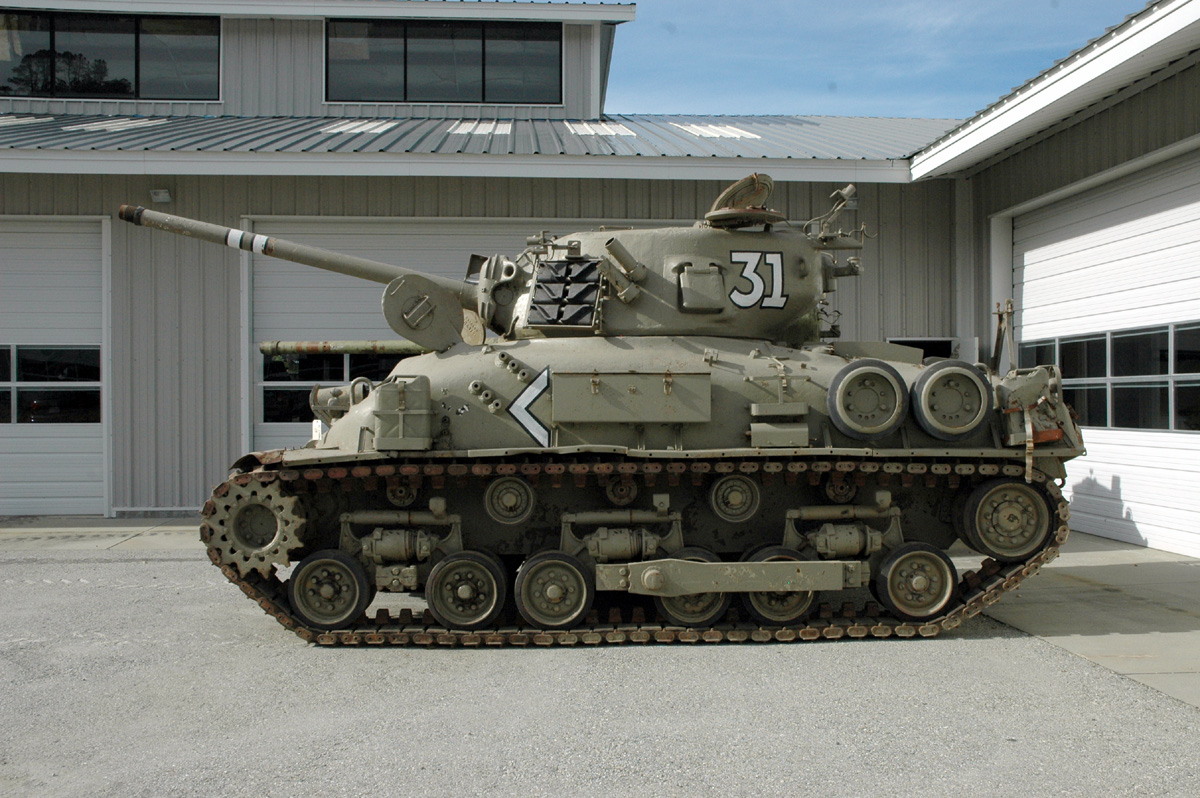

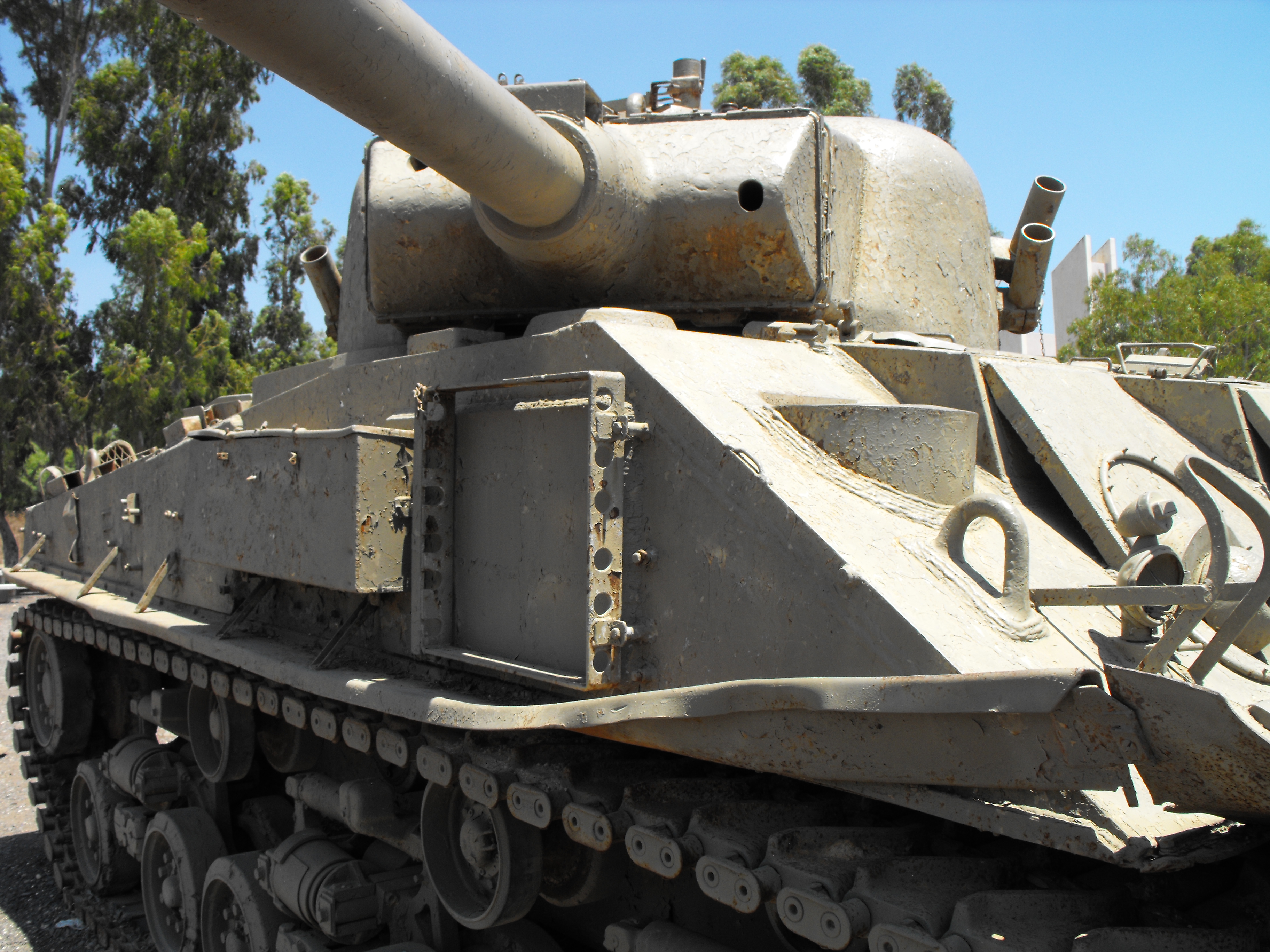
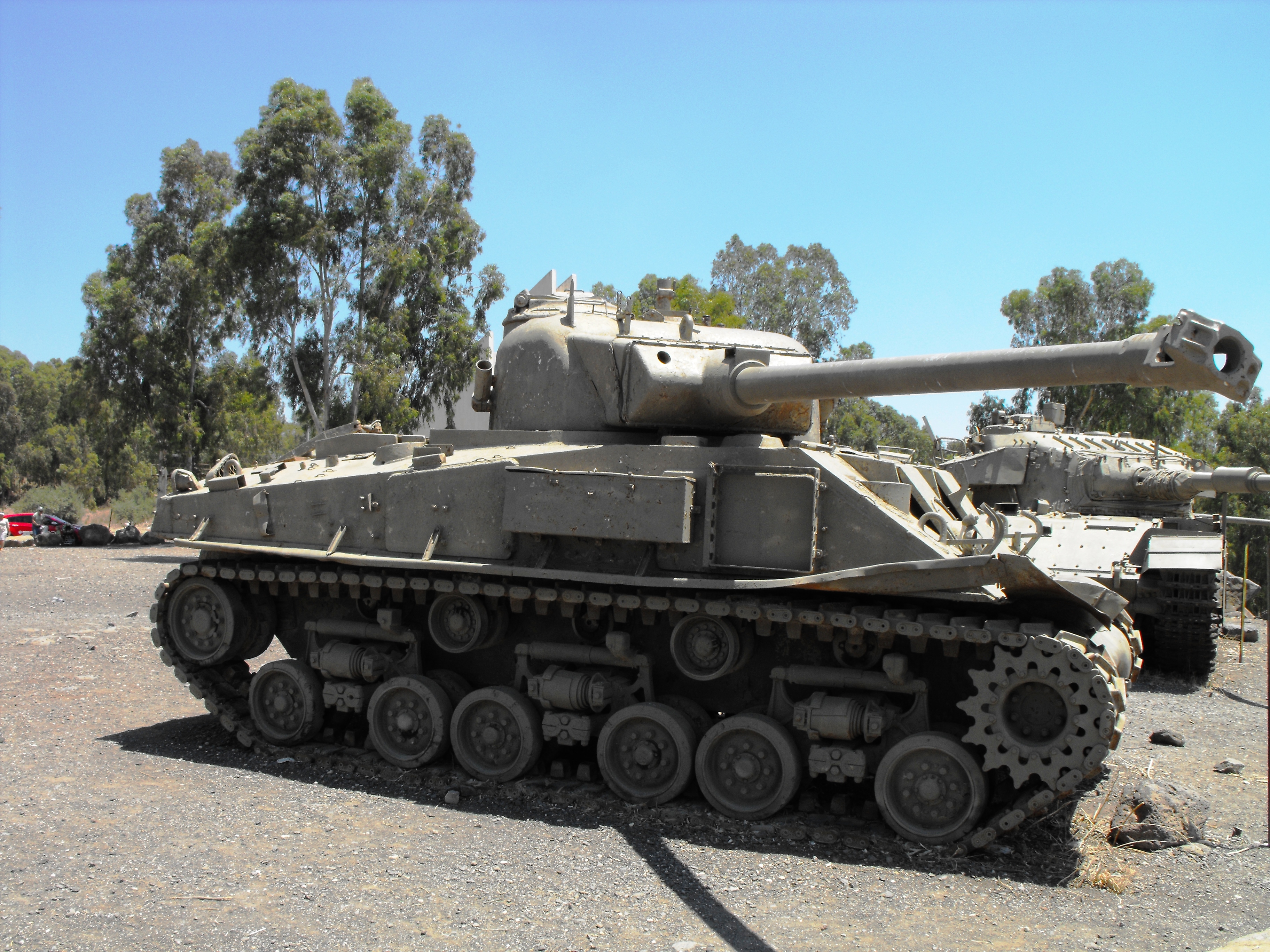
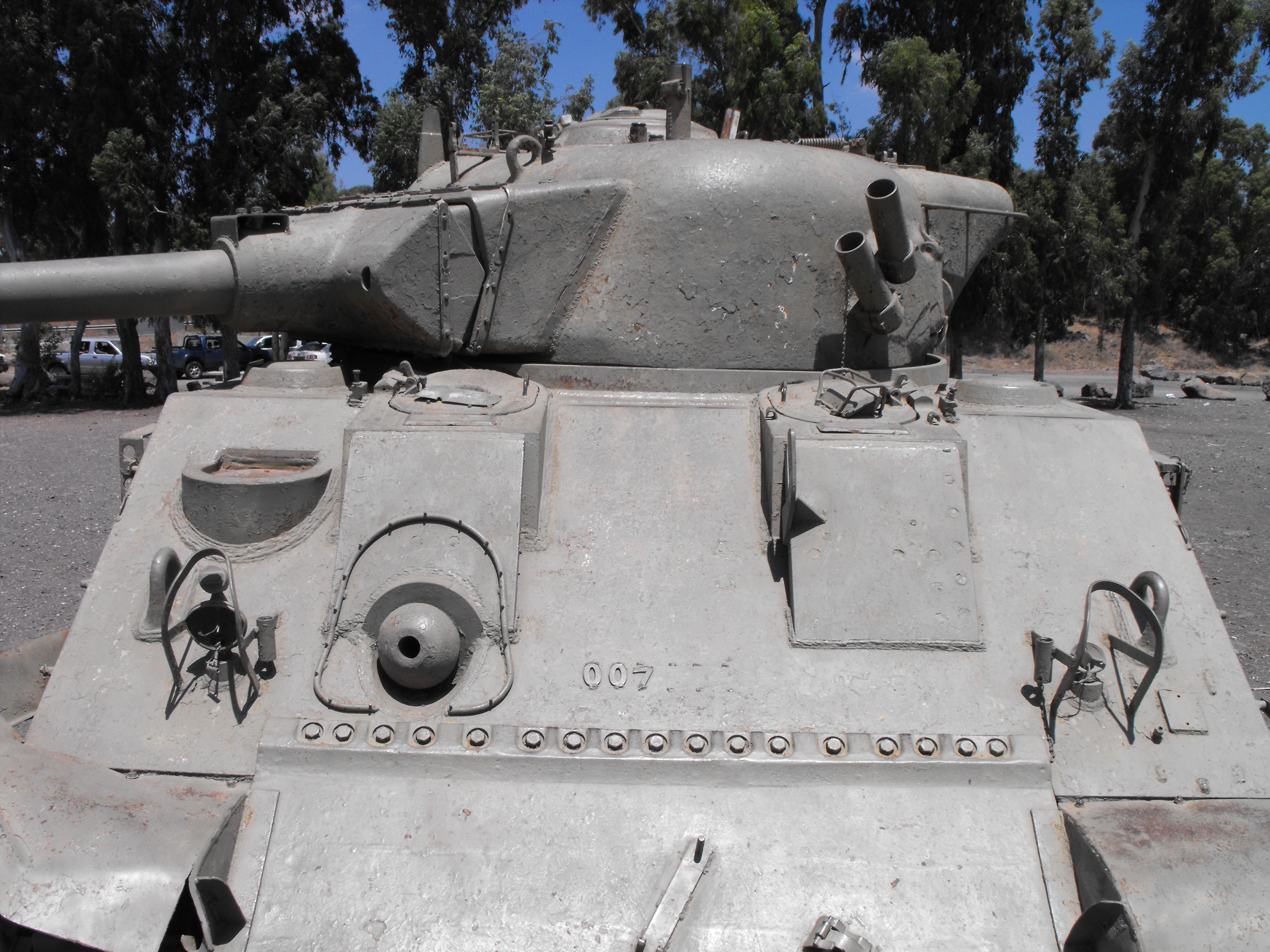
![IDF M50 Super Sherman 75mm [LIMITED to 500px]](https://www.theshermantank.com/wp-content/uploads/2015/12/IDF-M50-Super-Sherman-75mm-LIMITED-to-500px.jpg)
